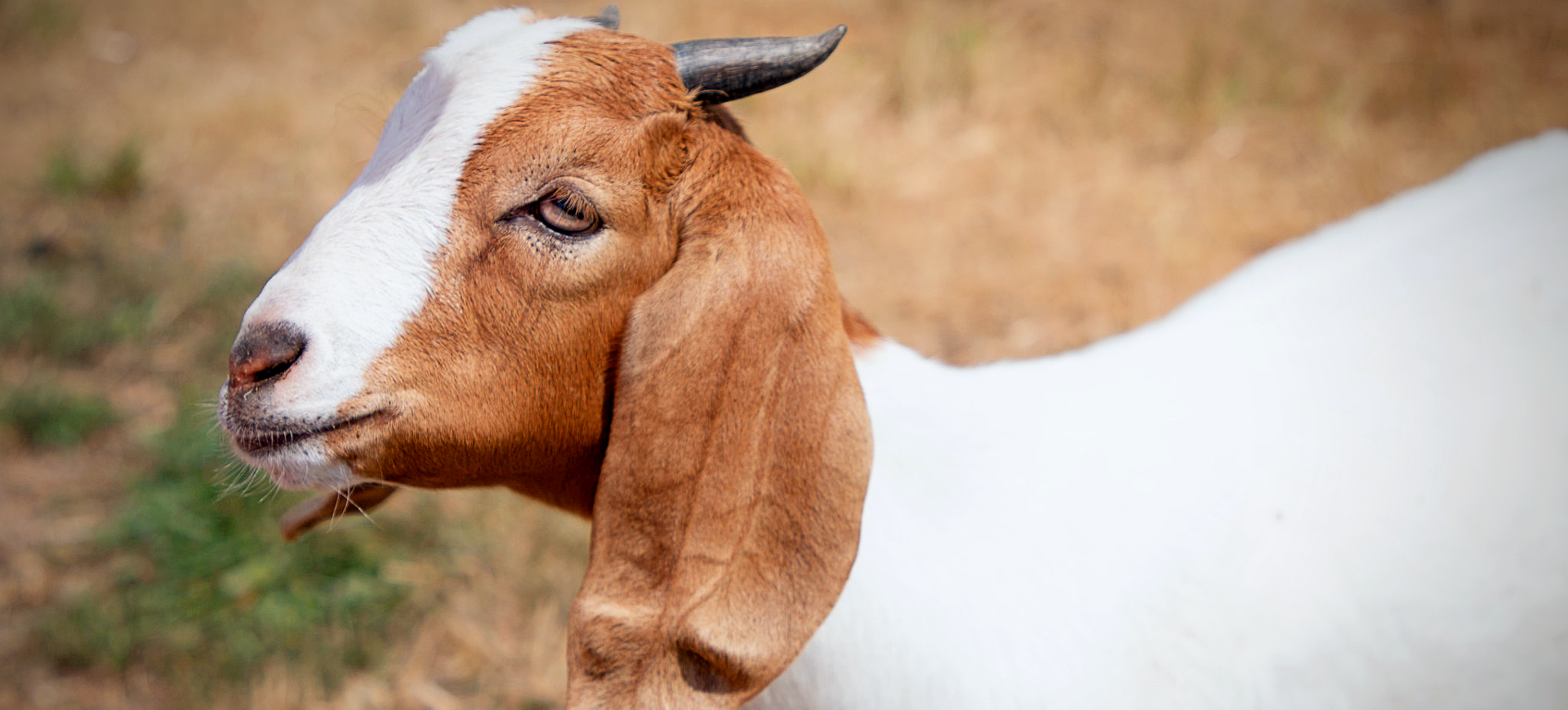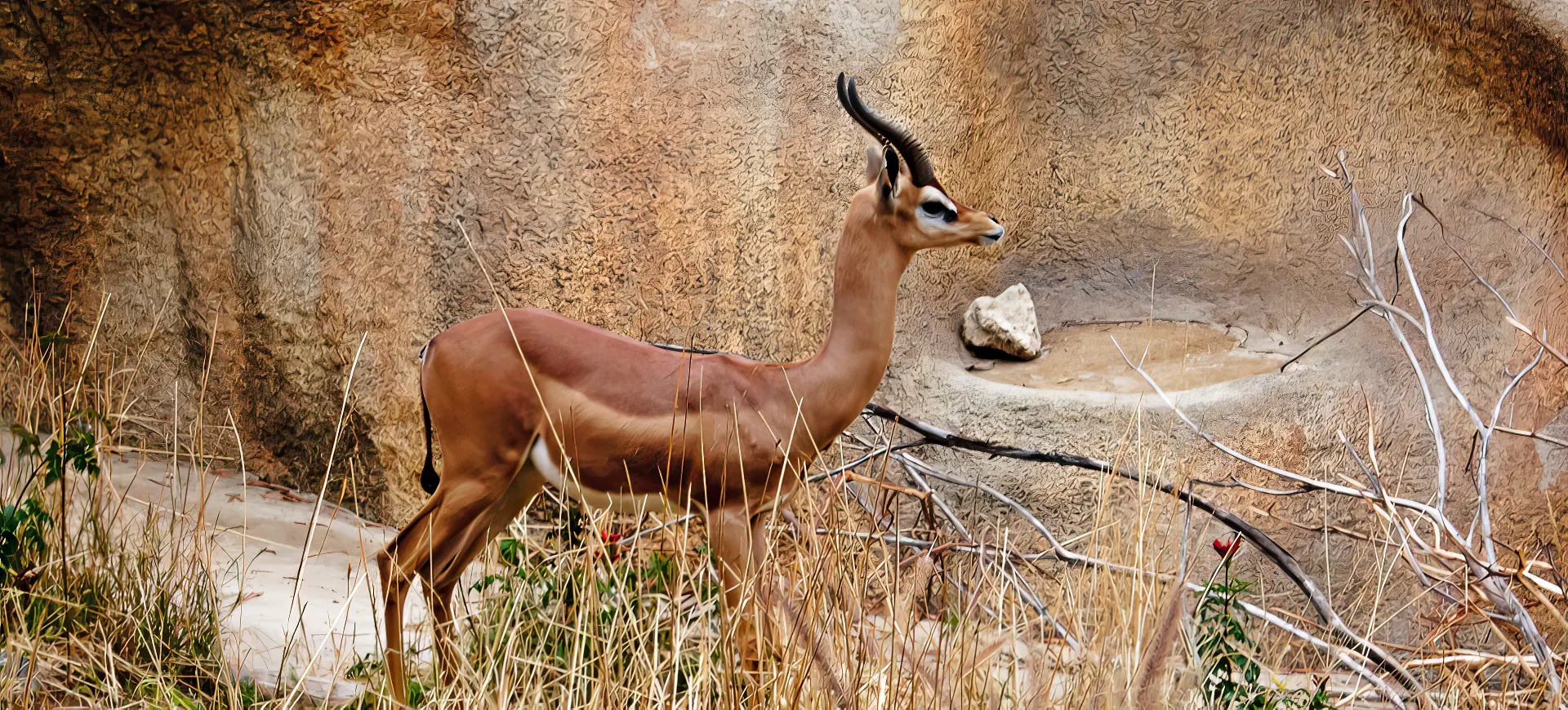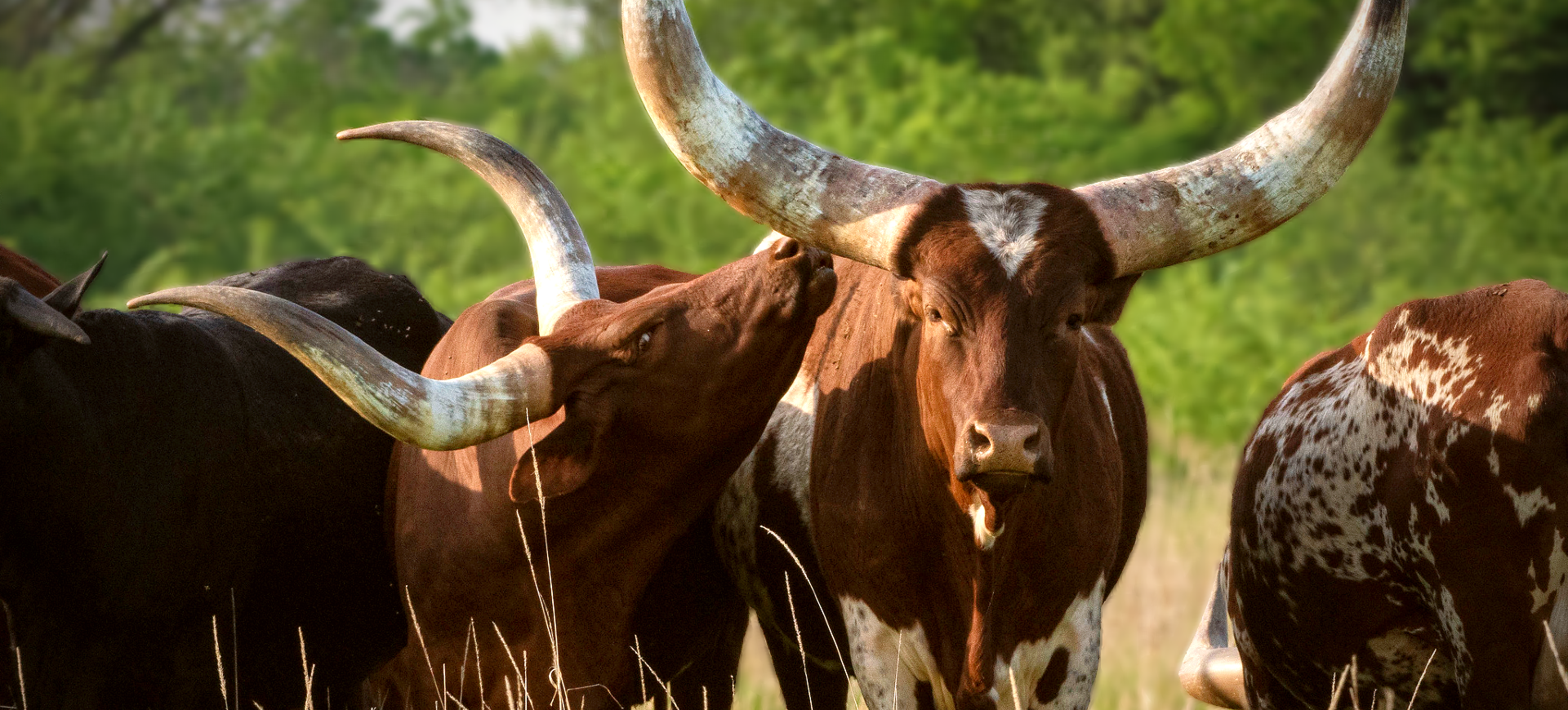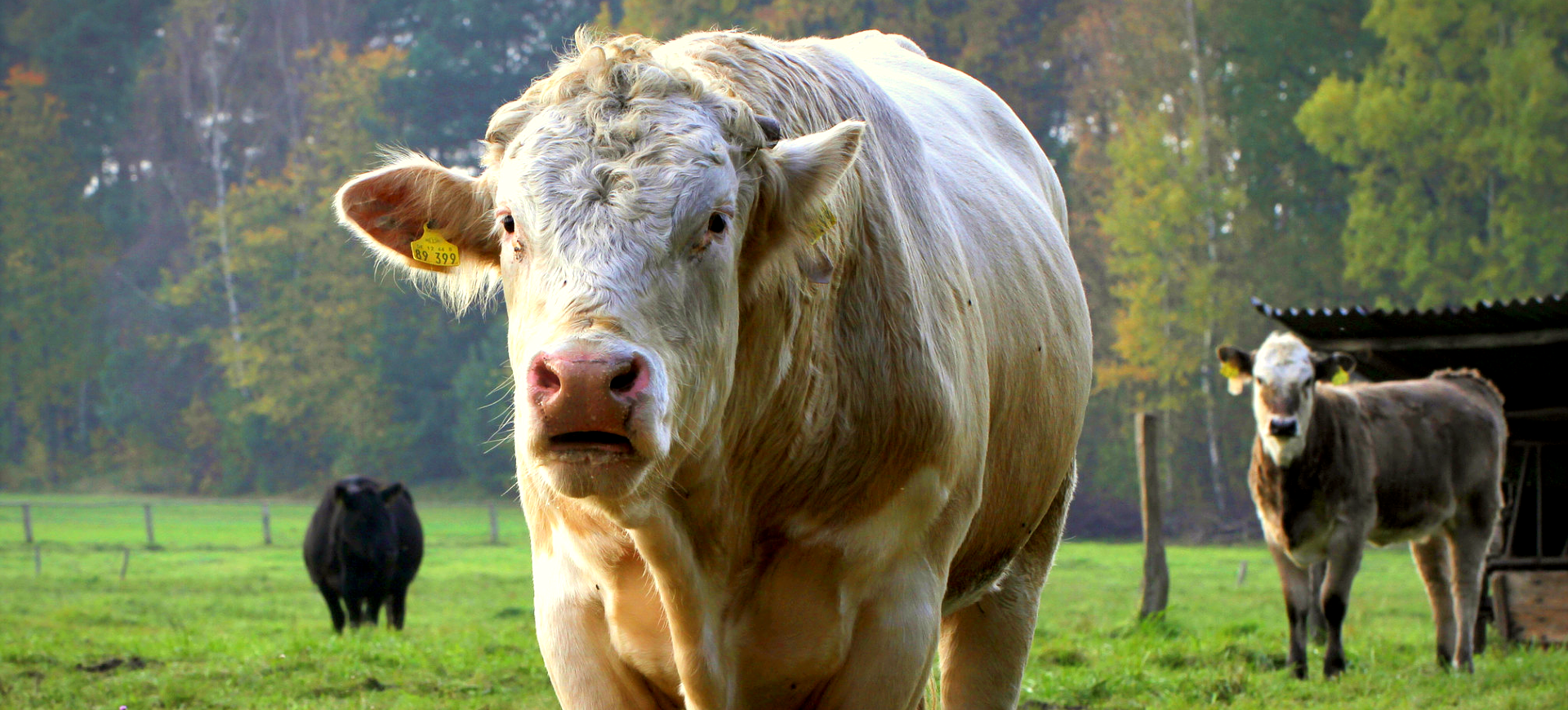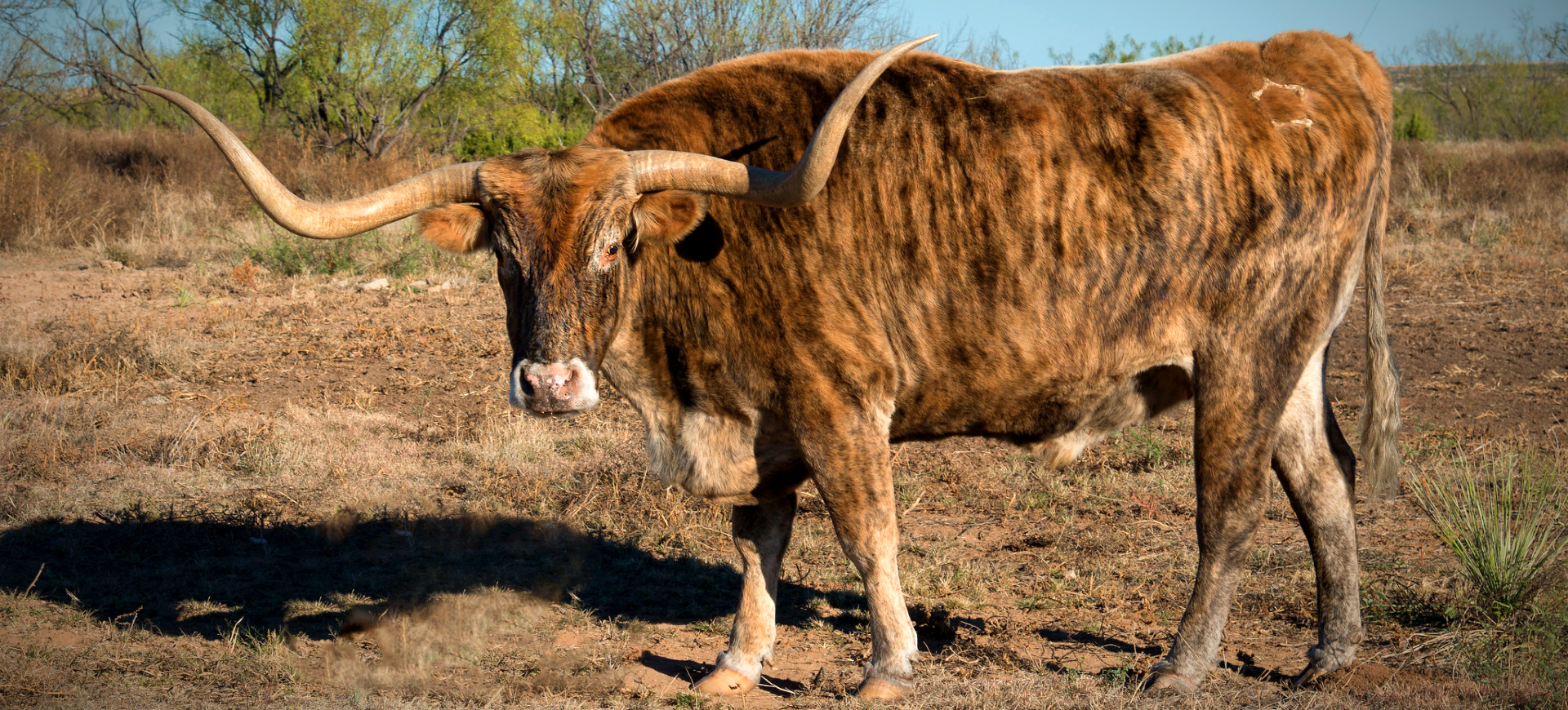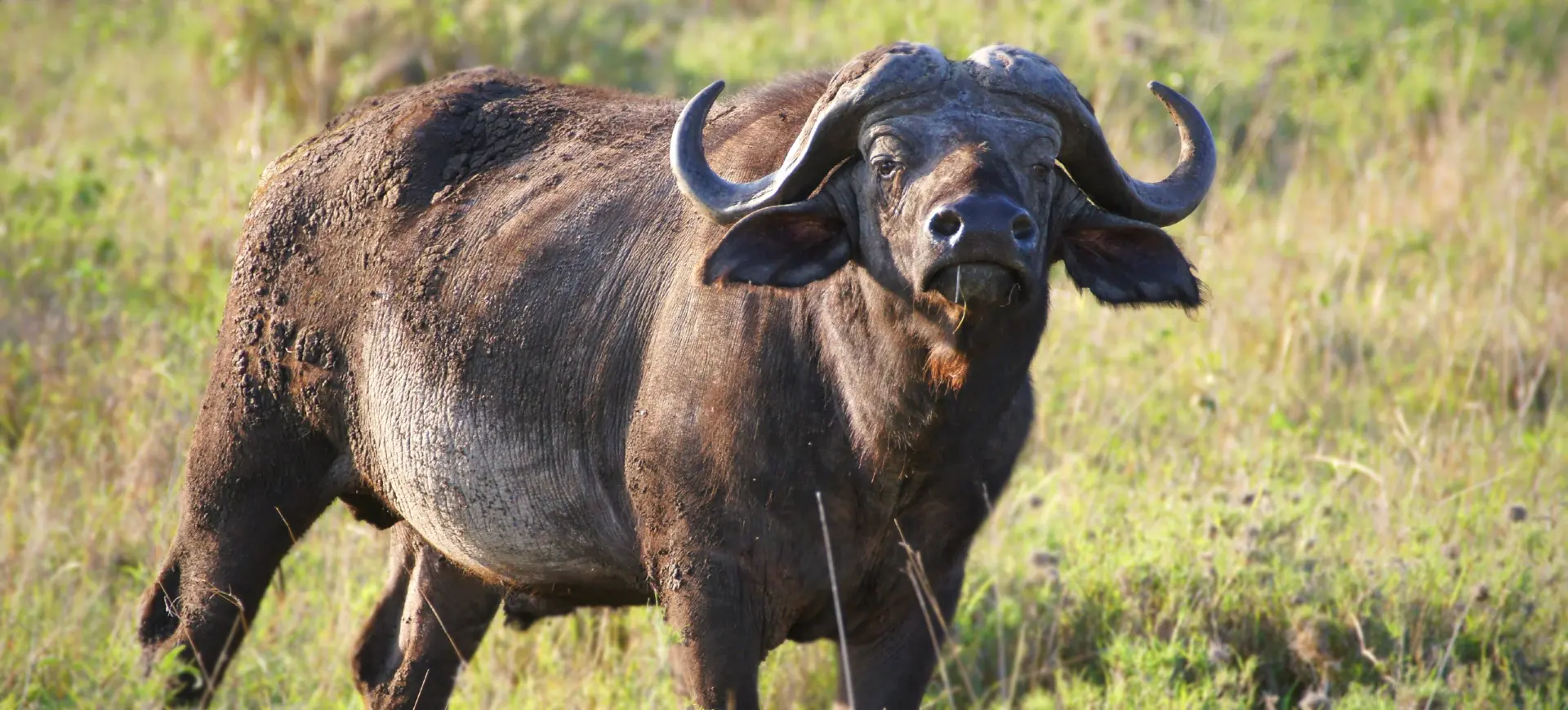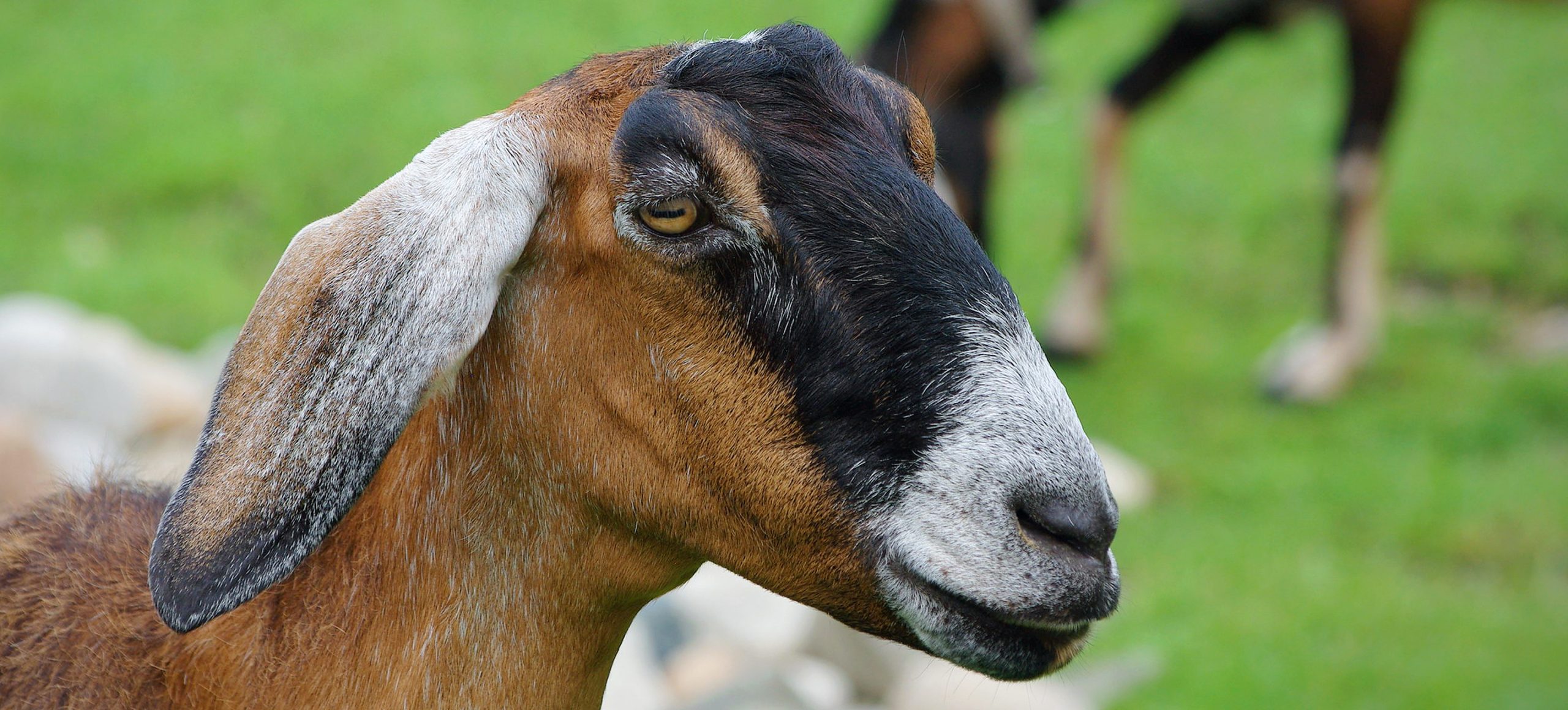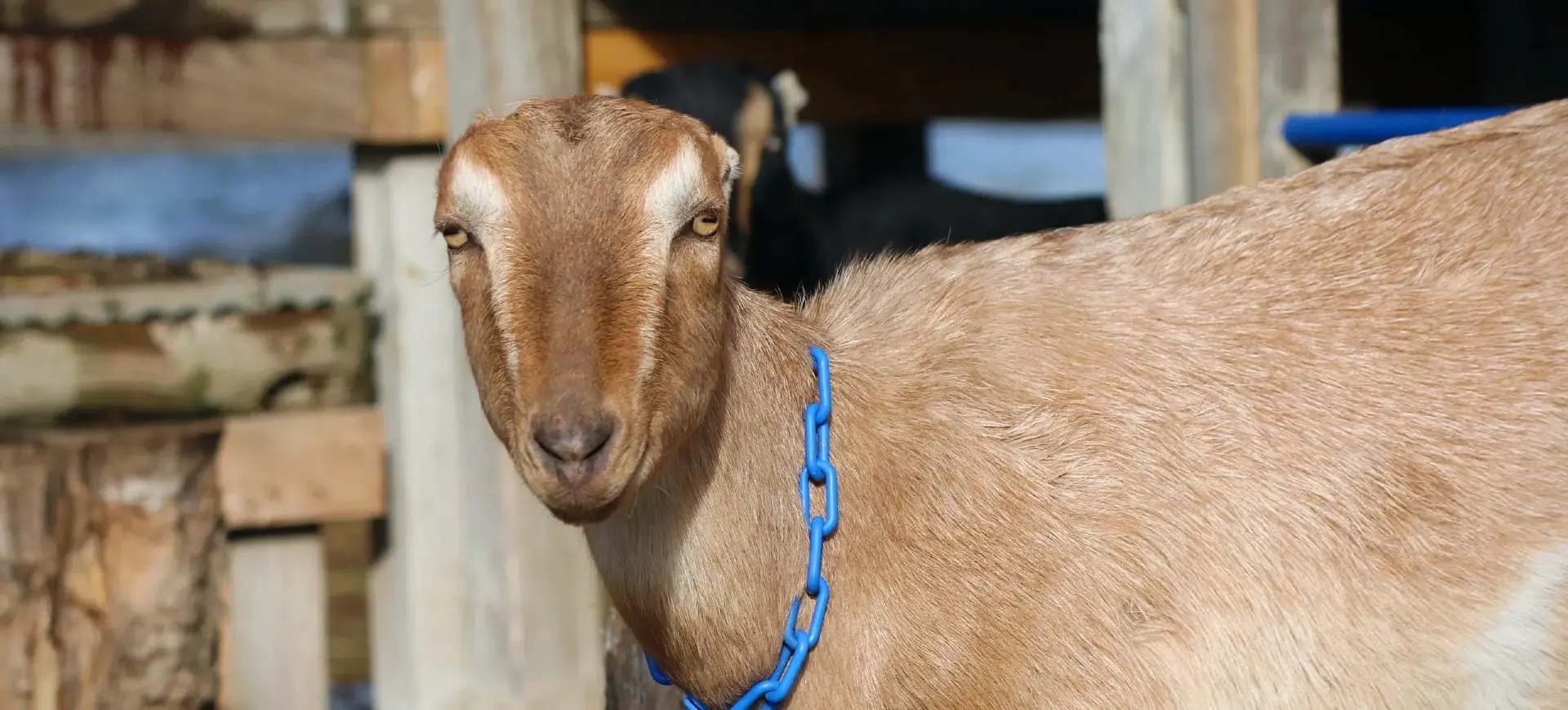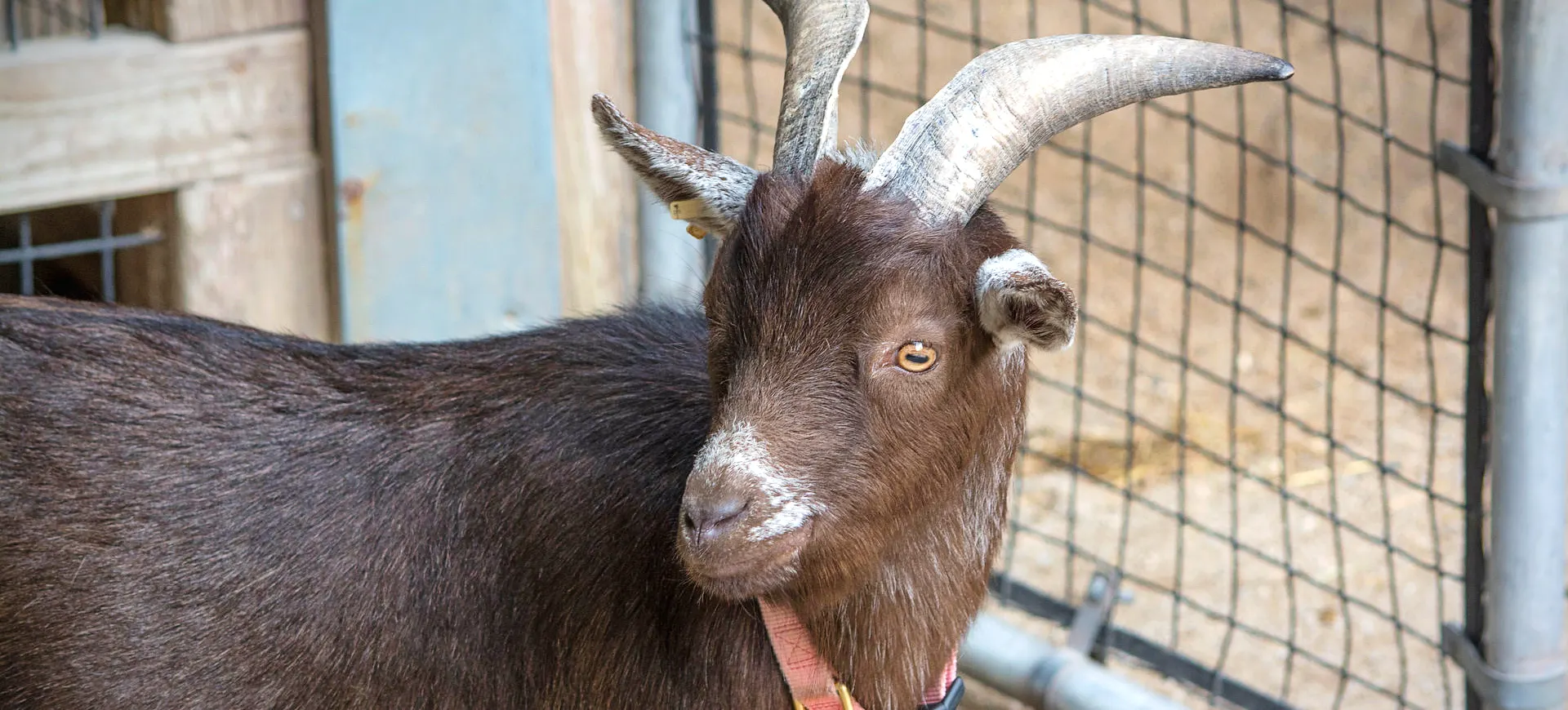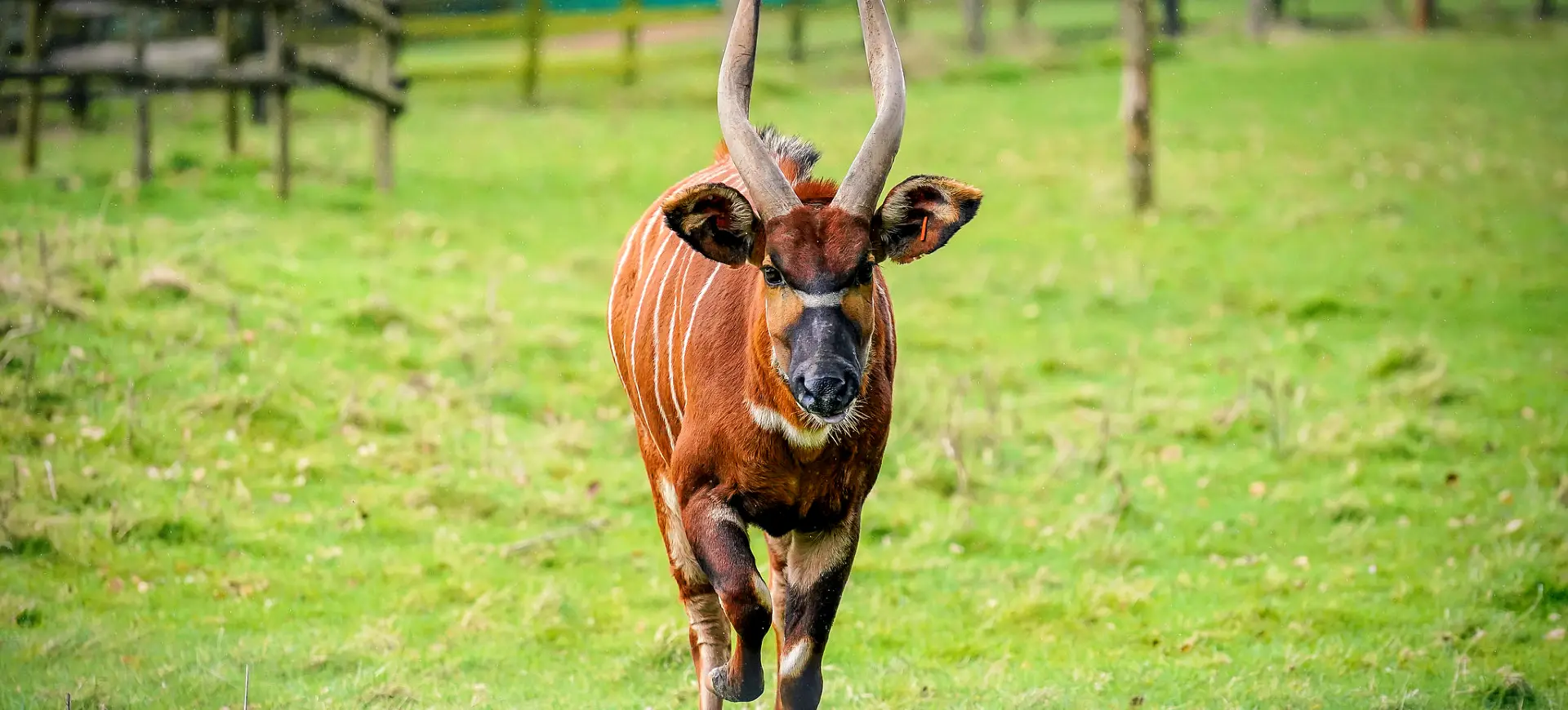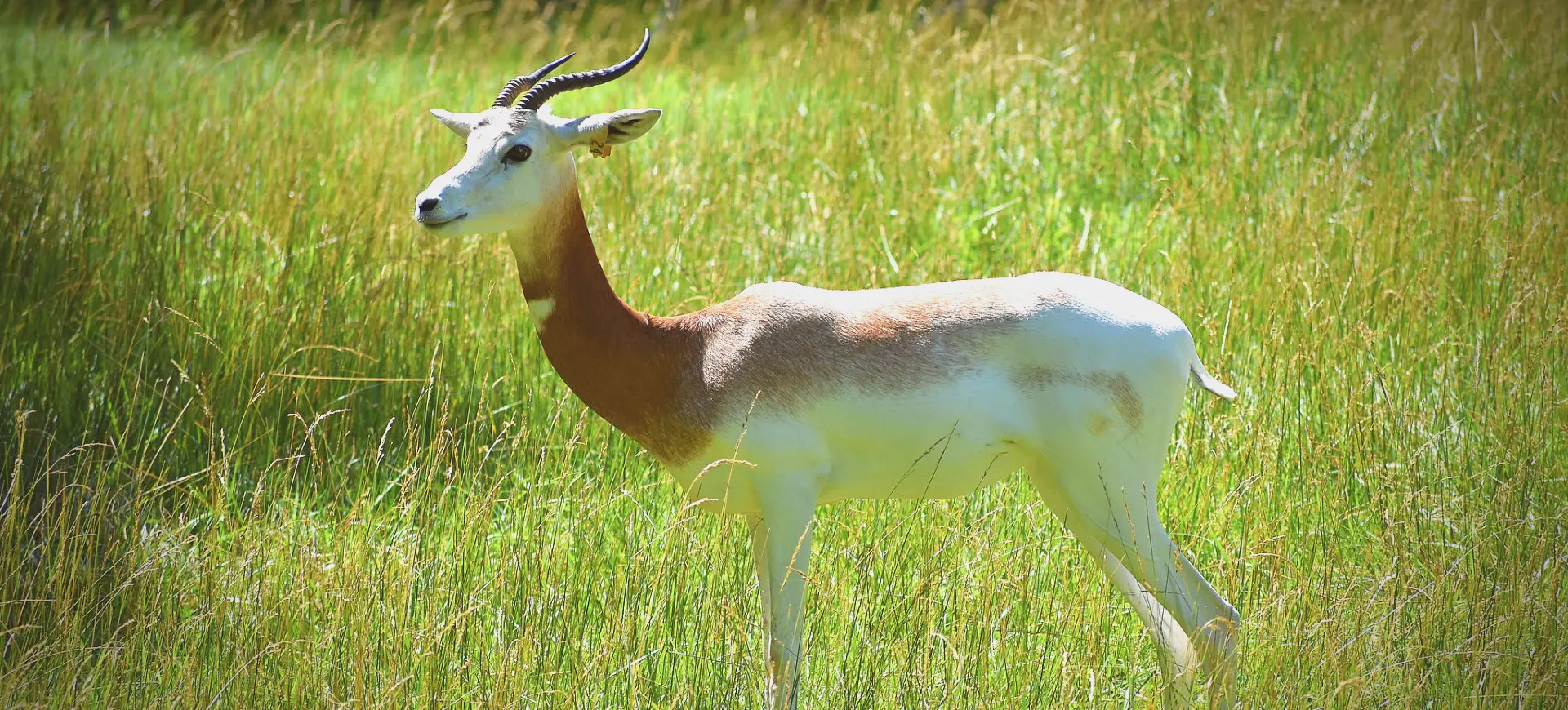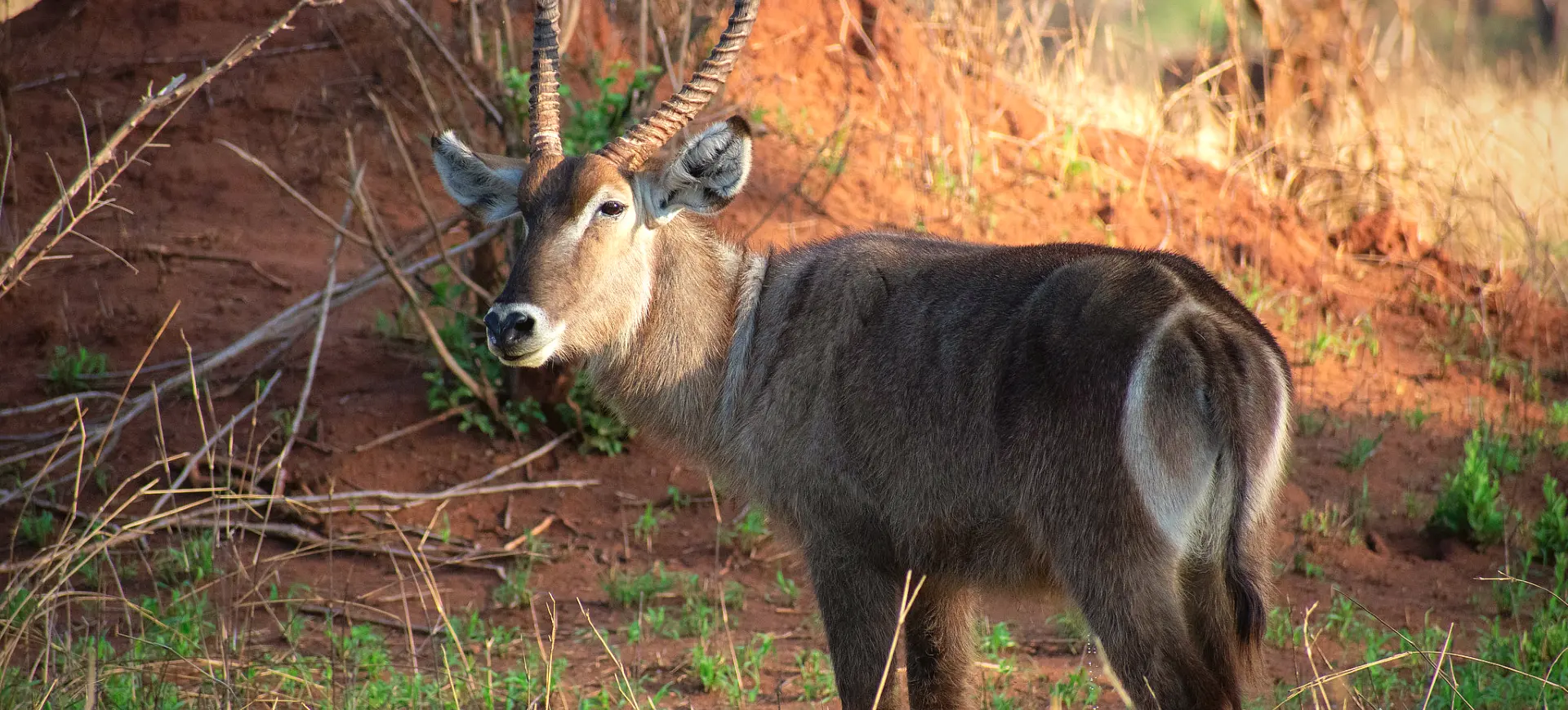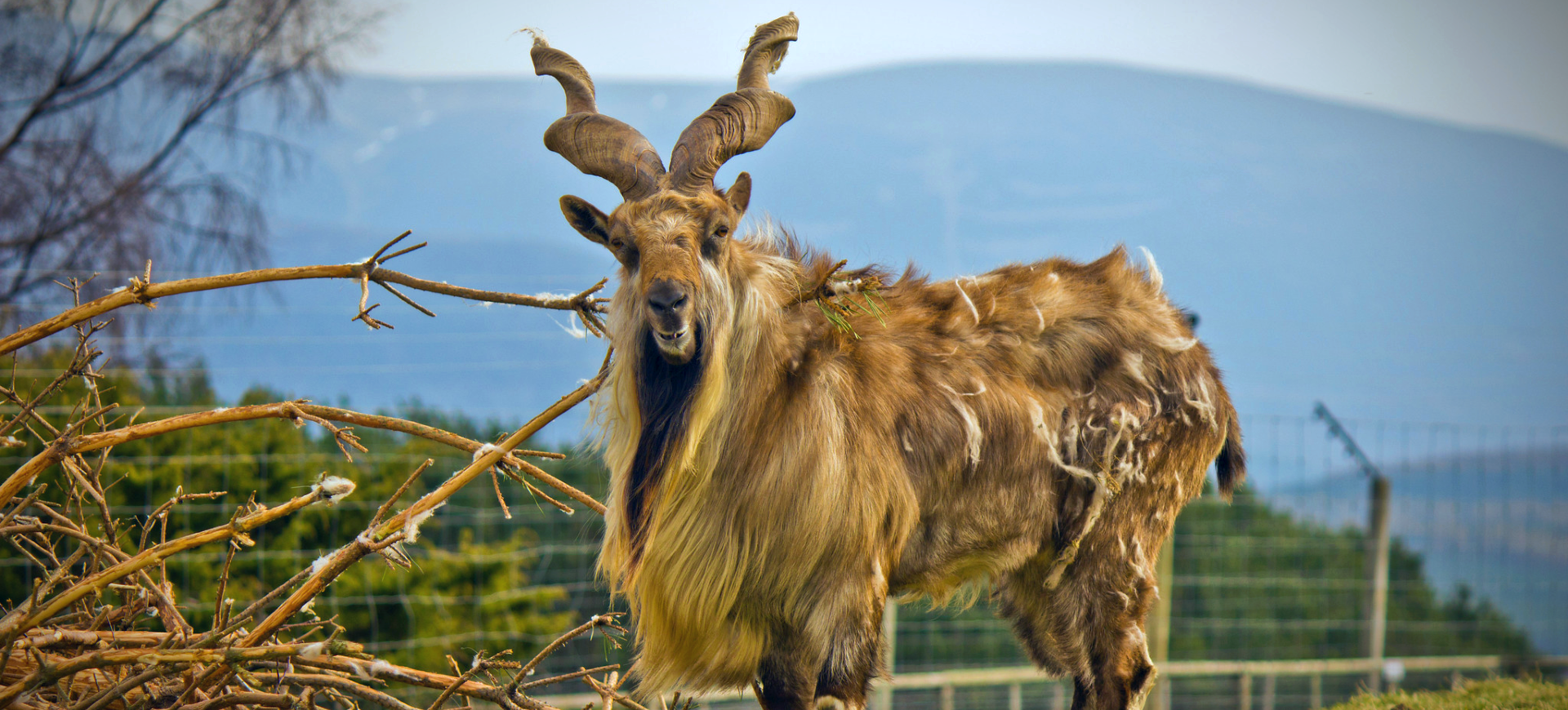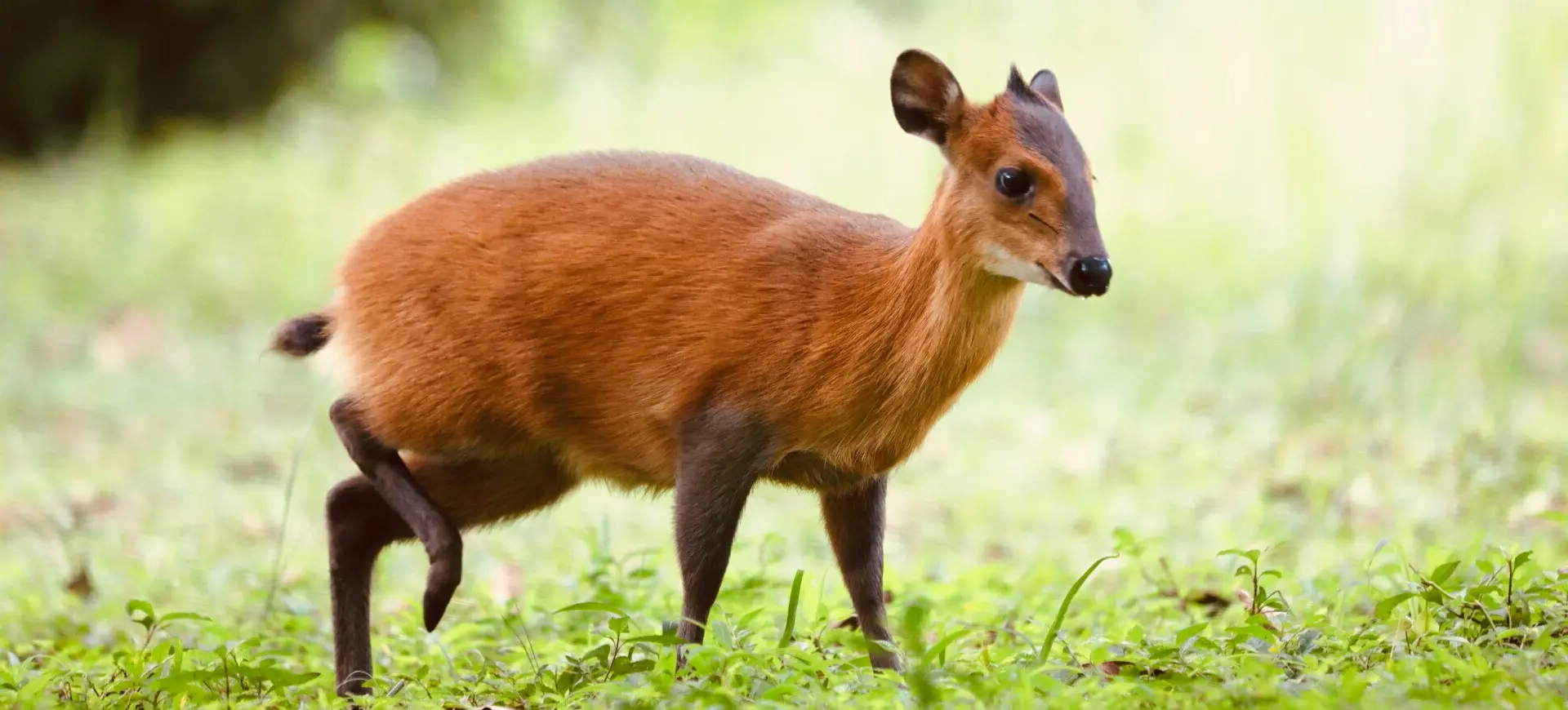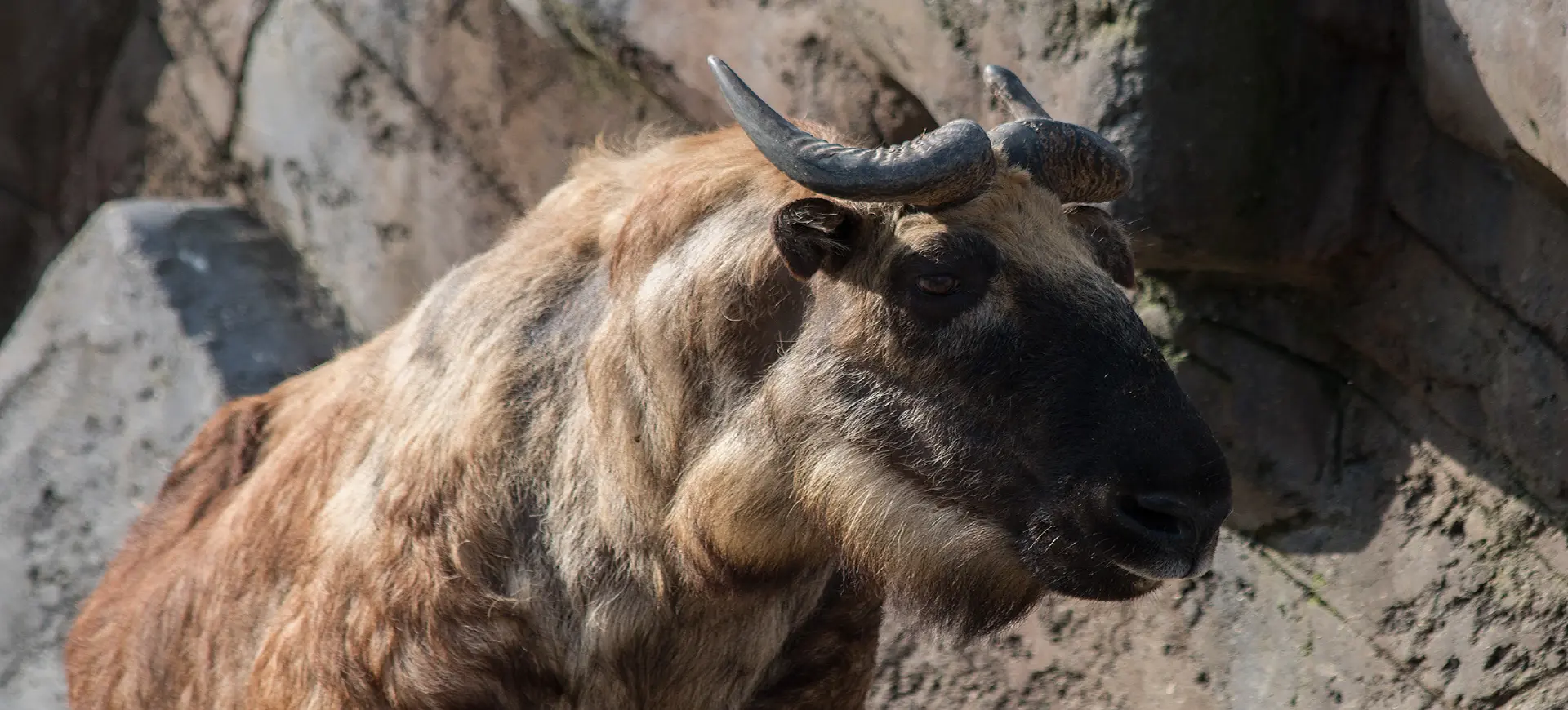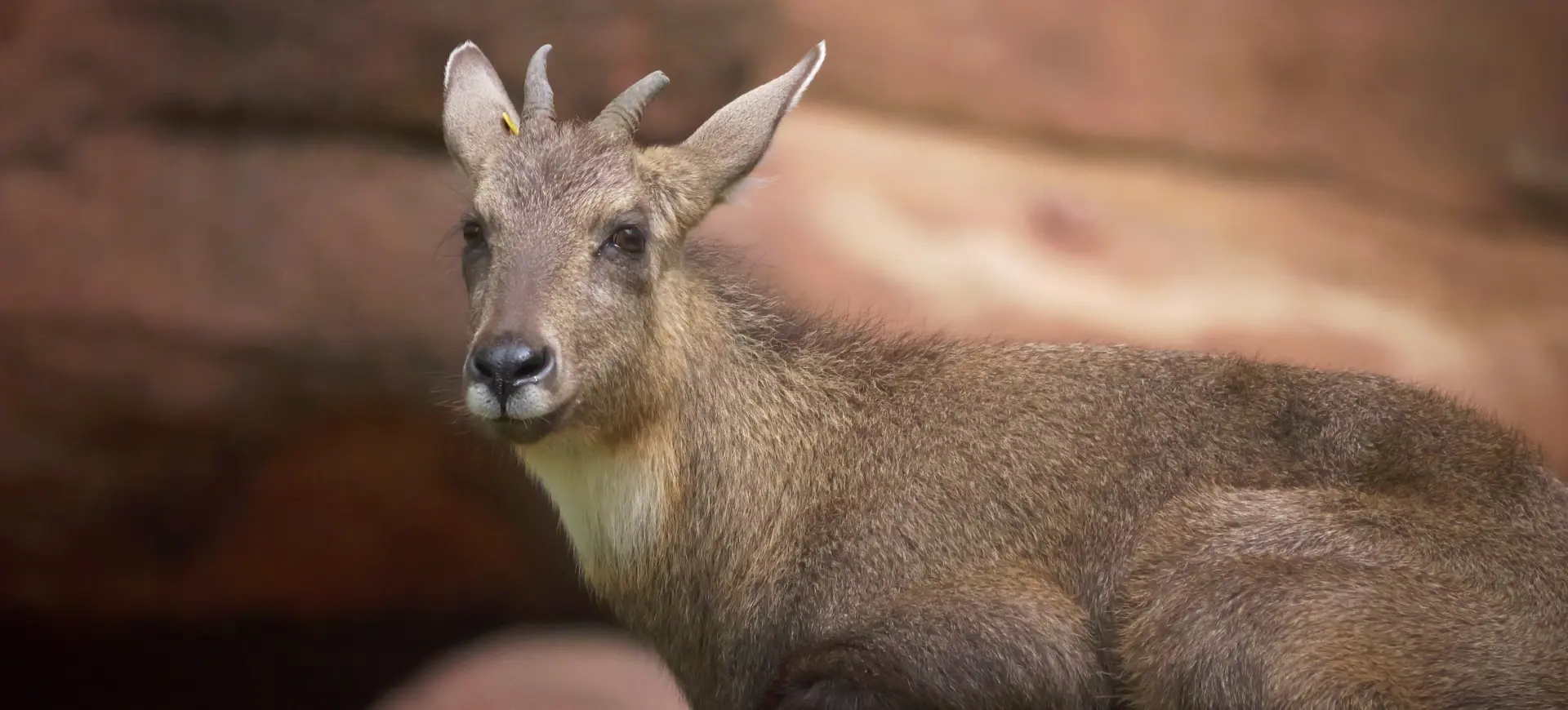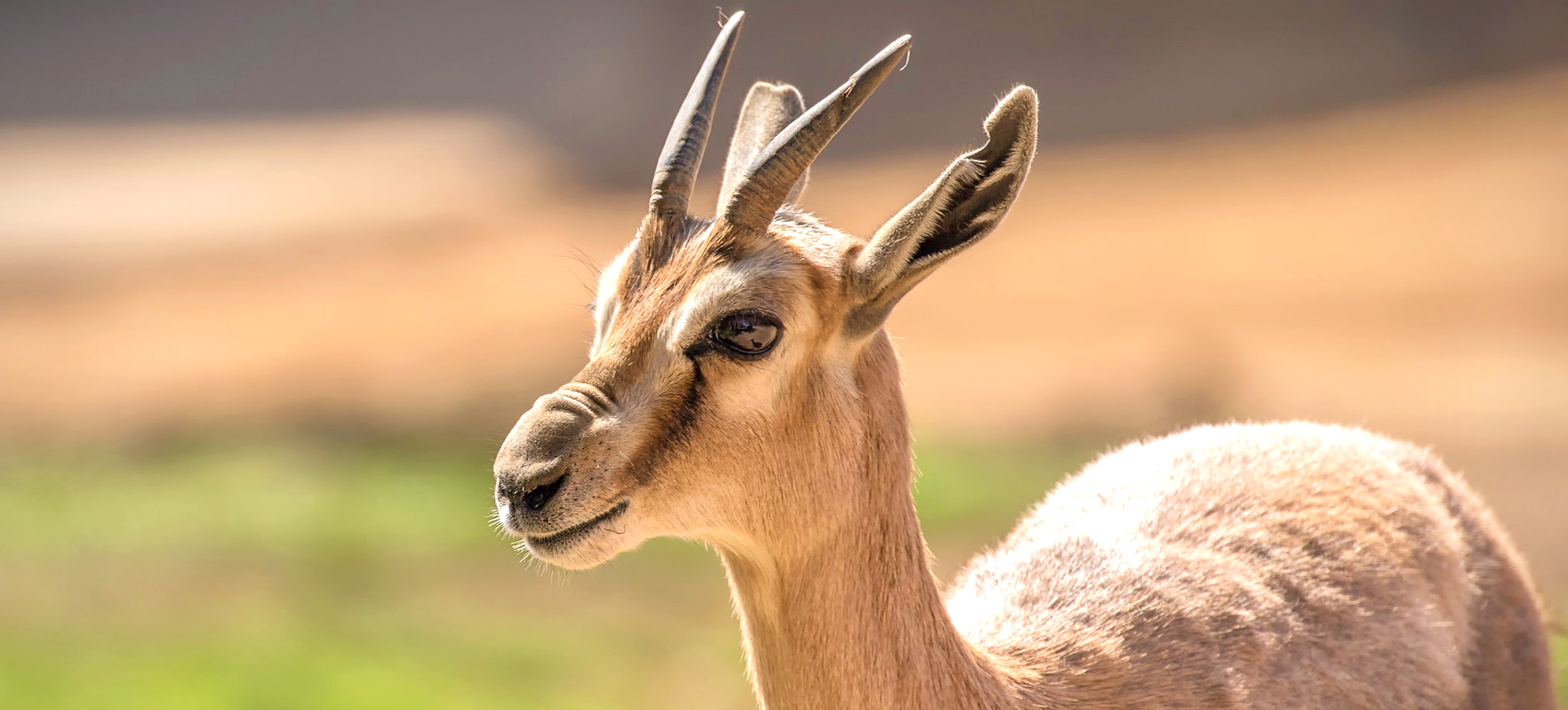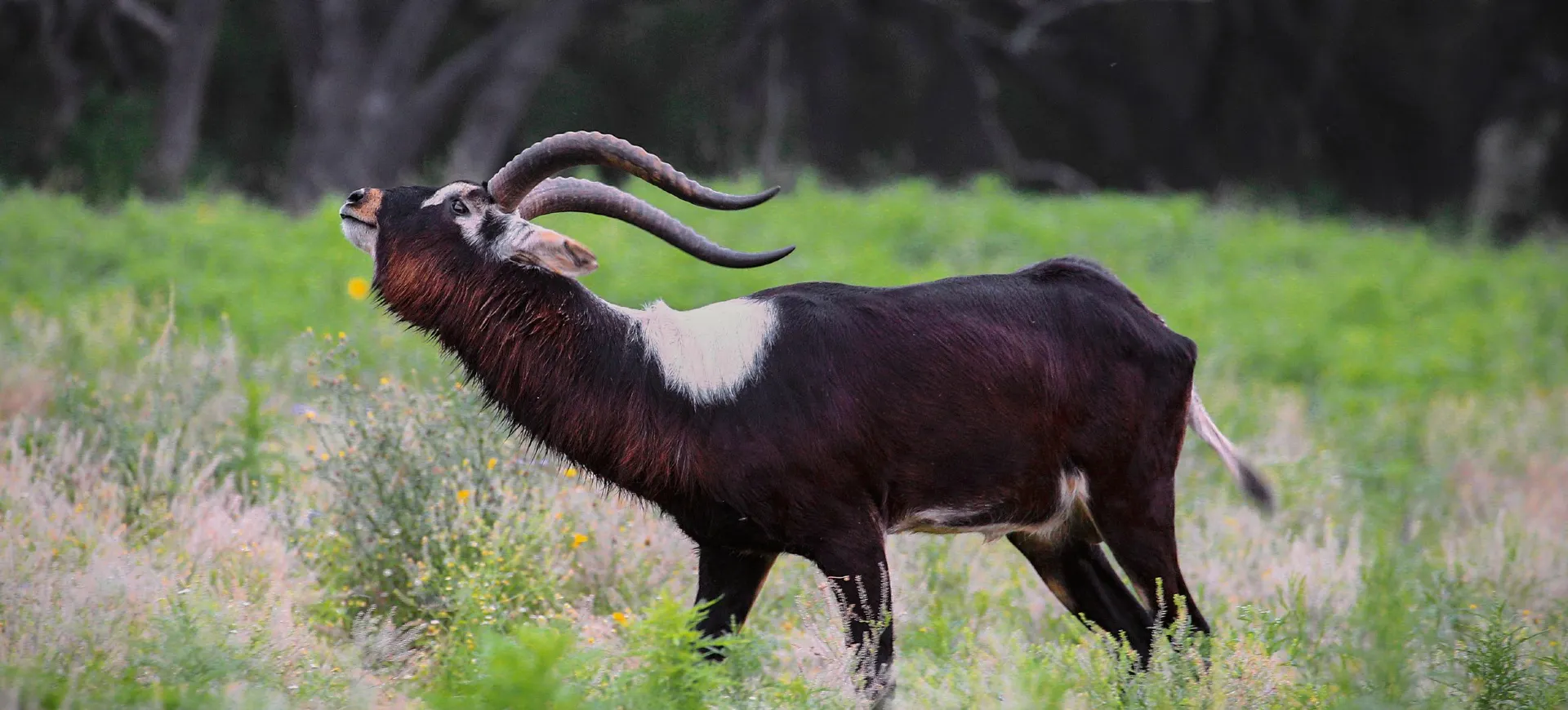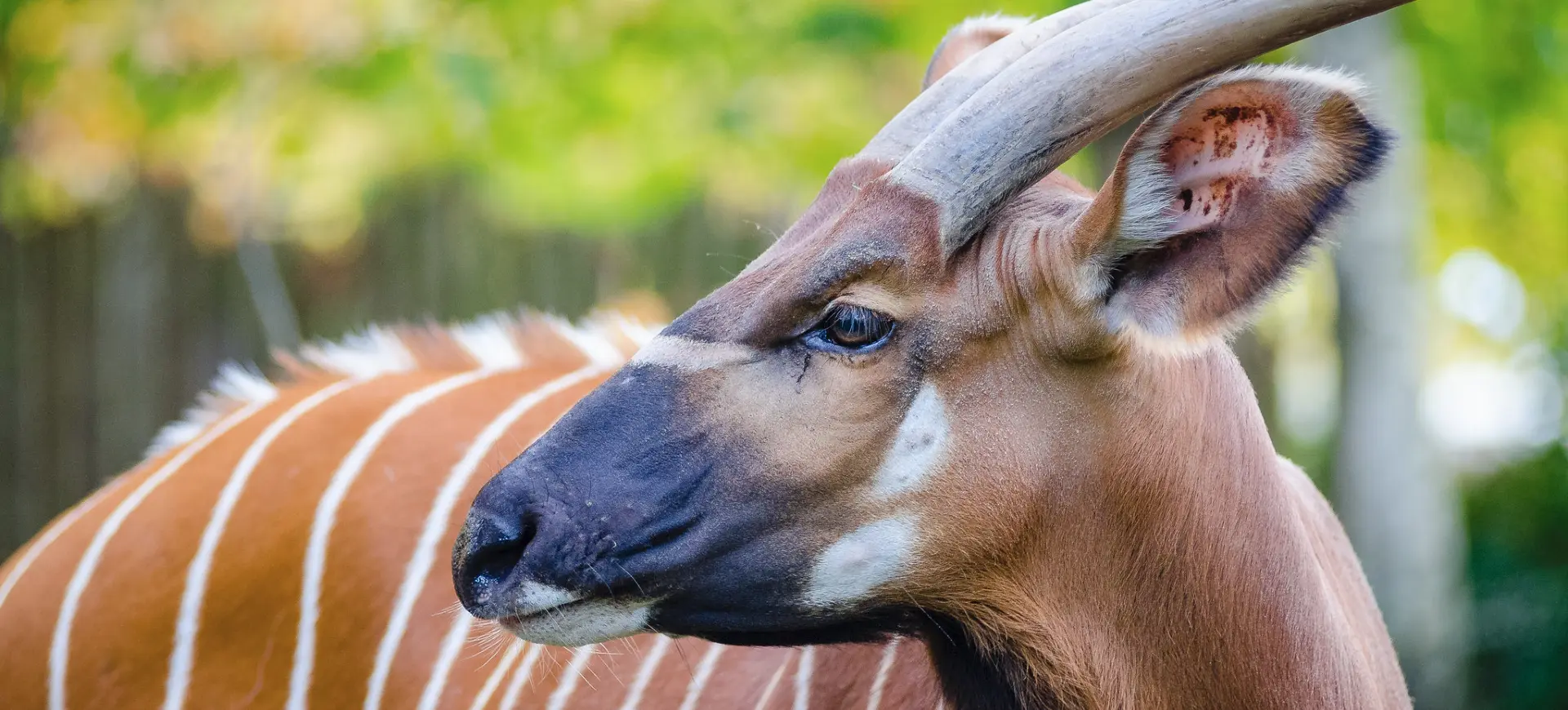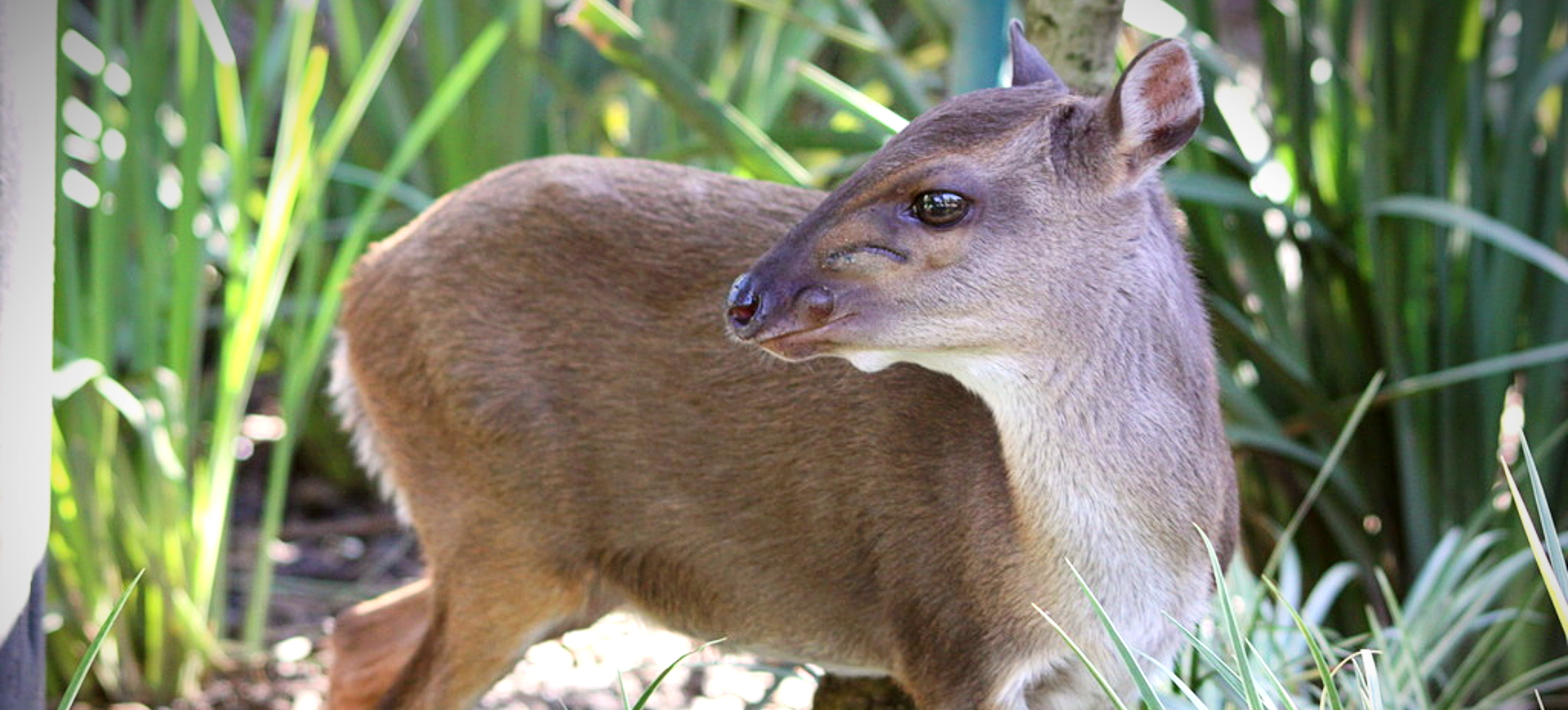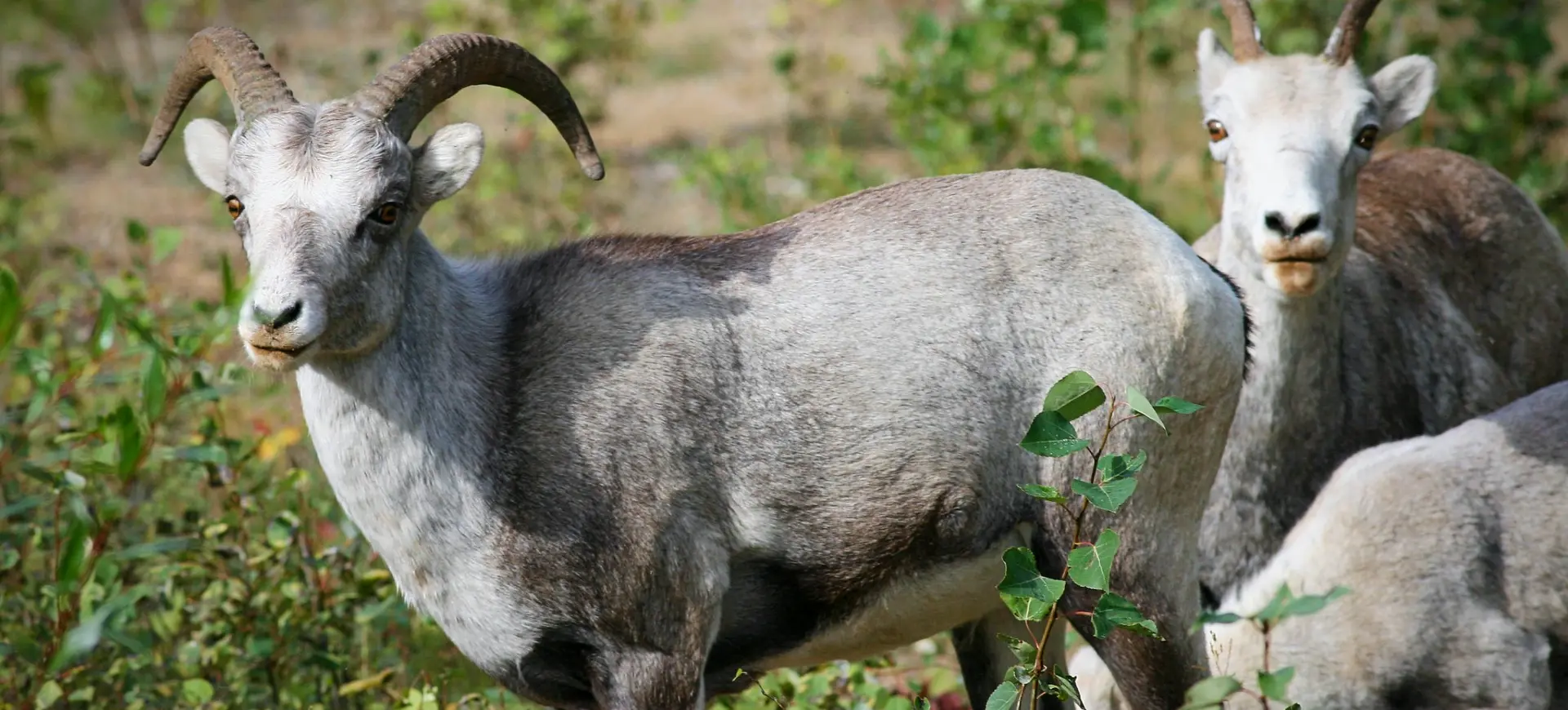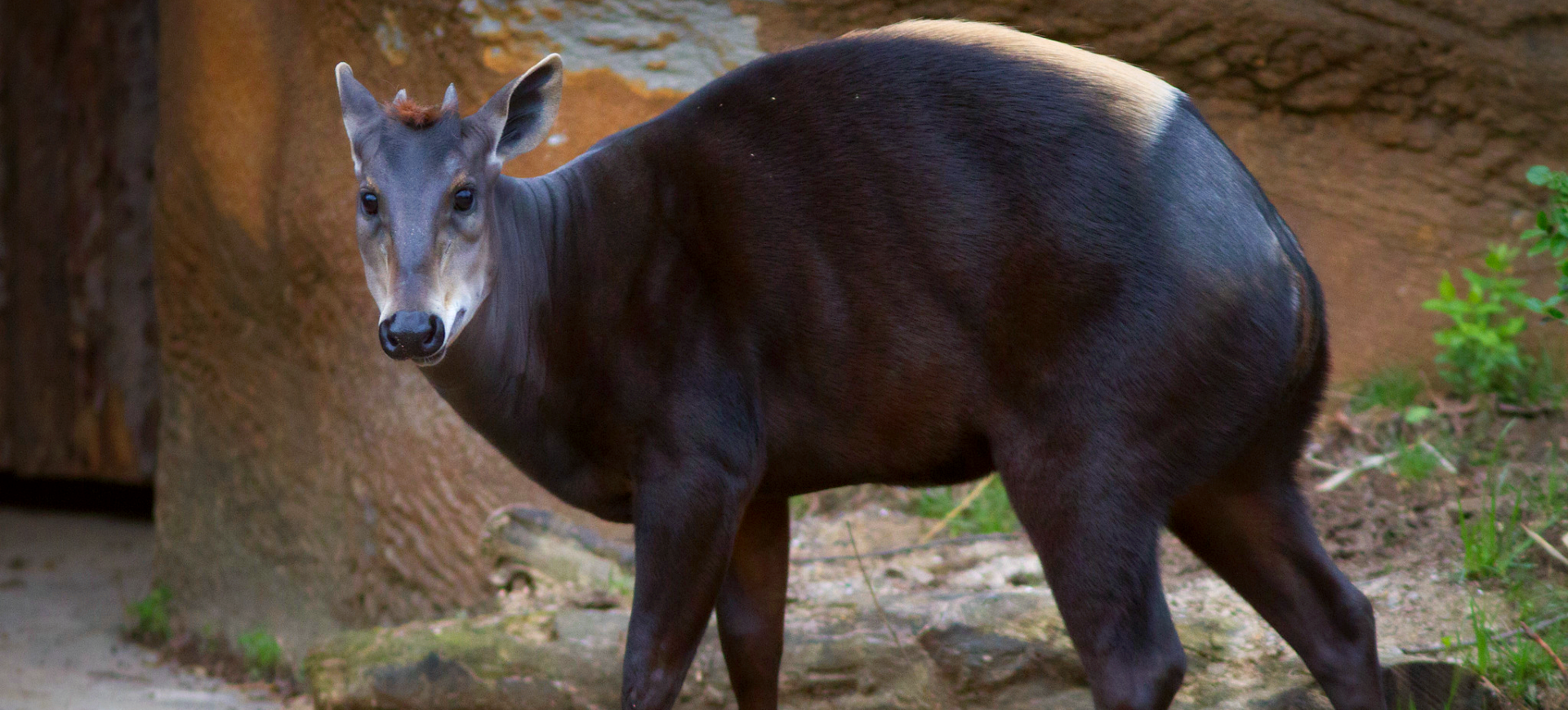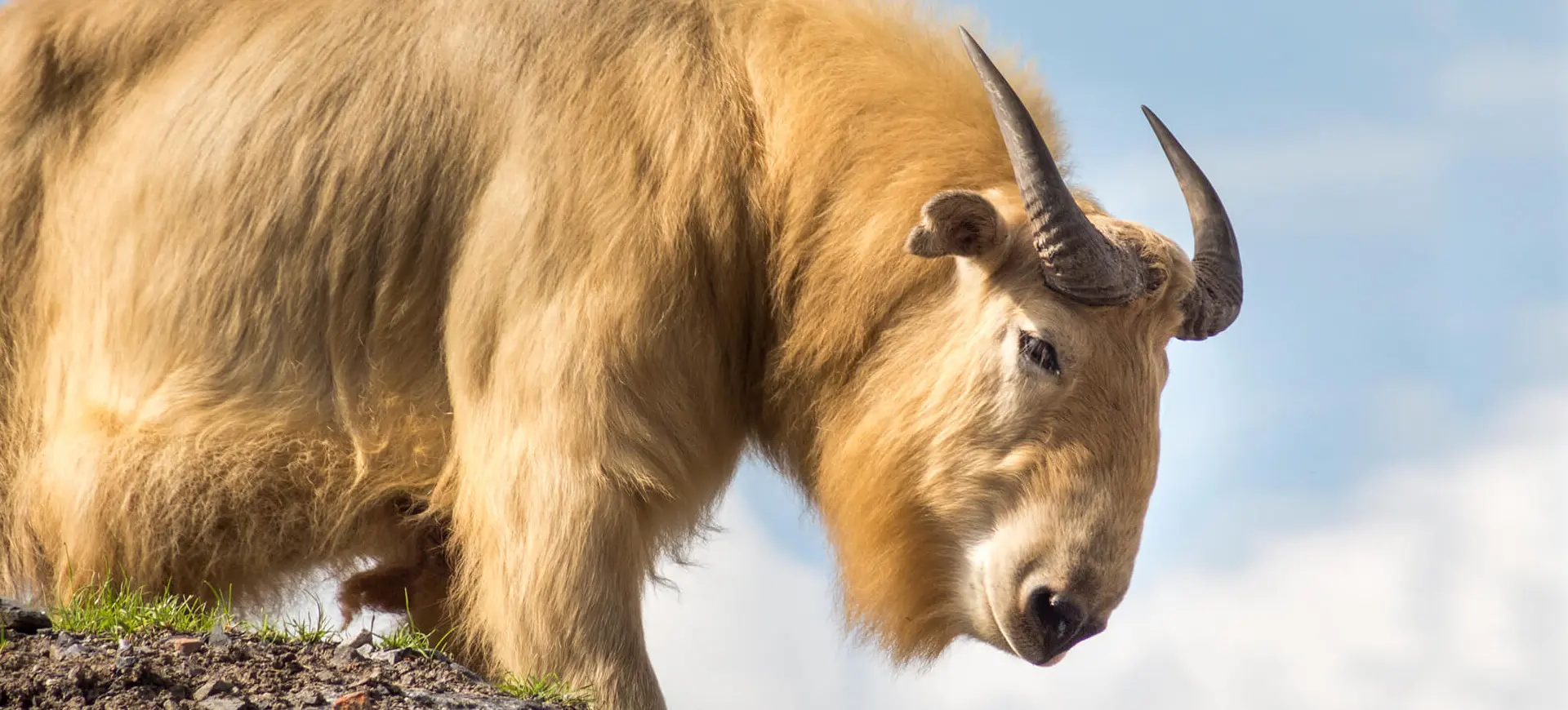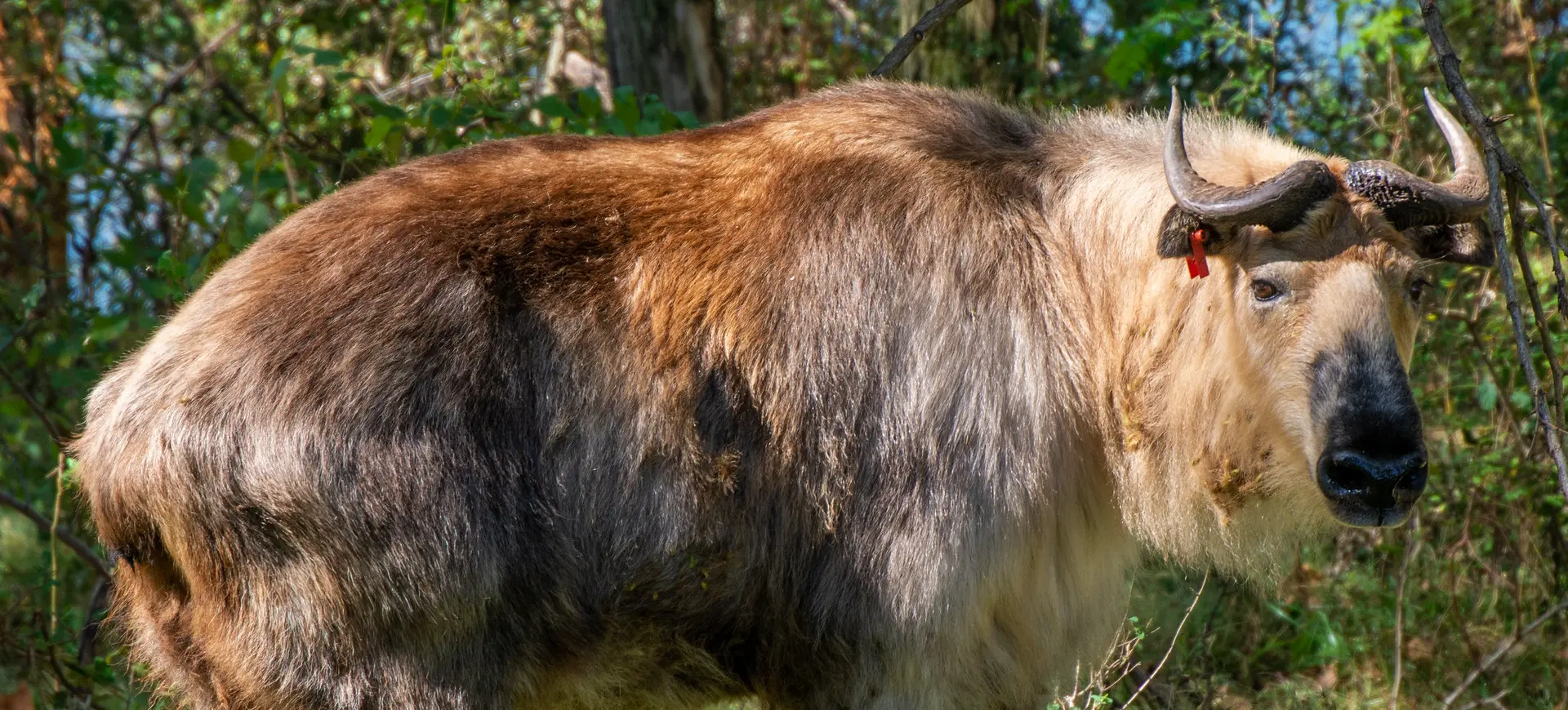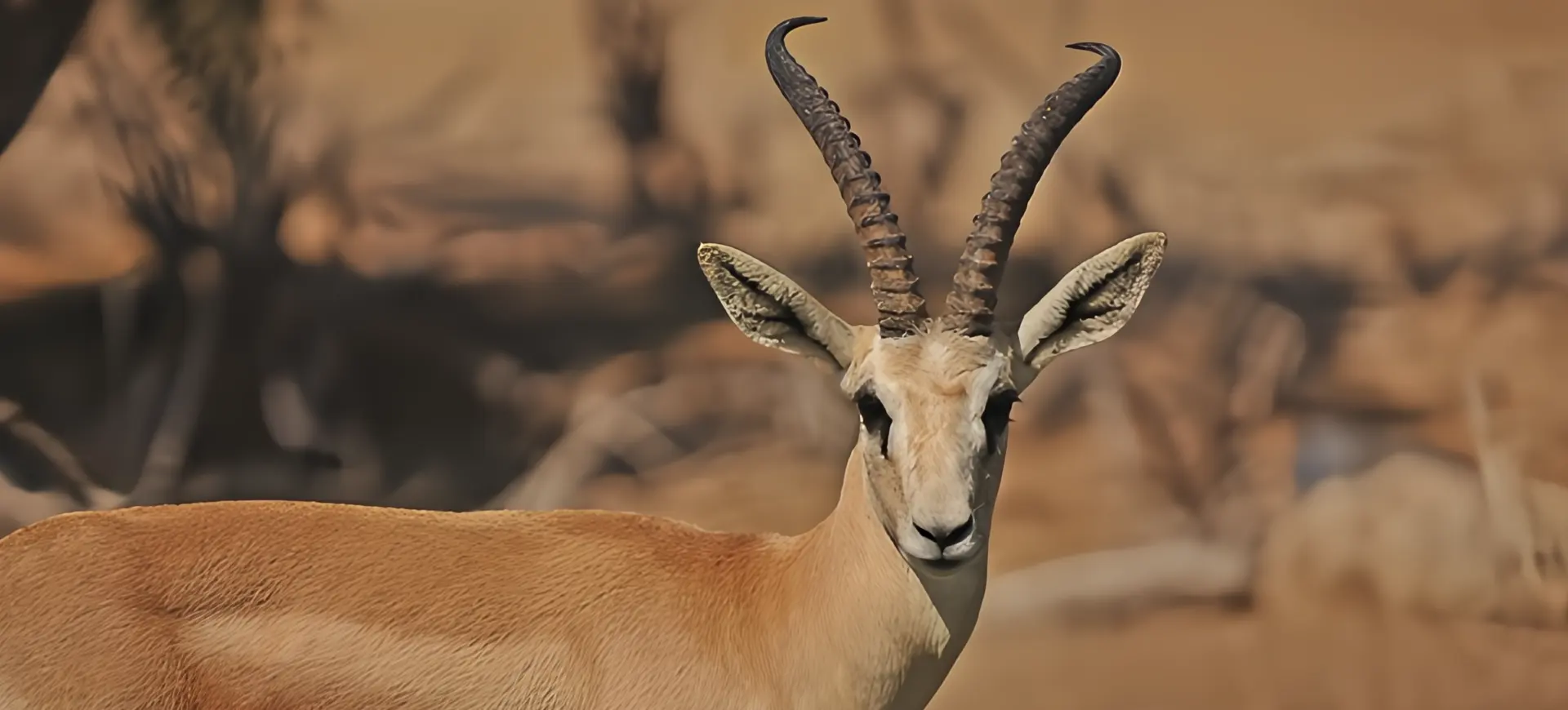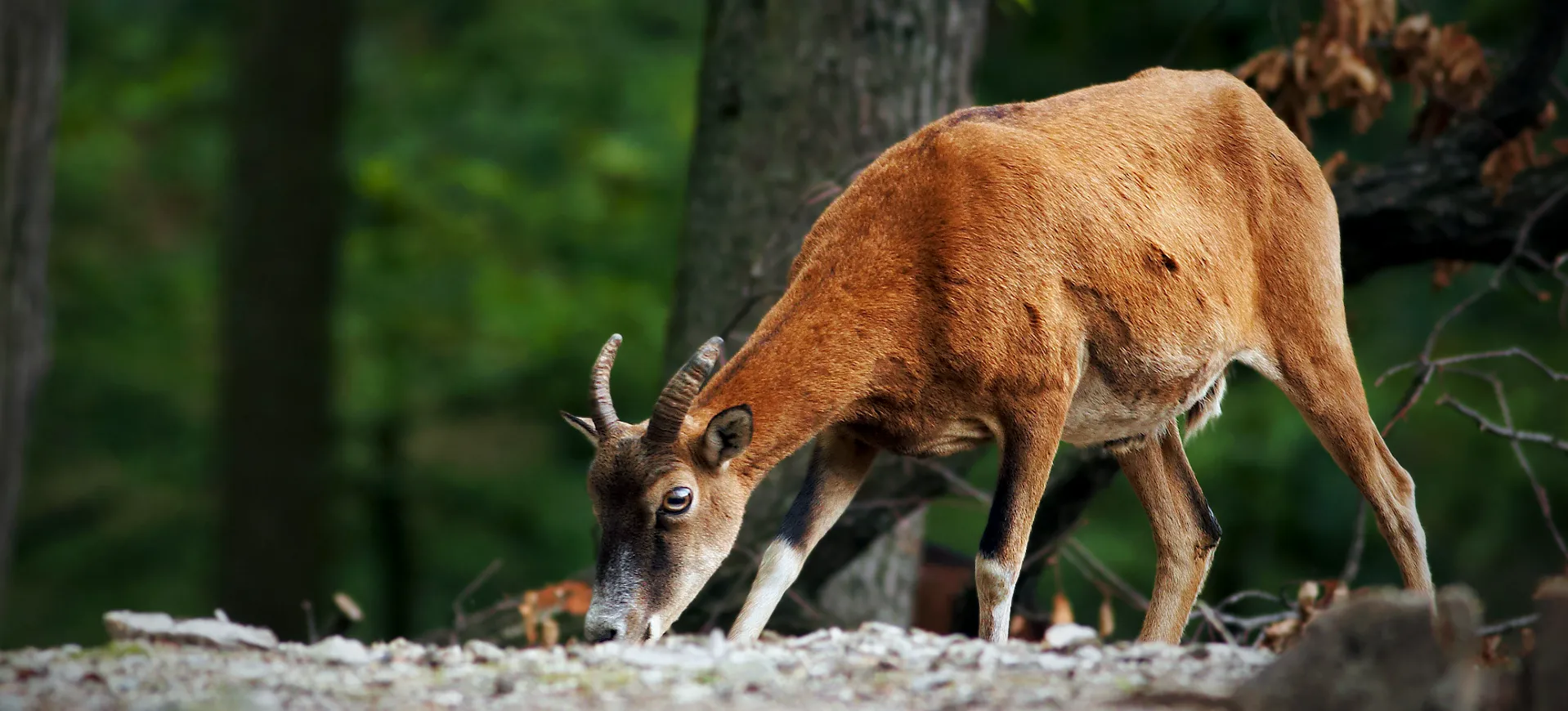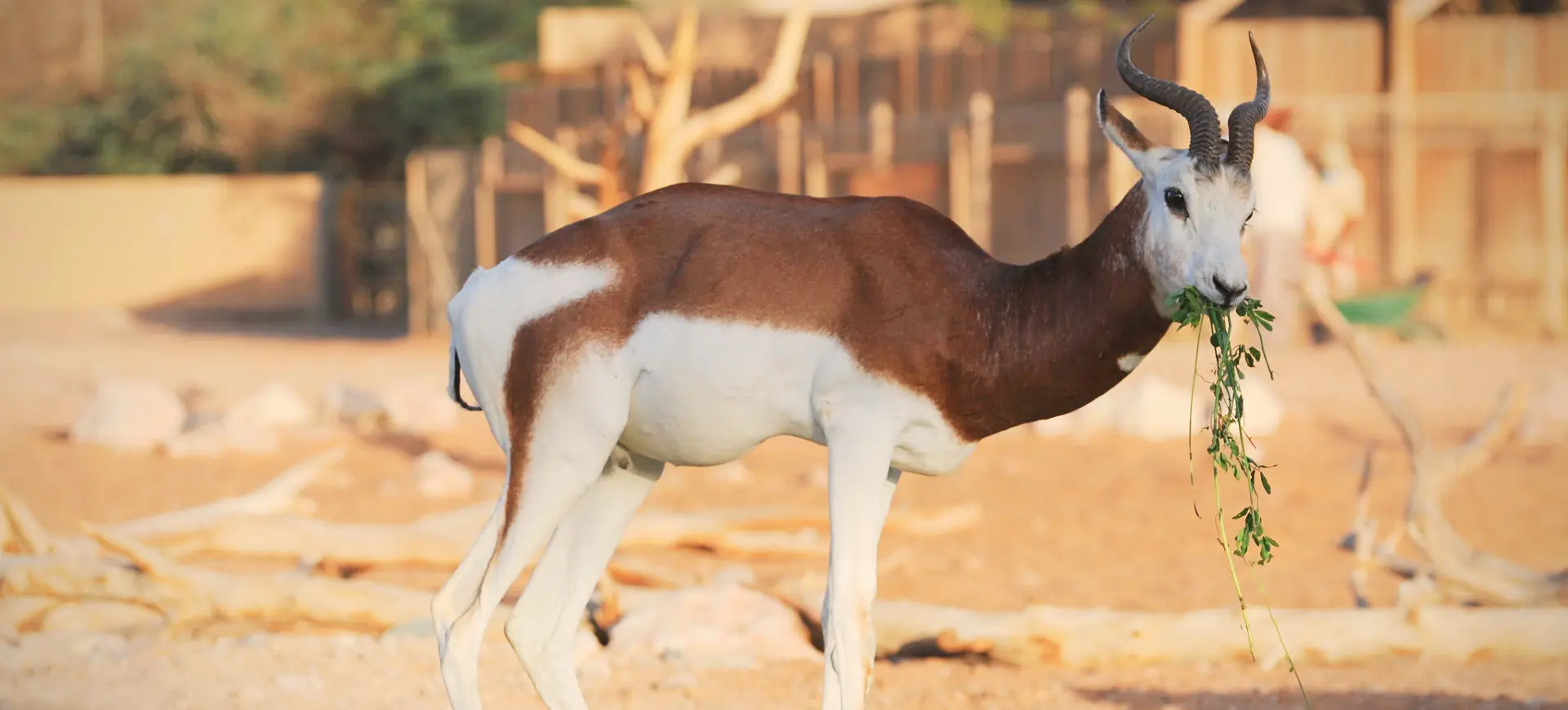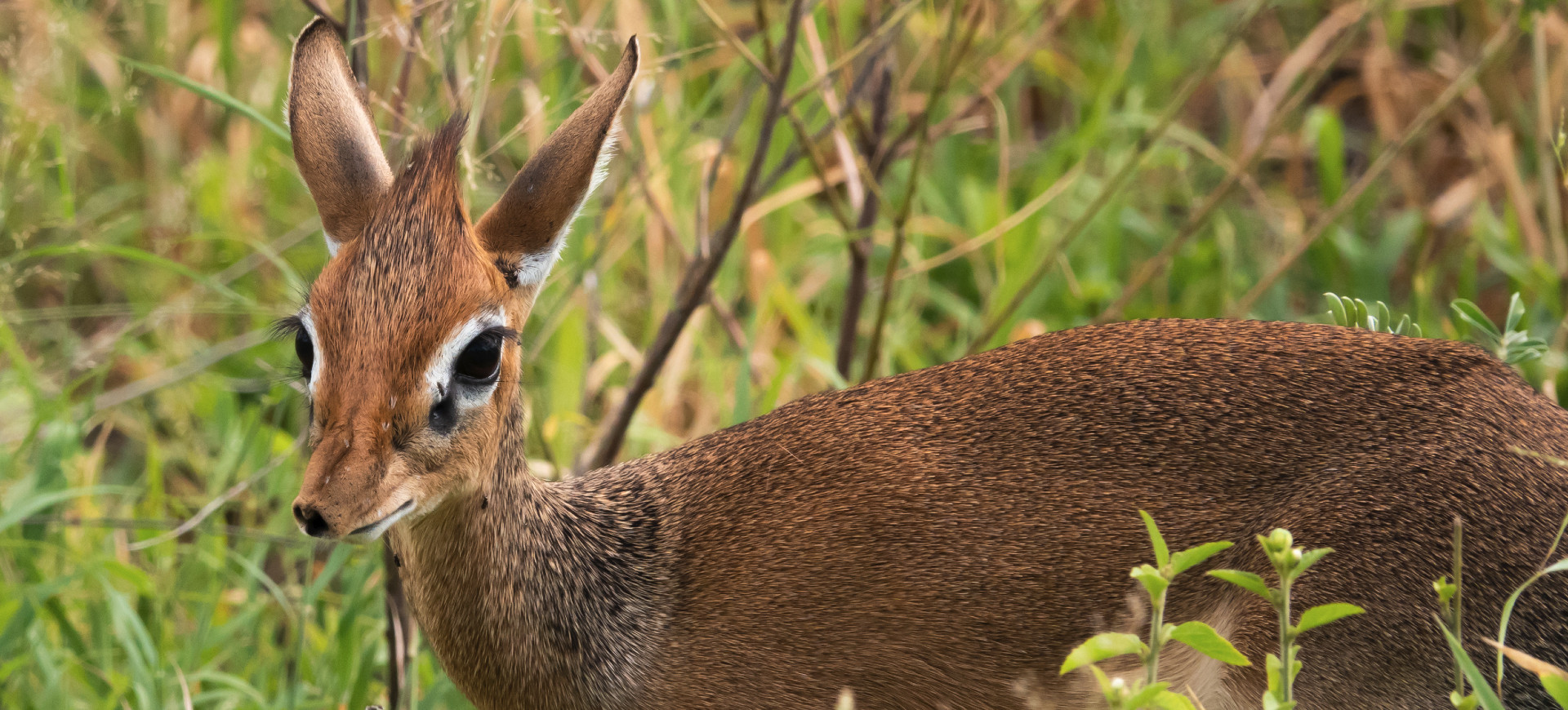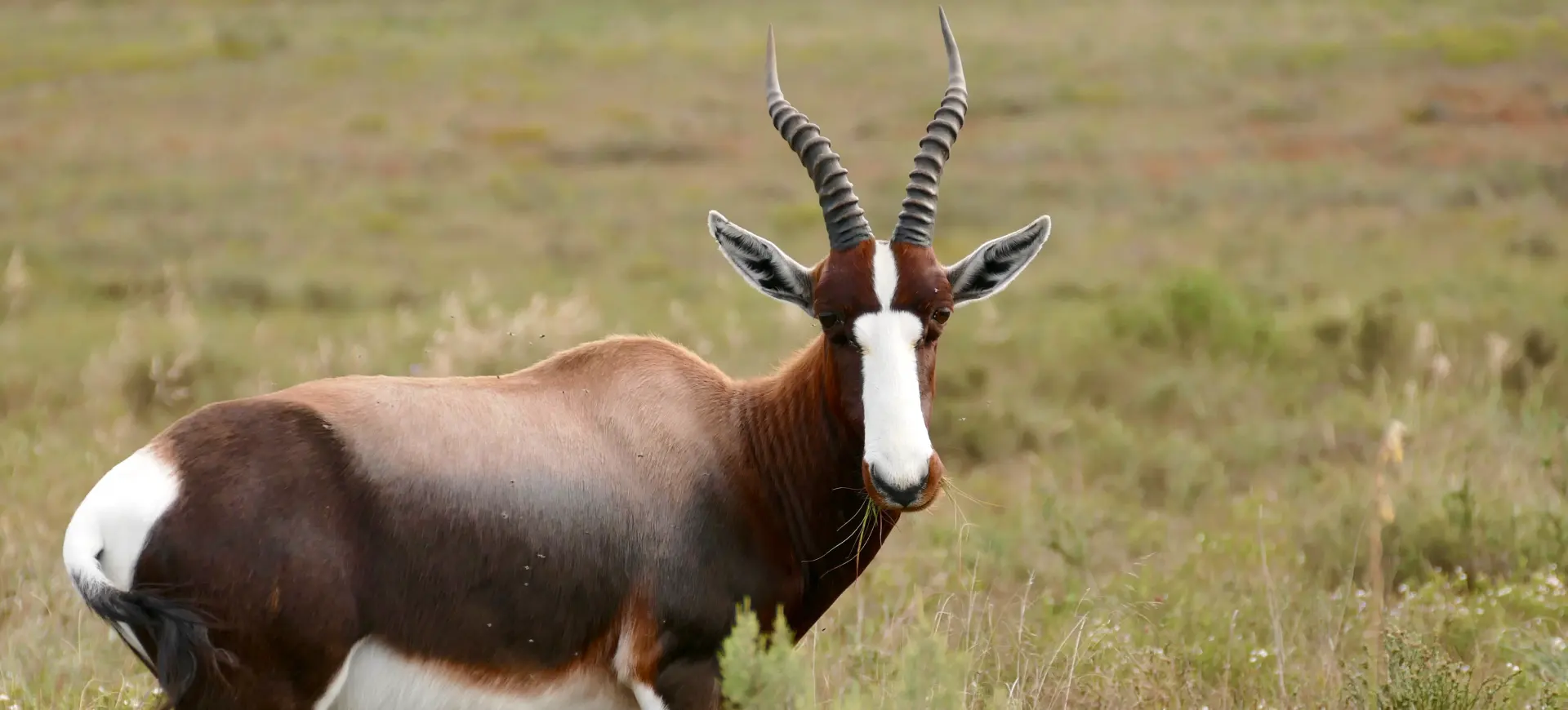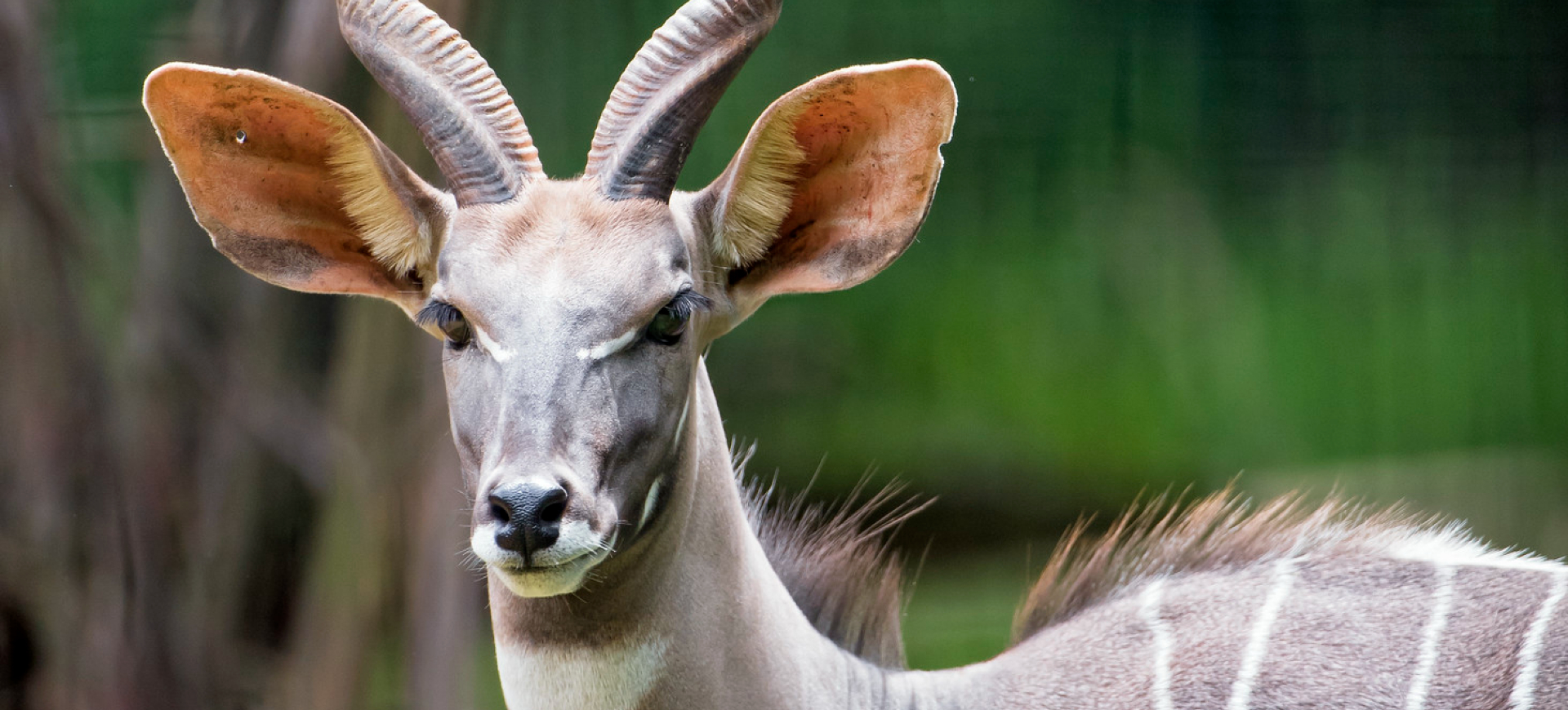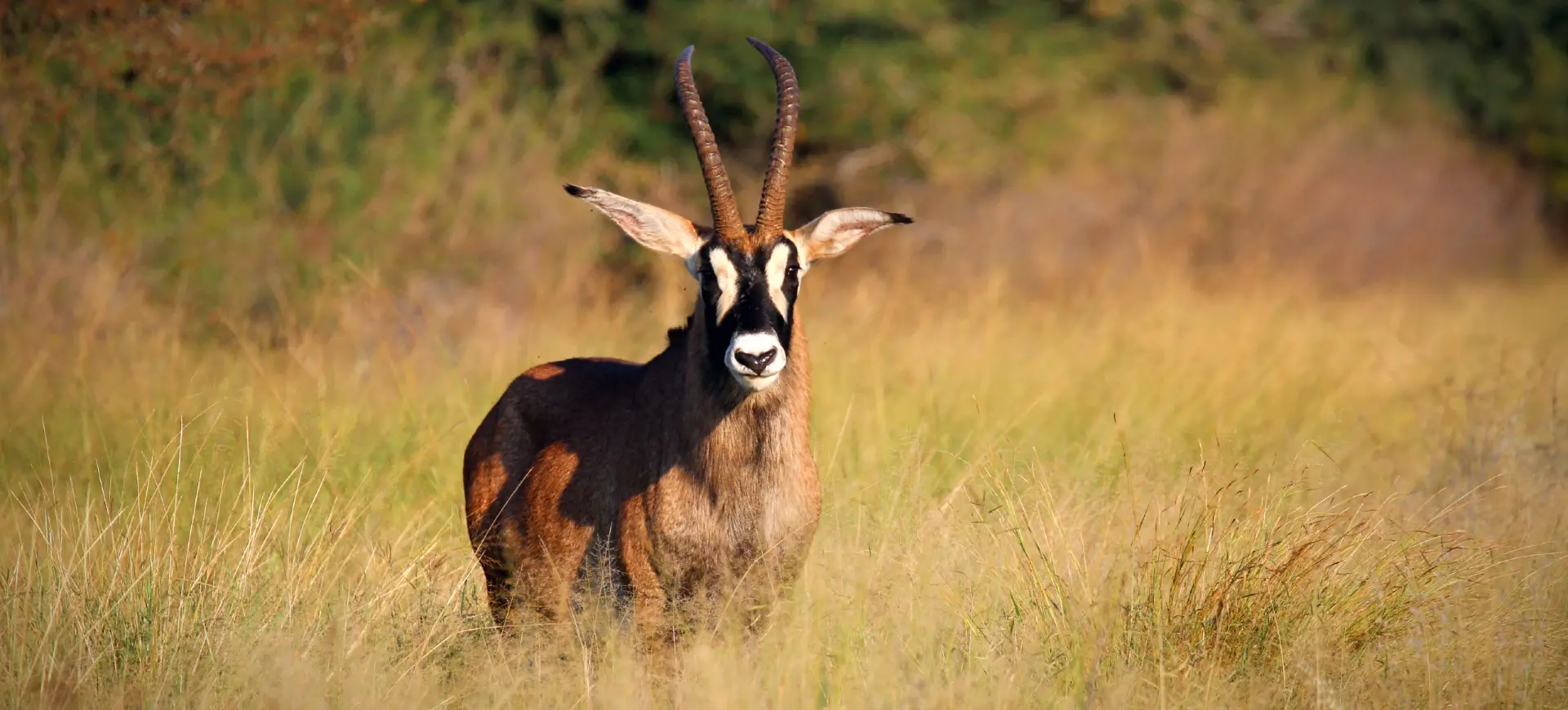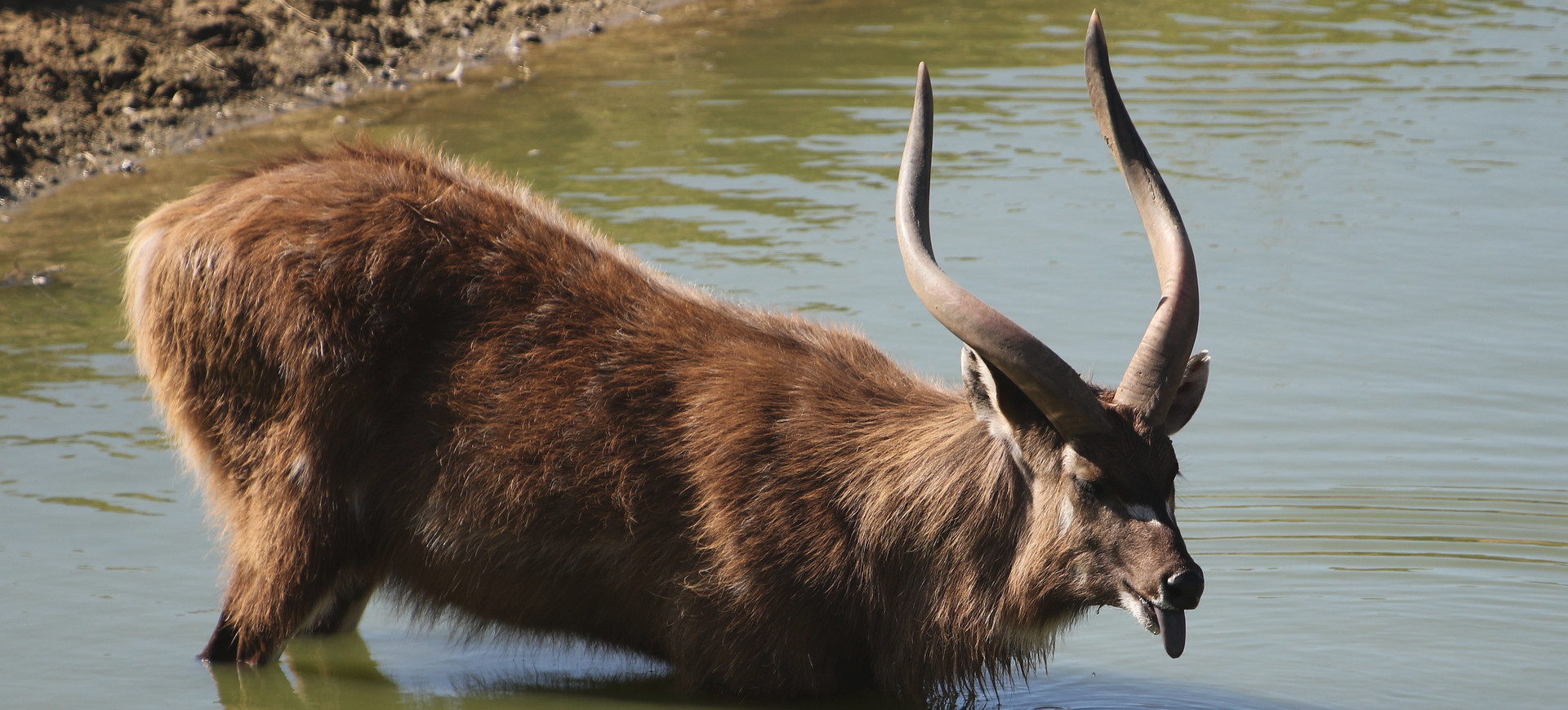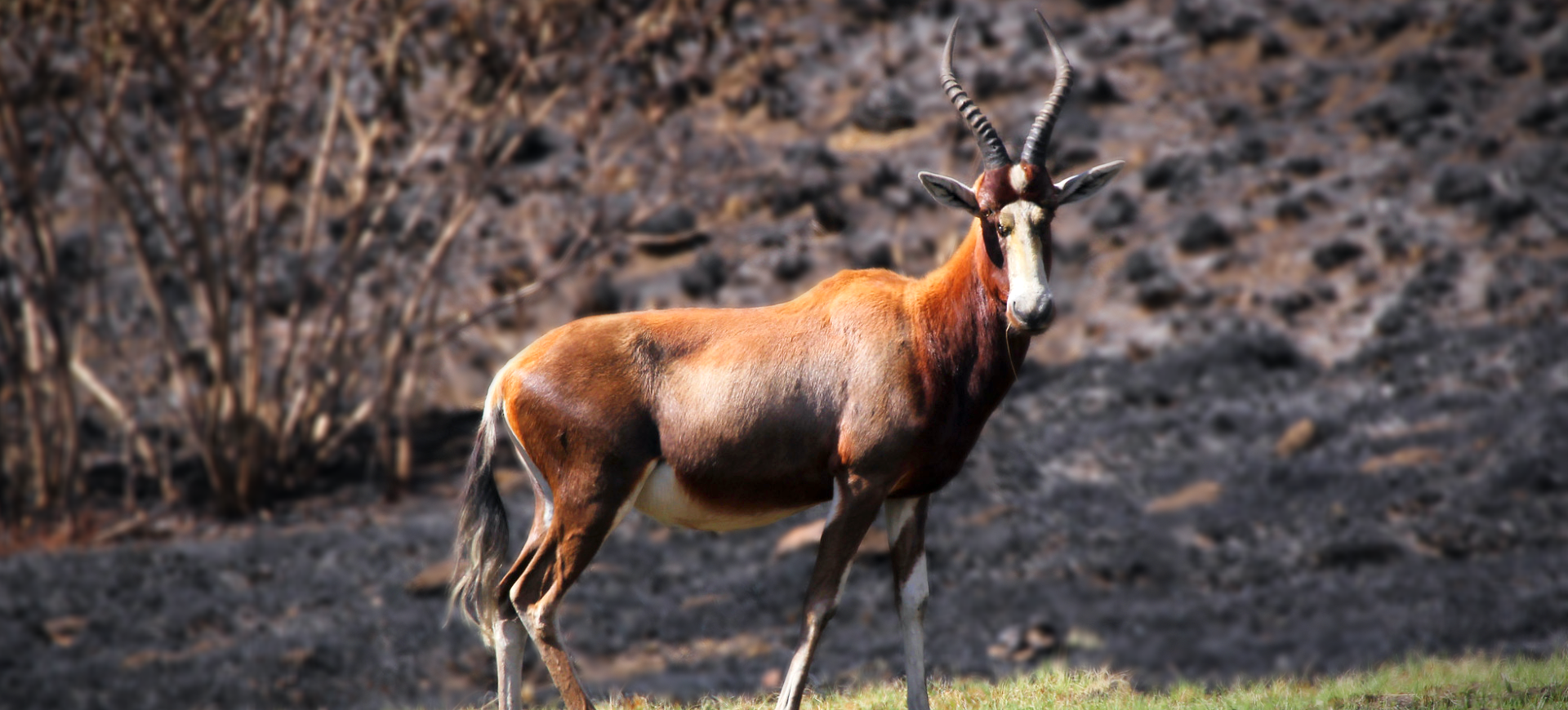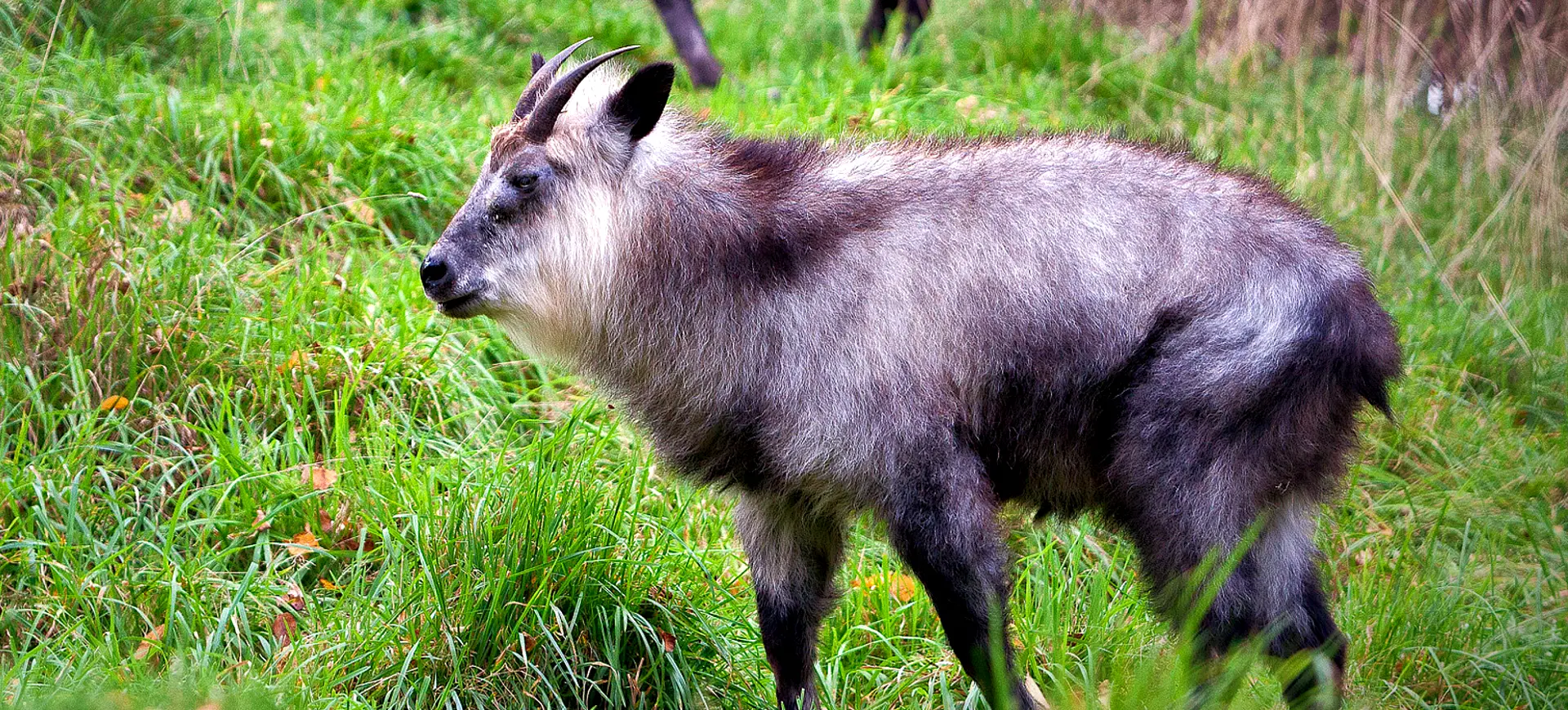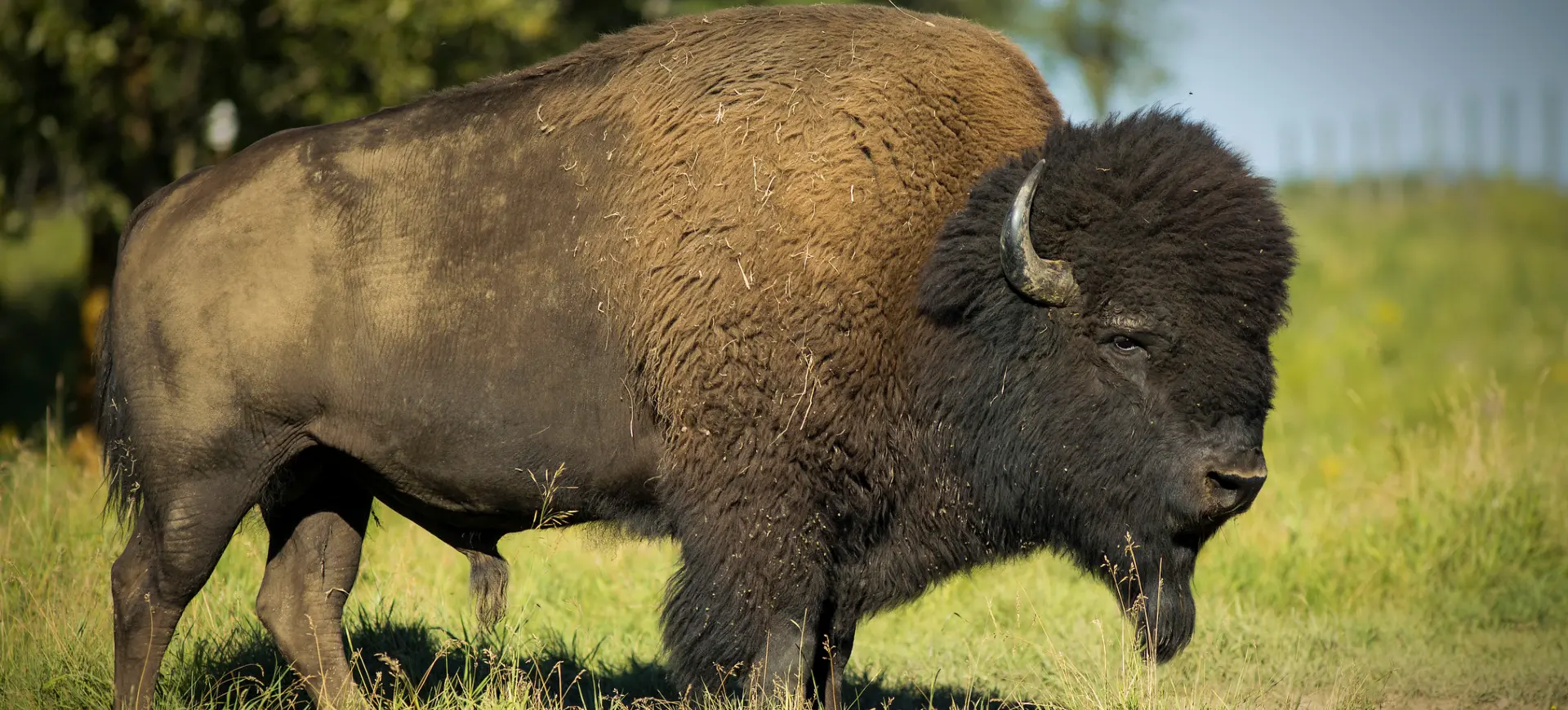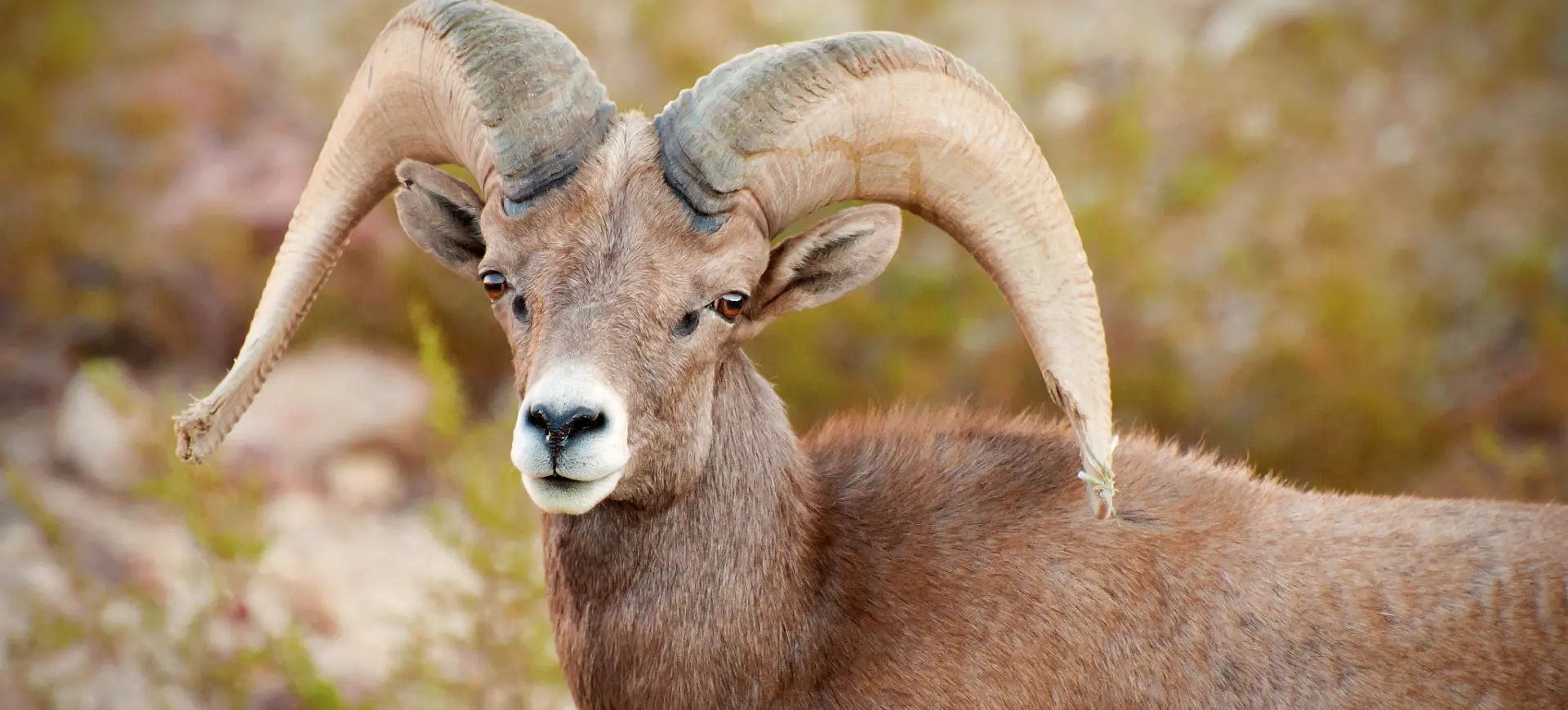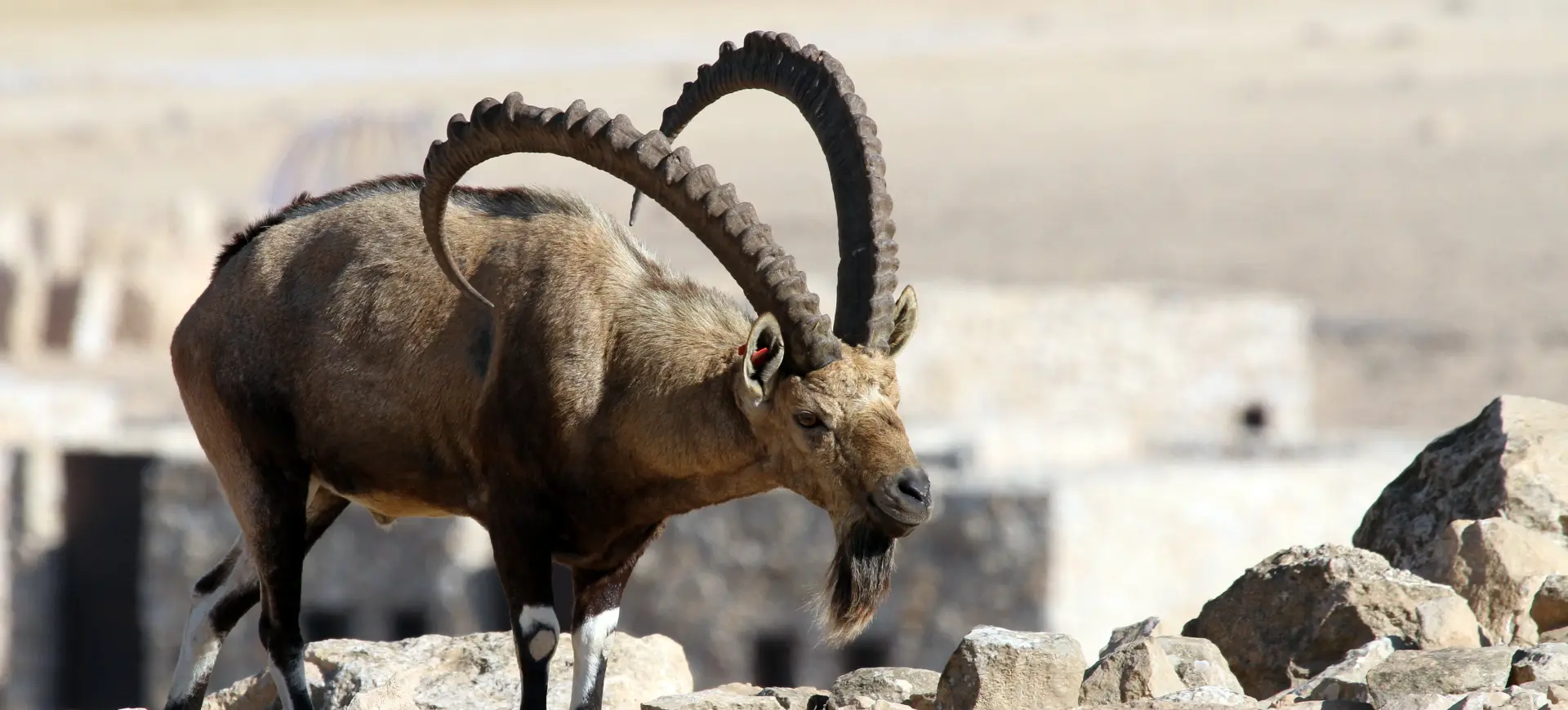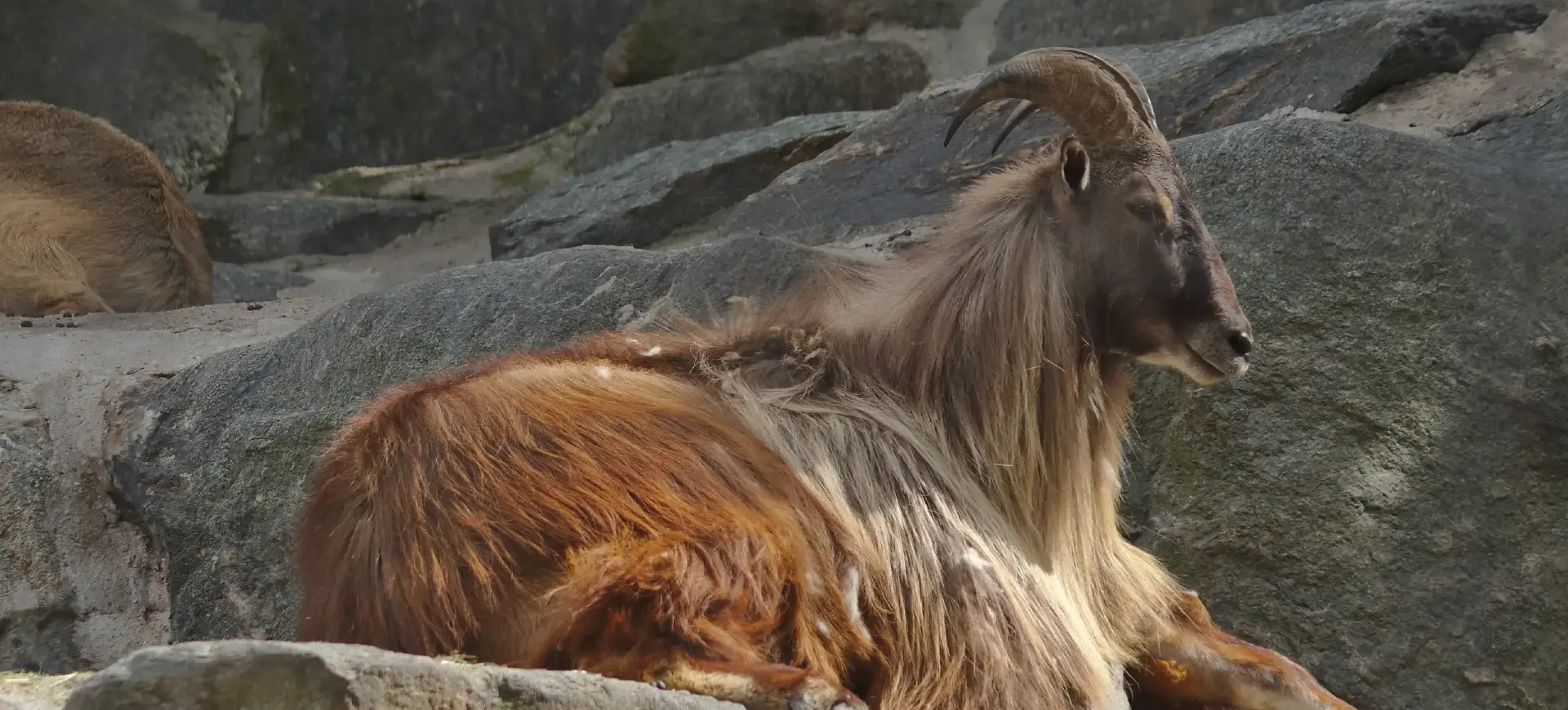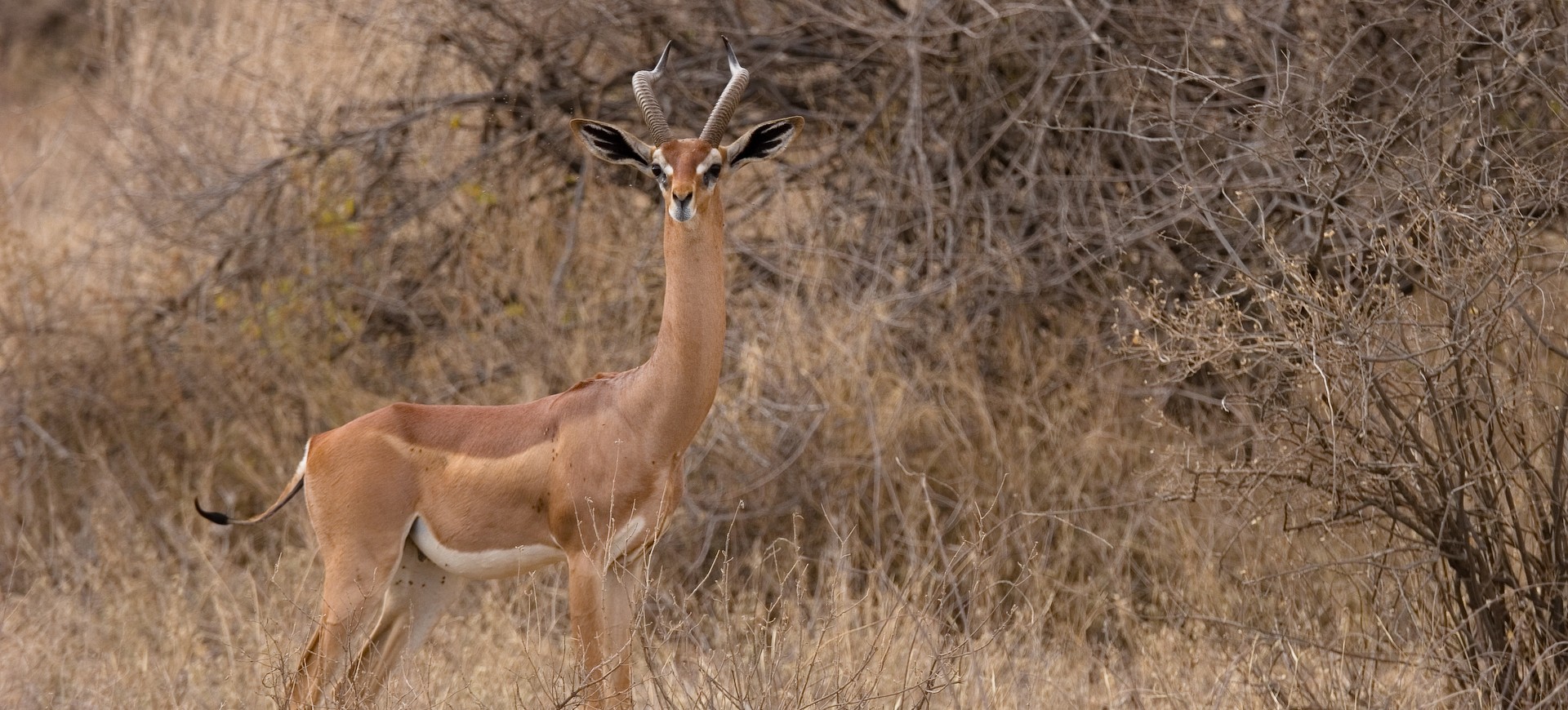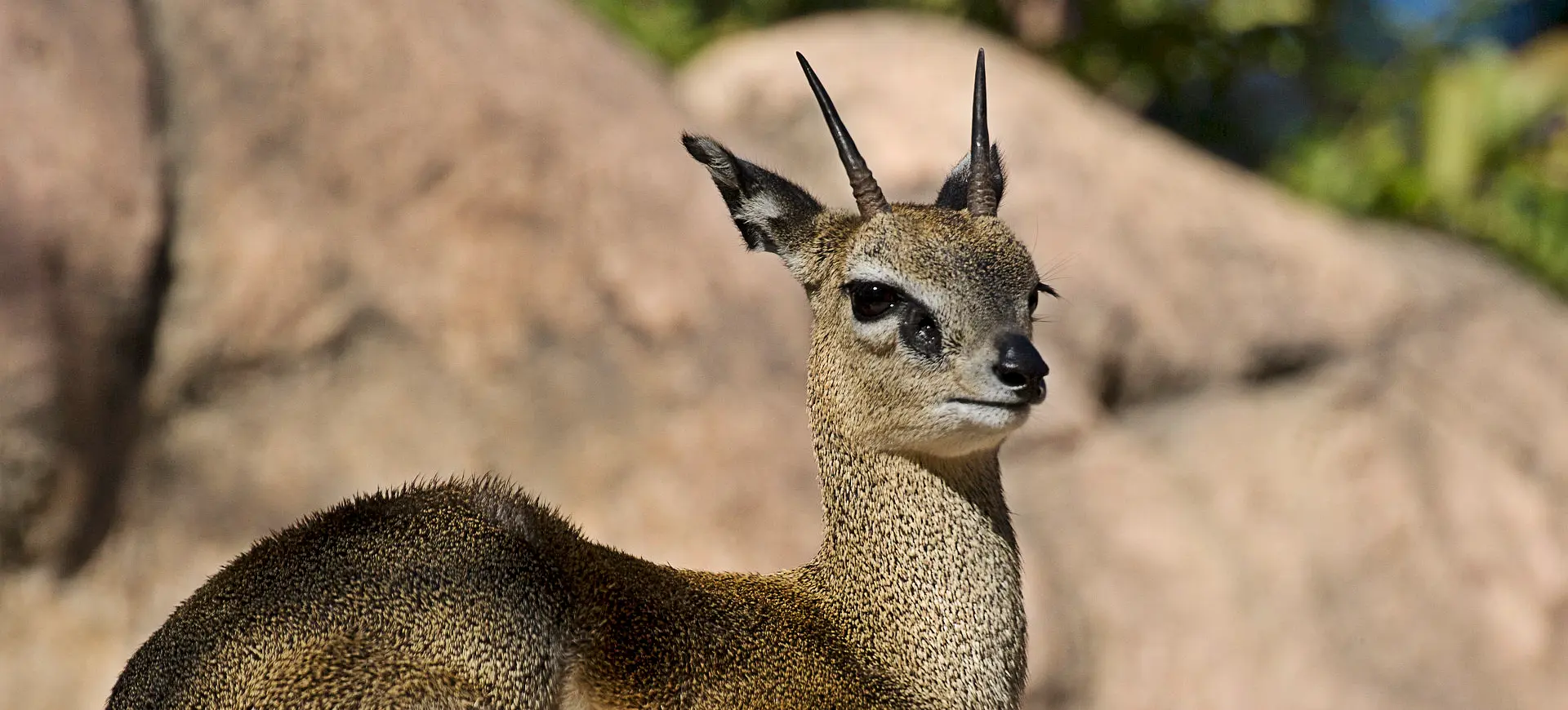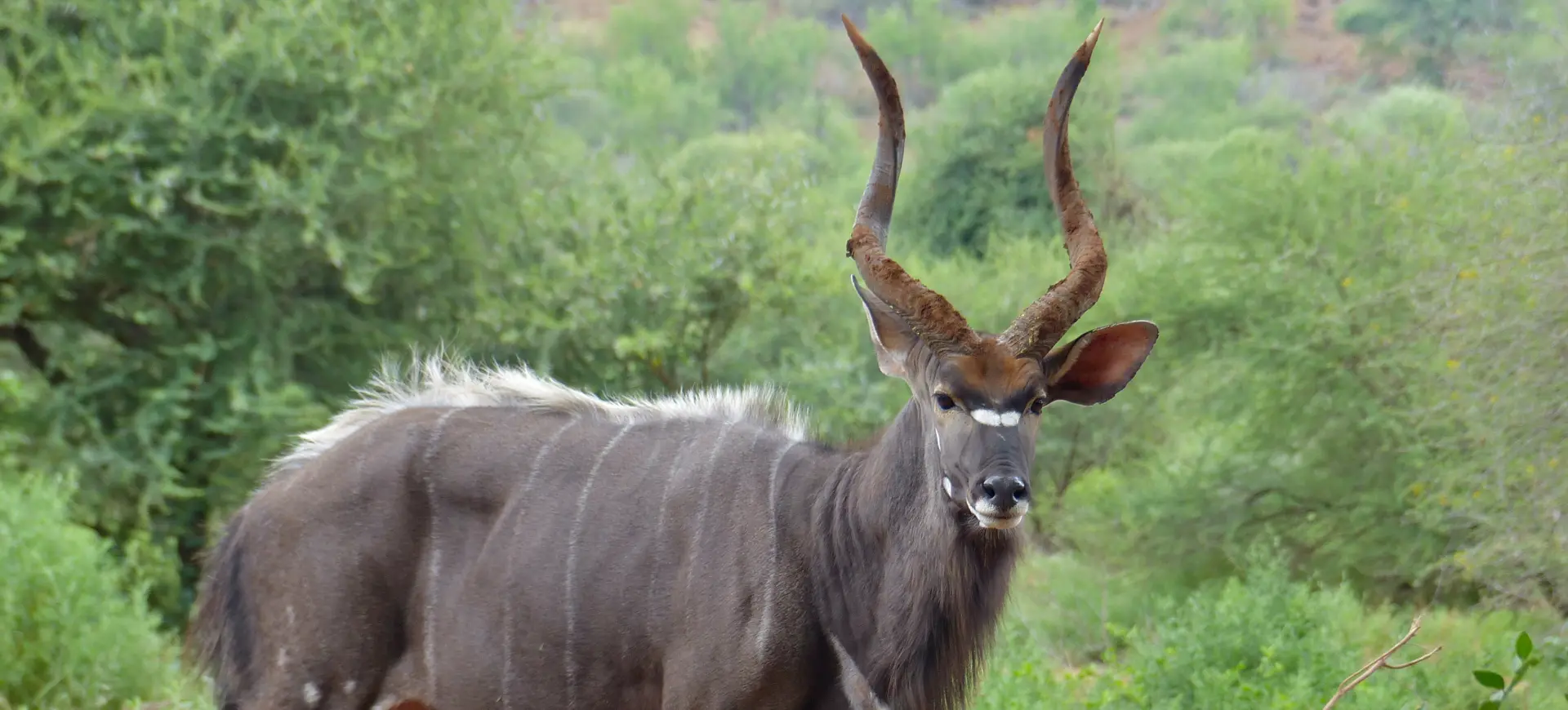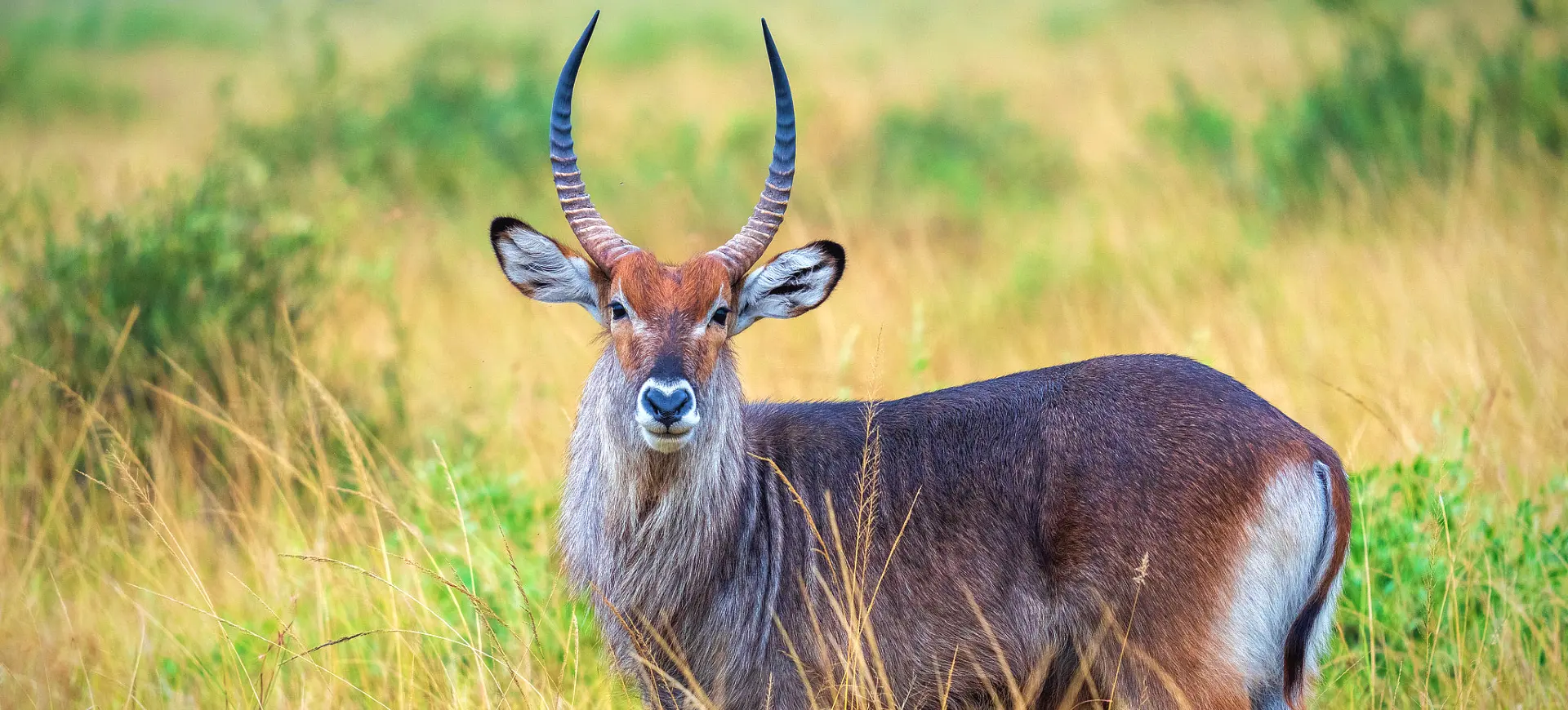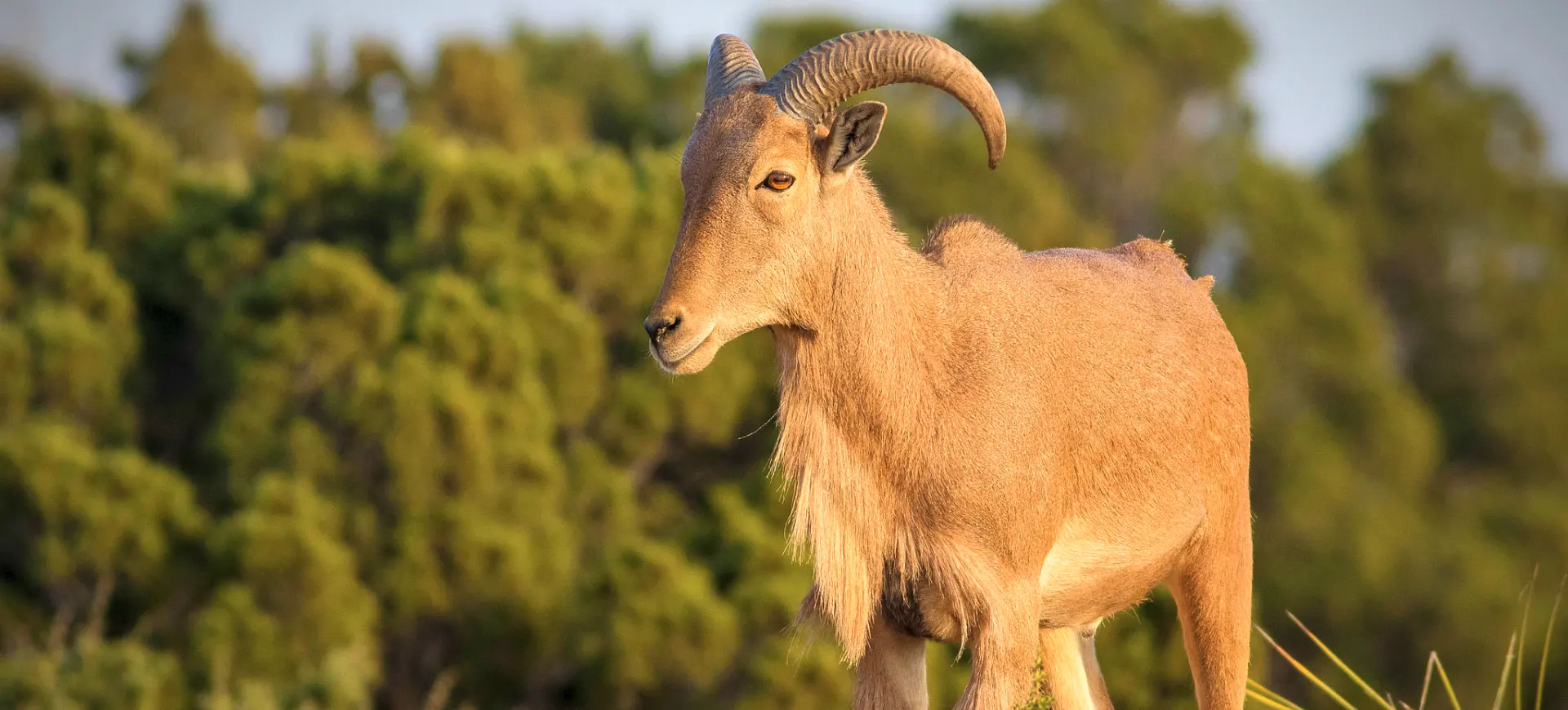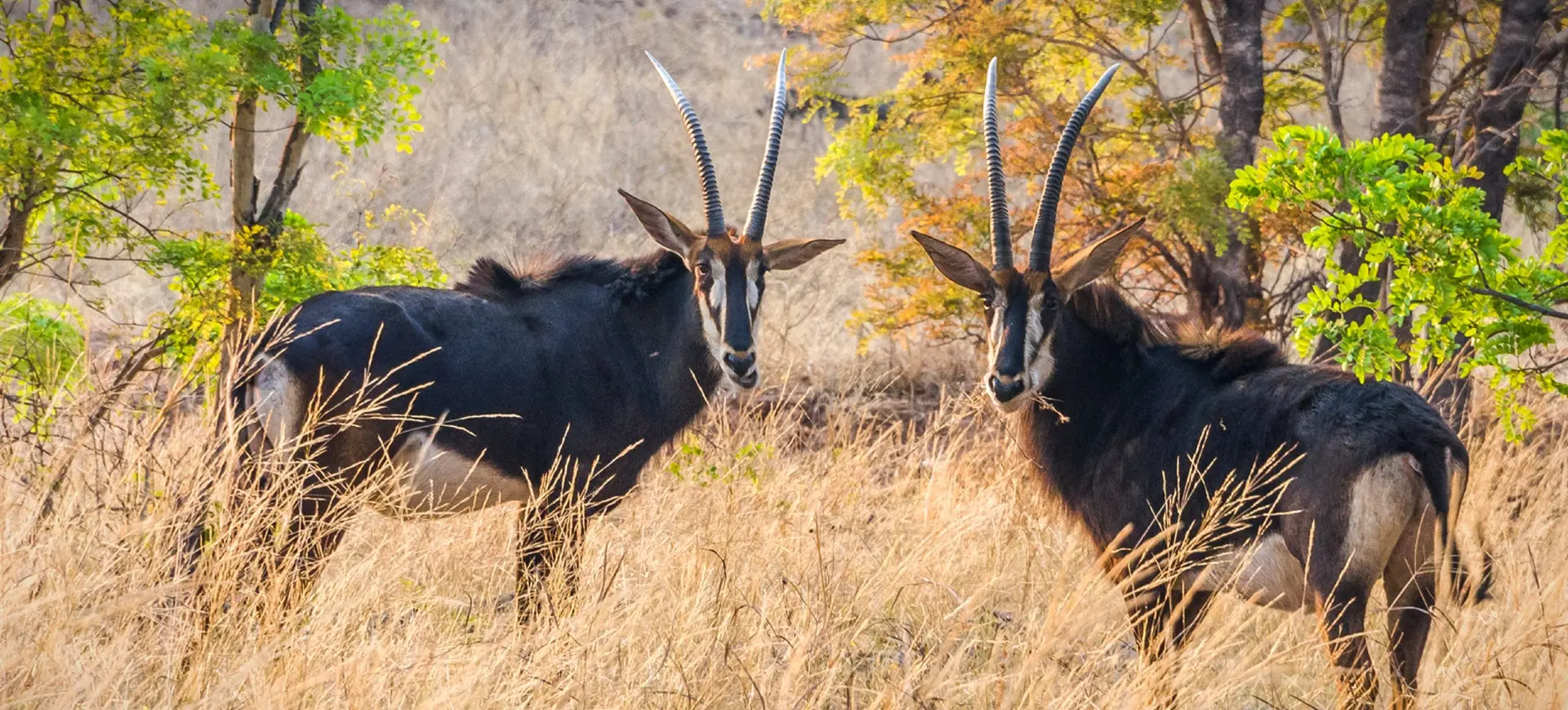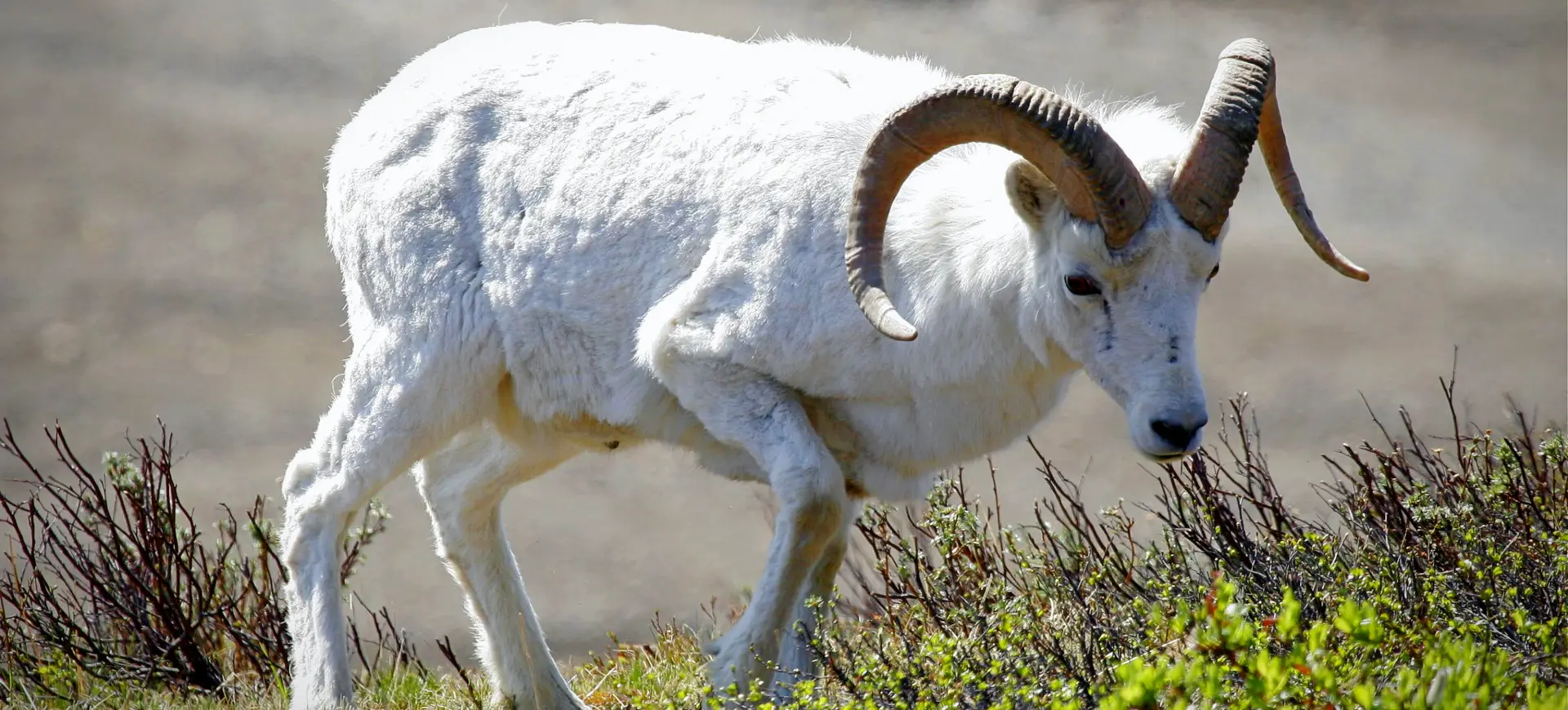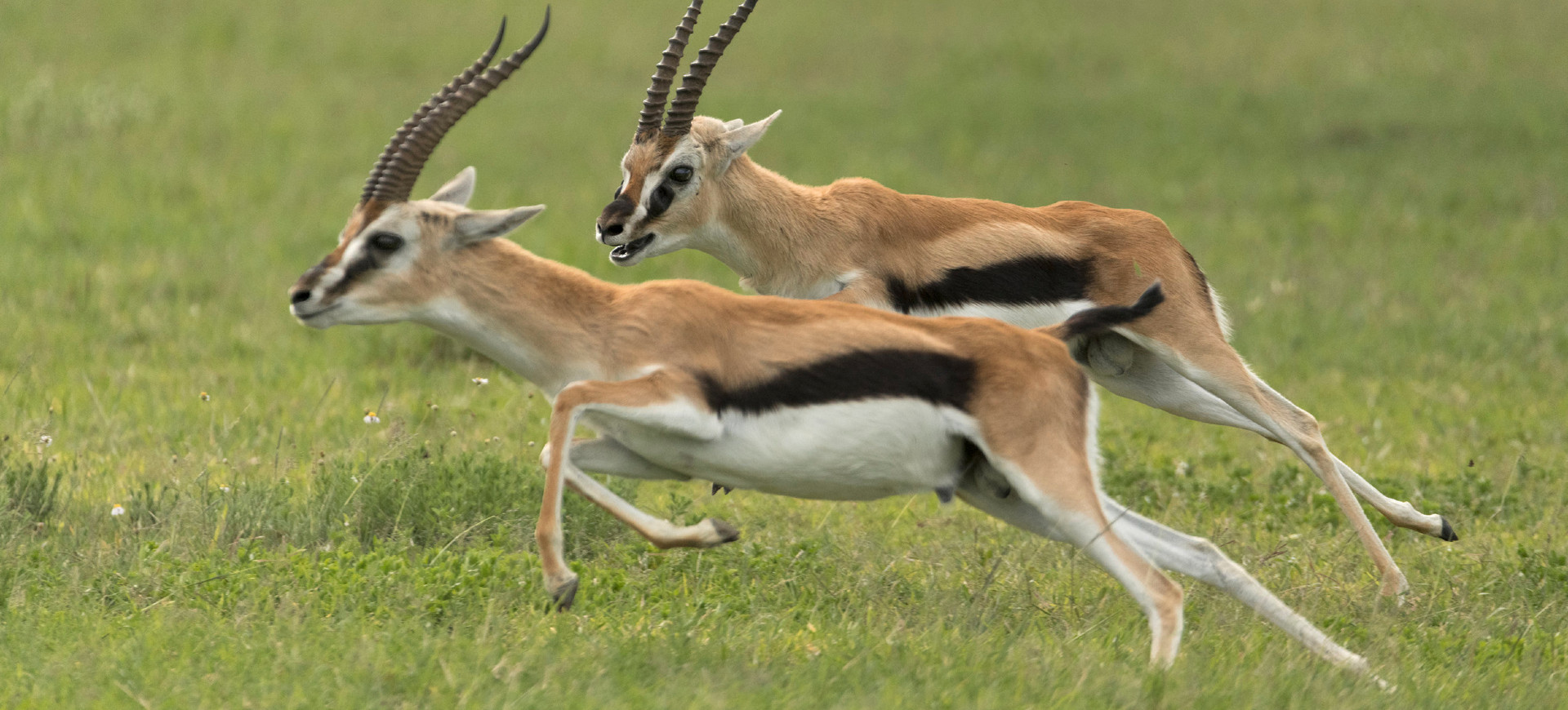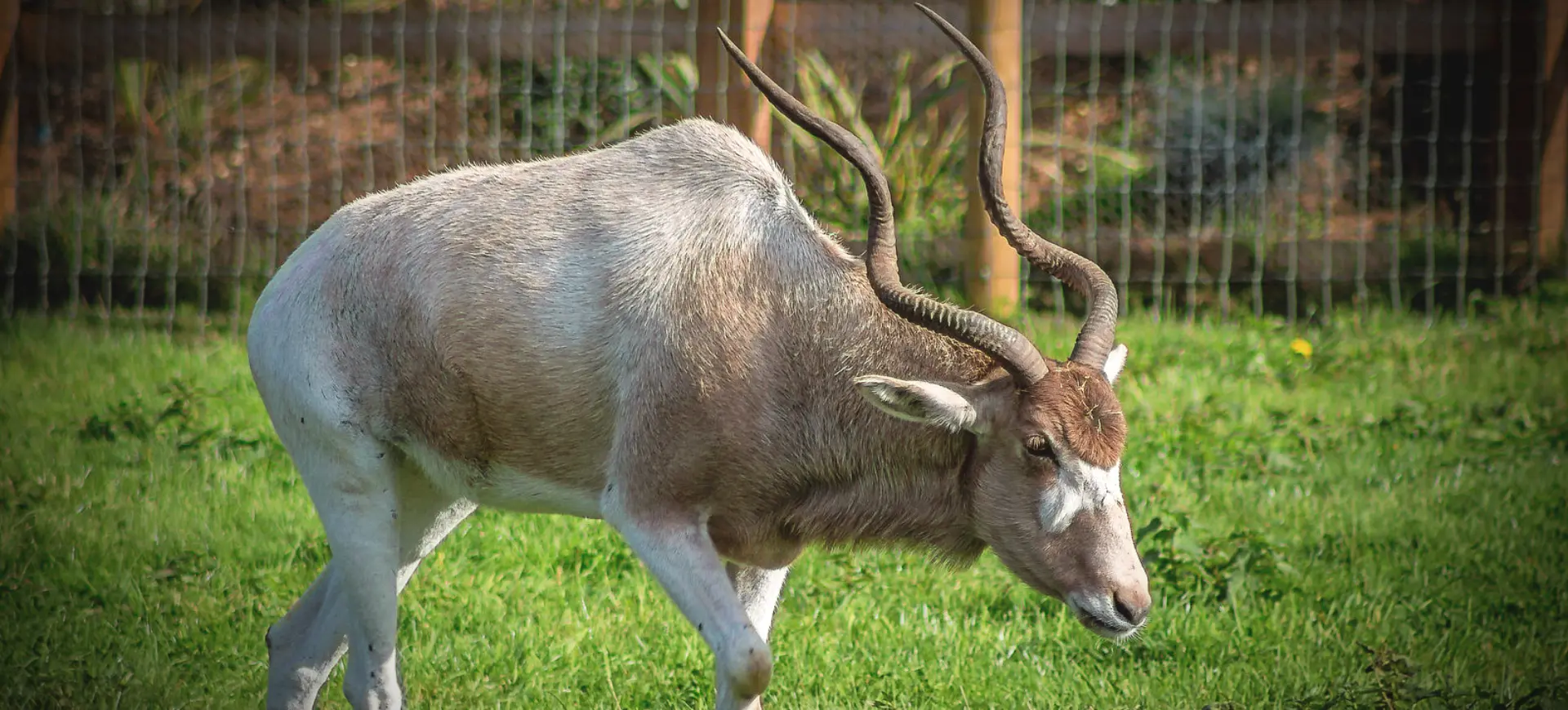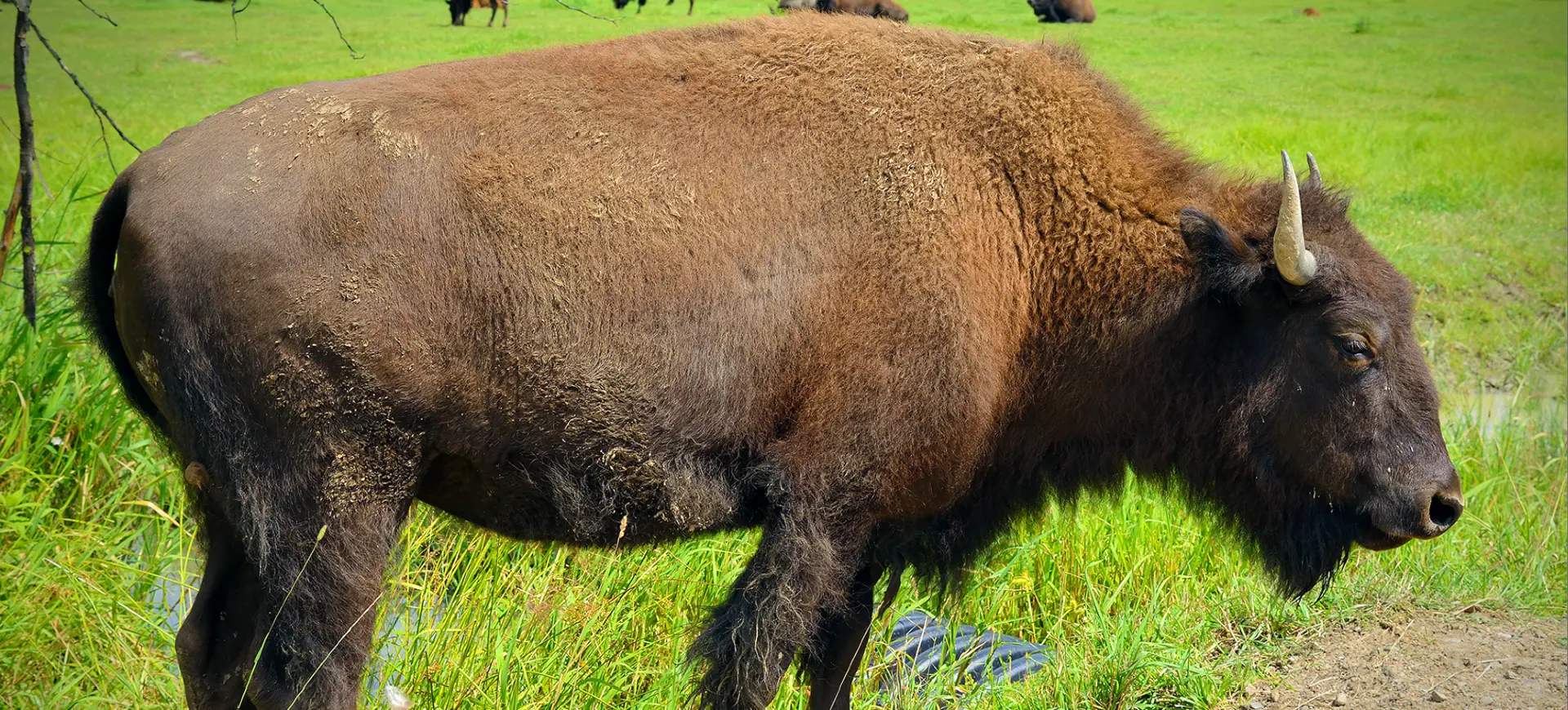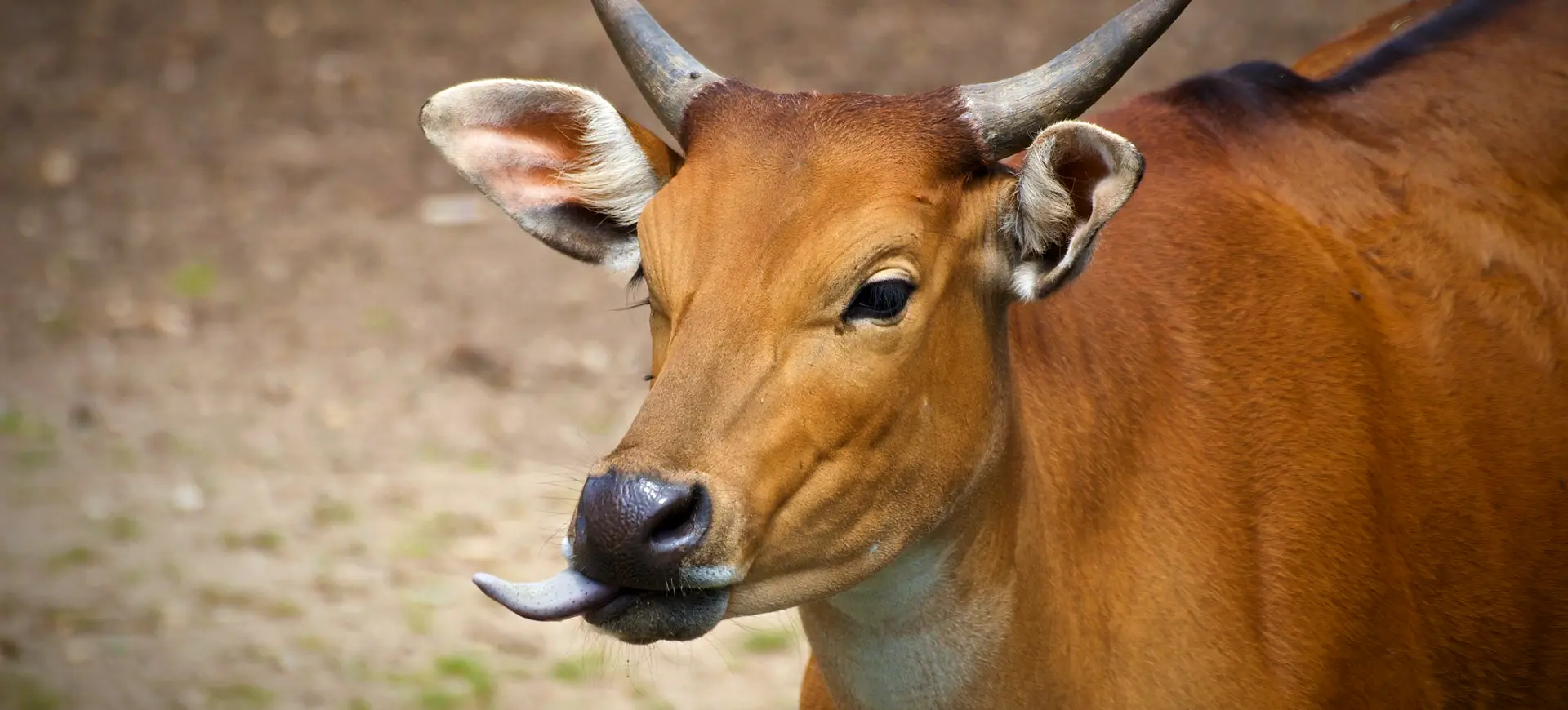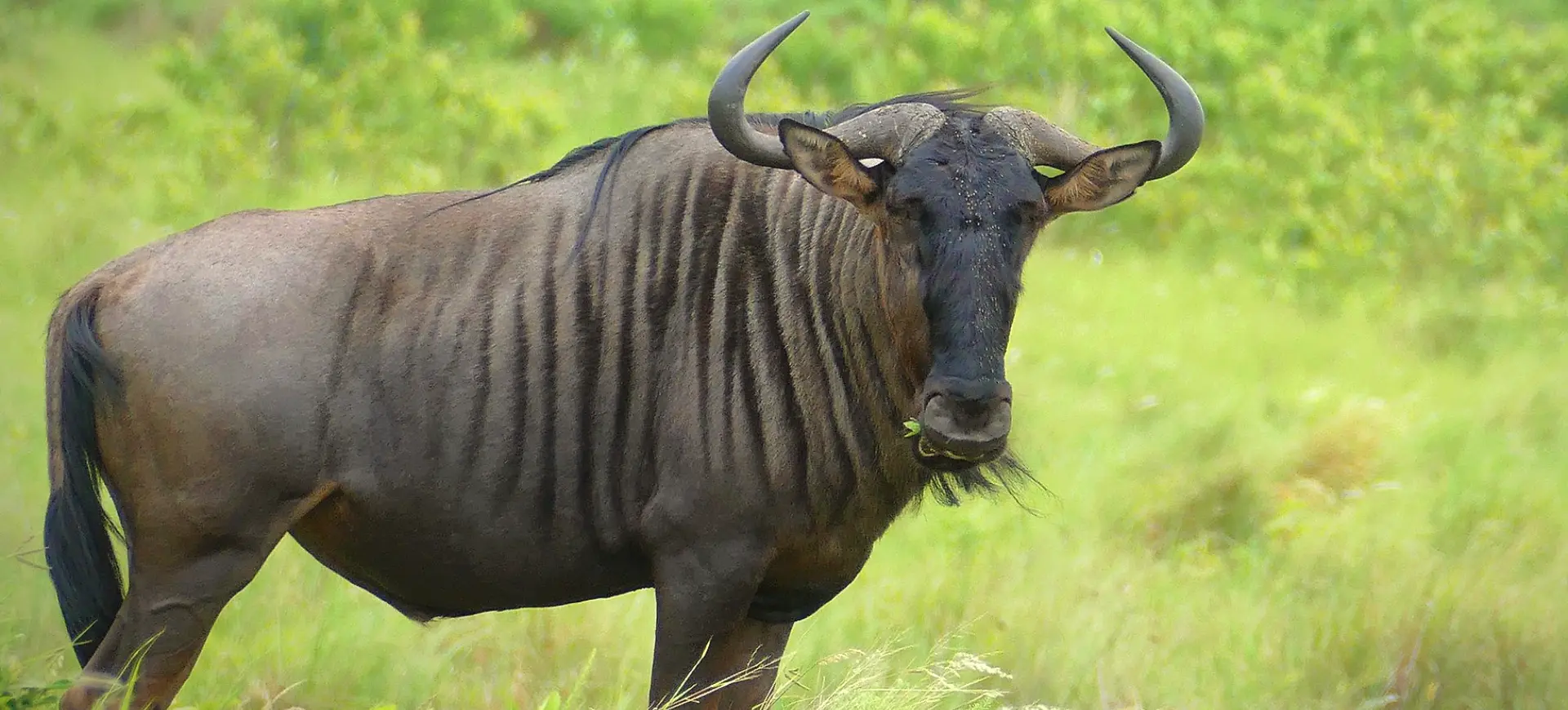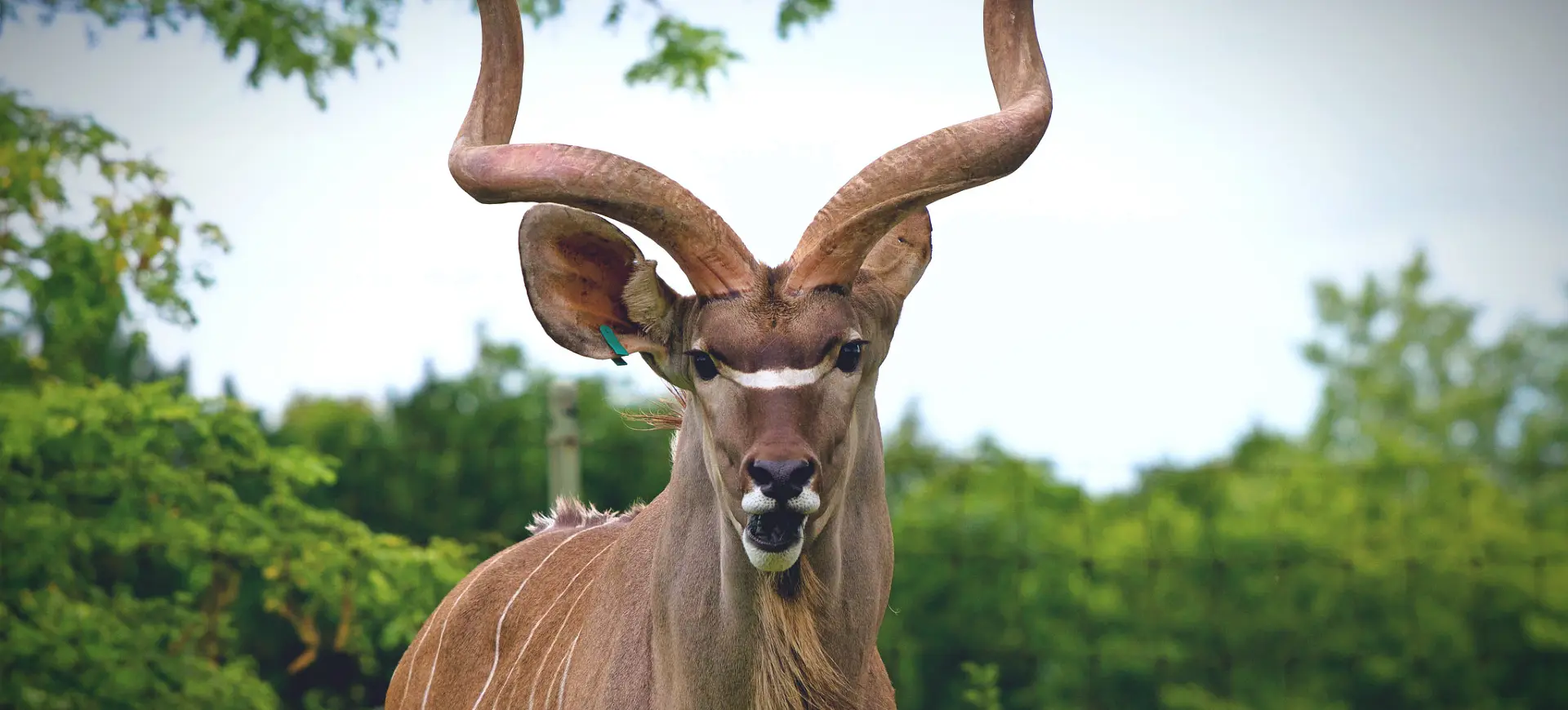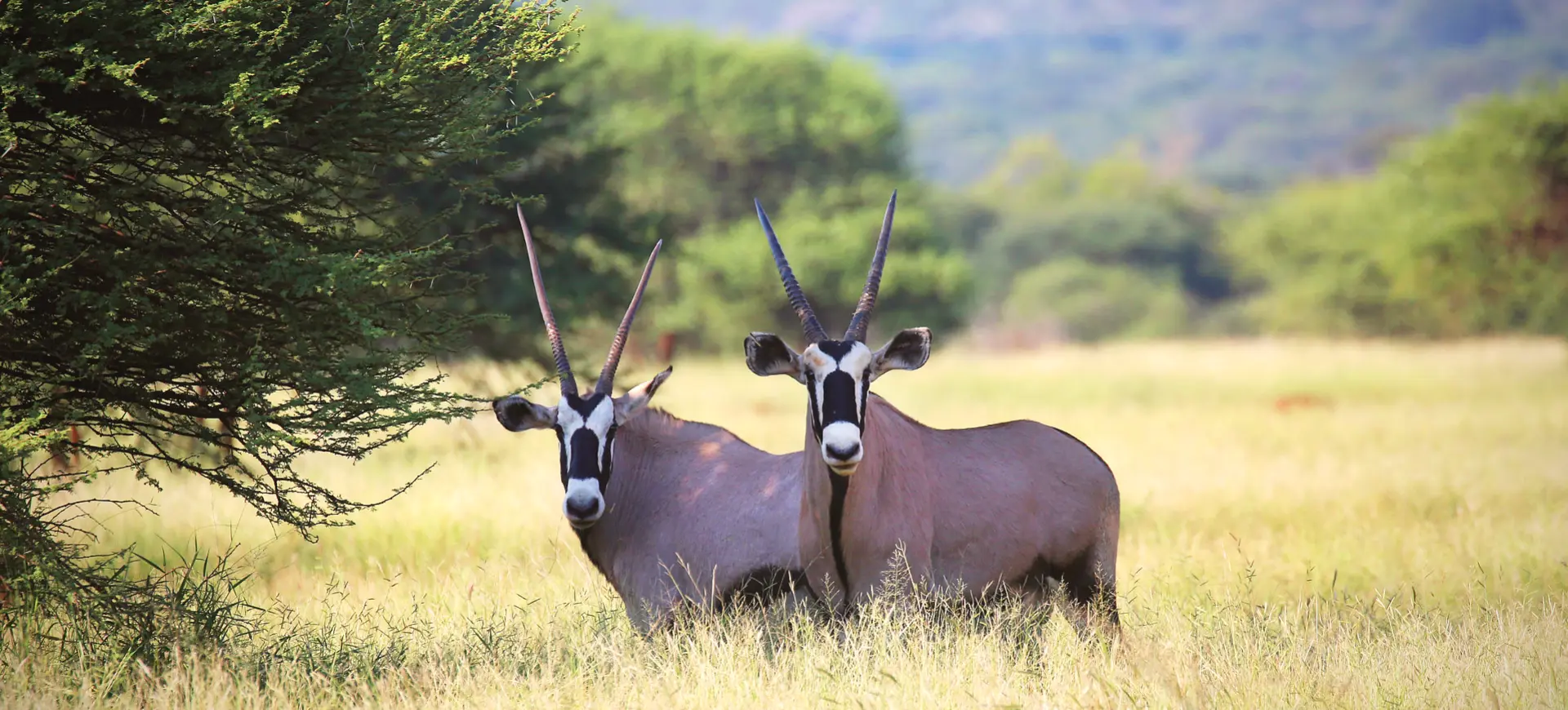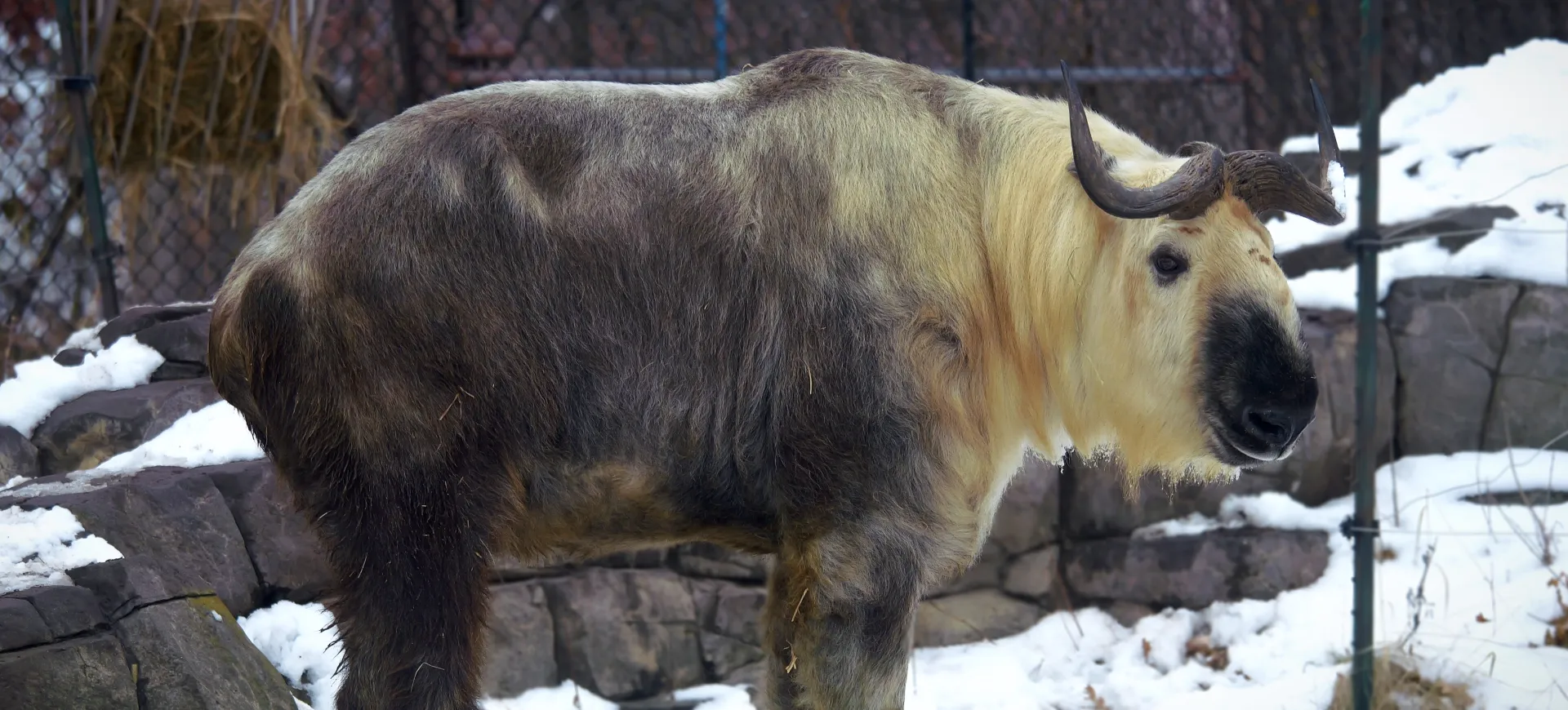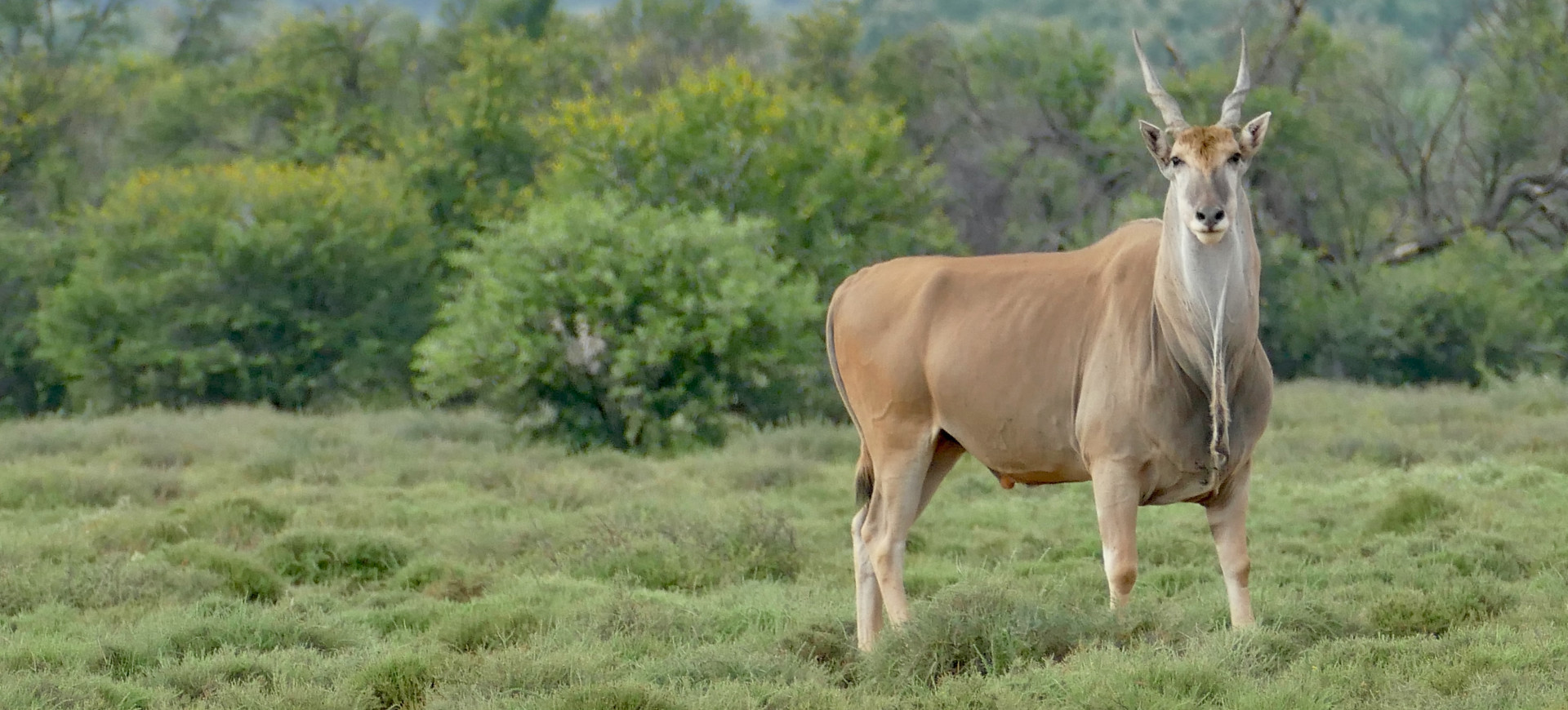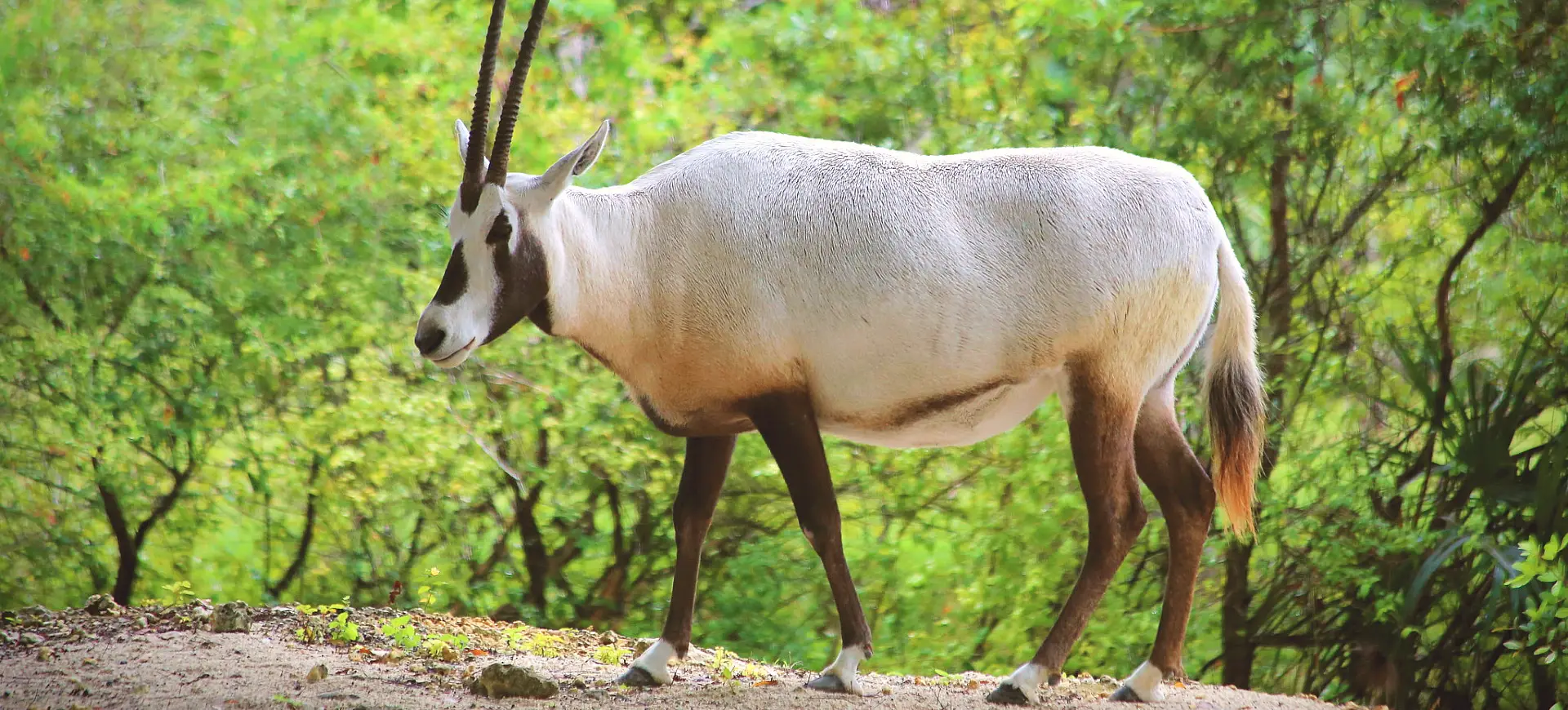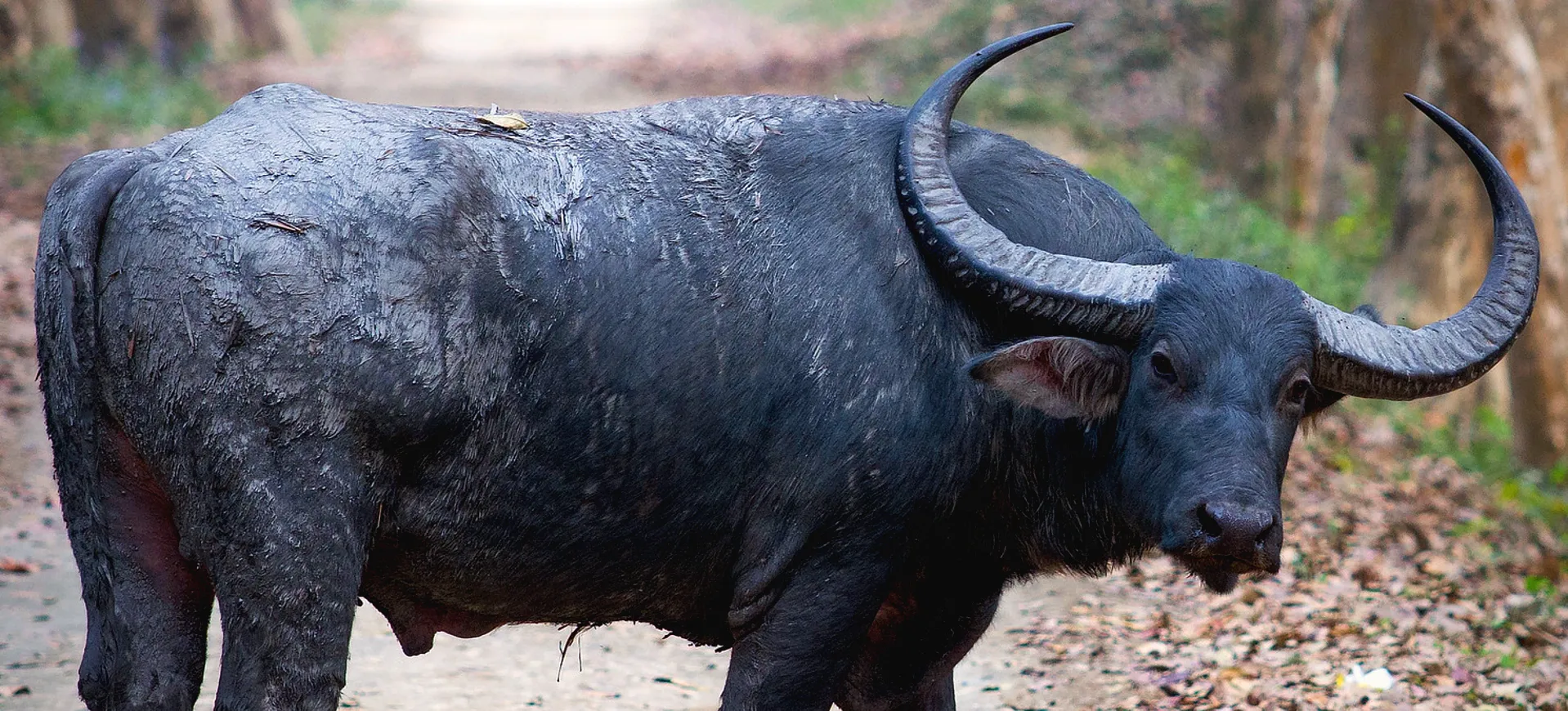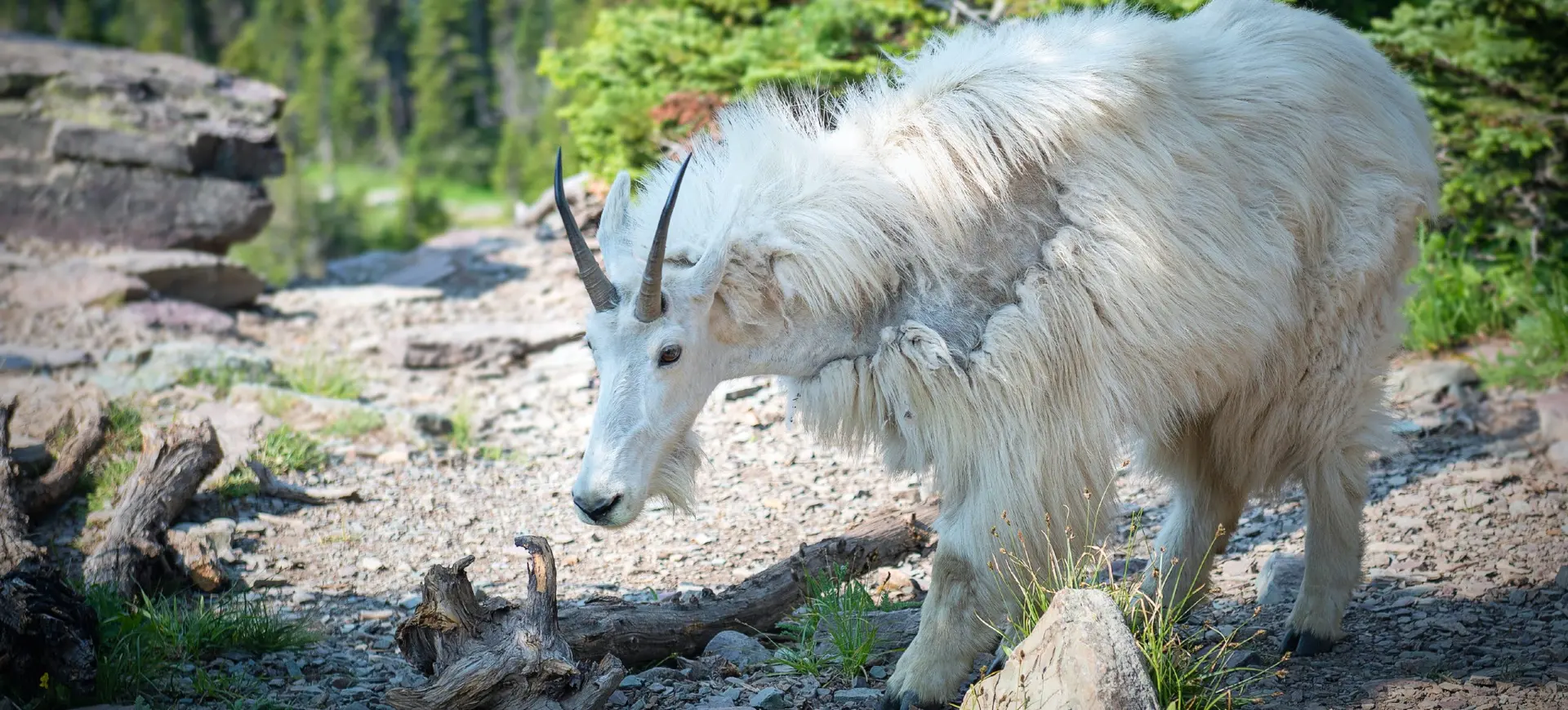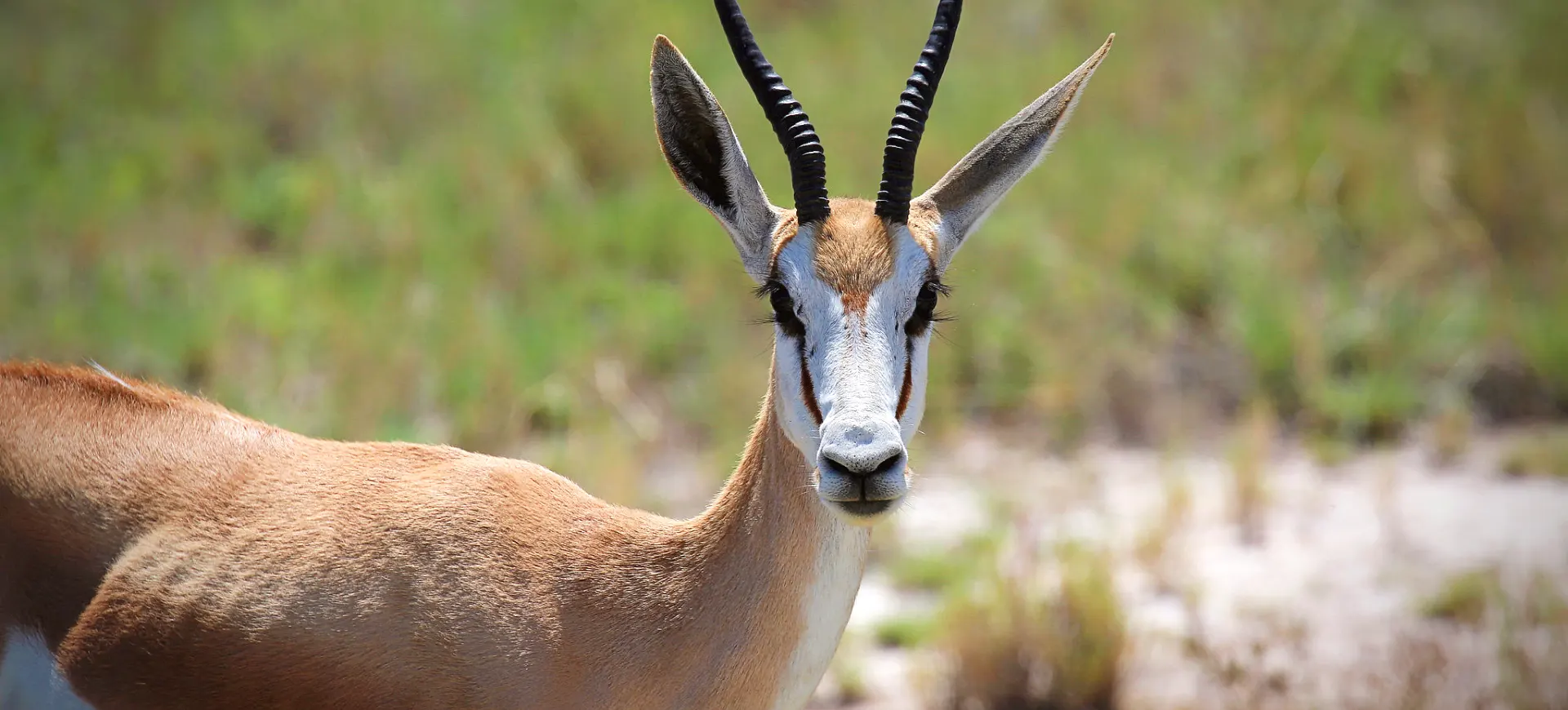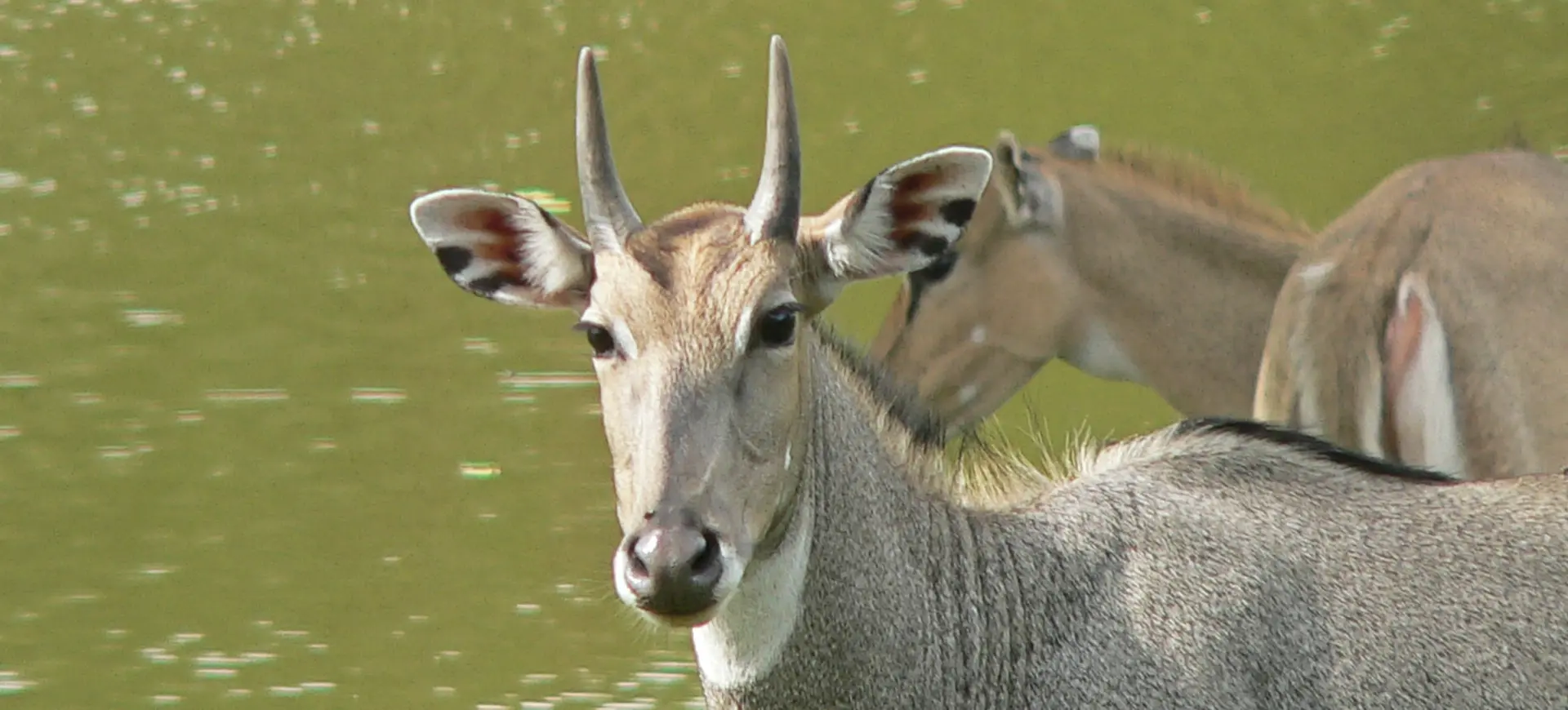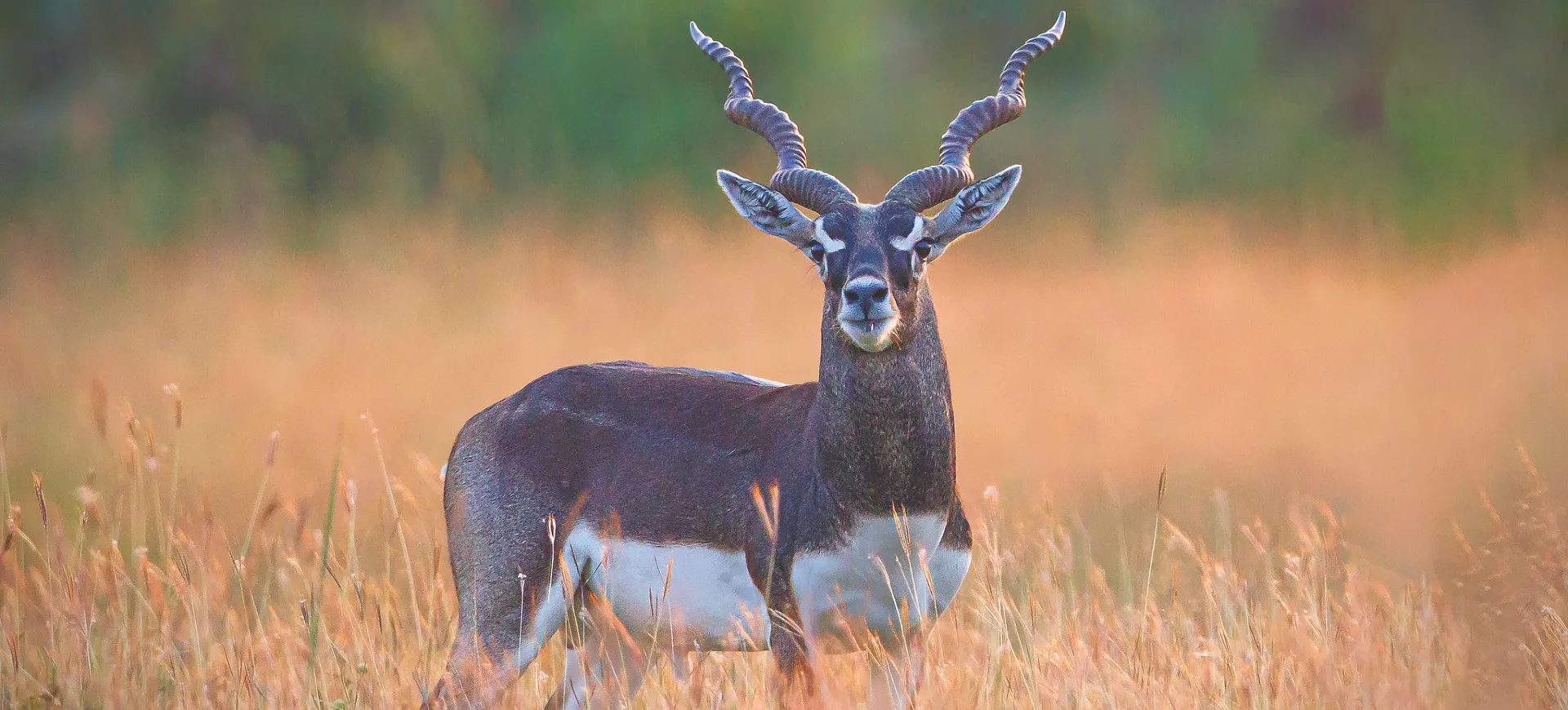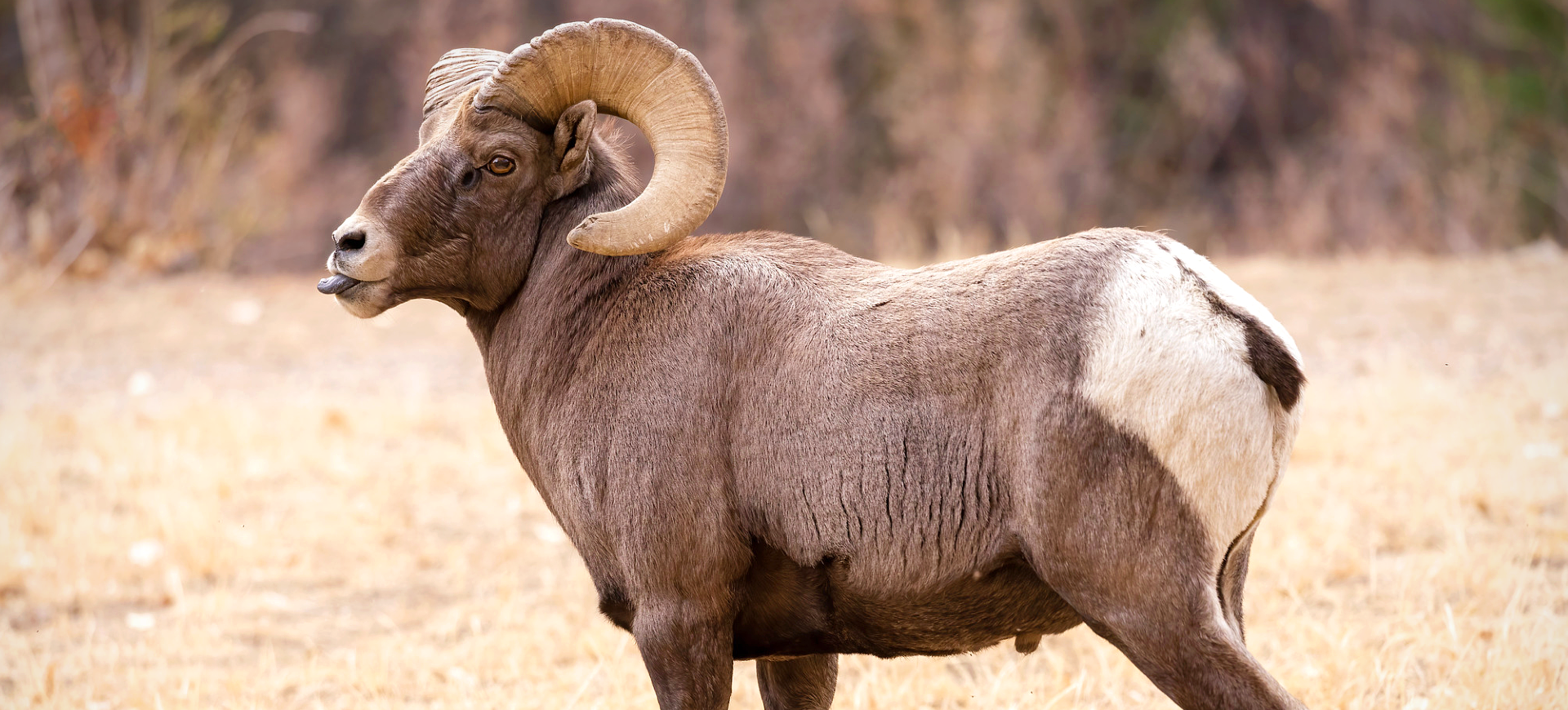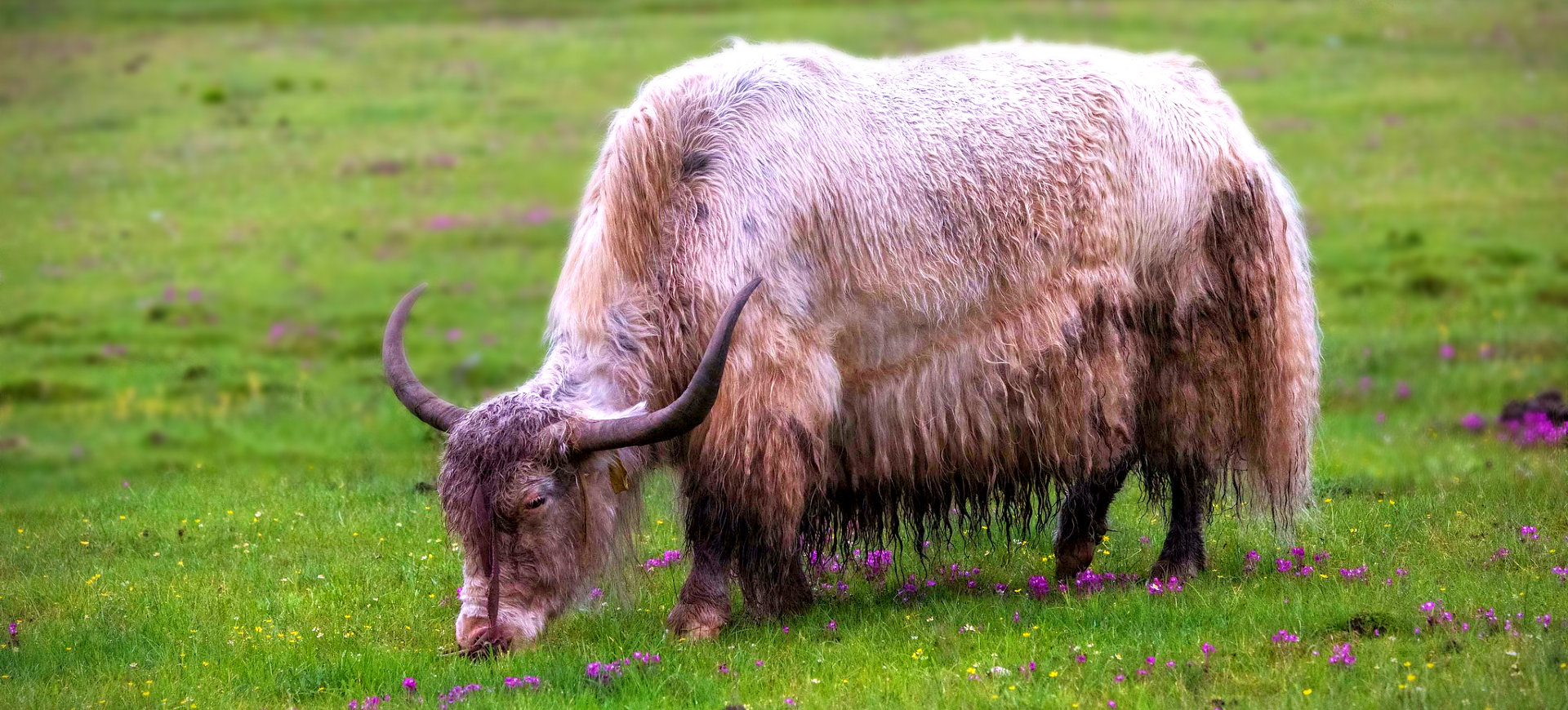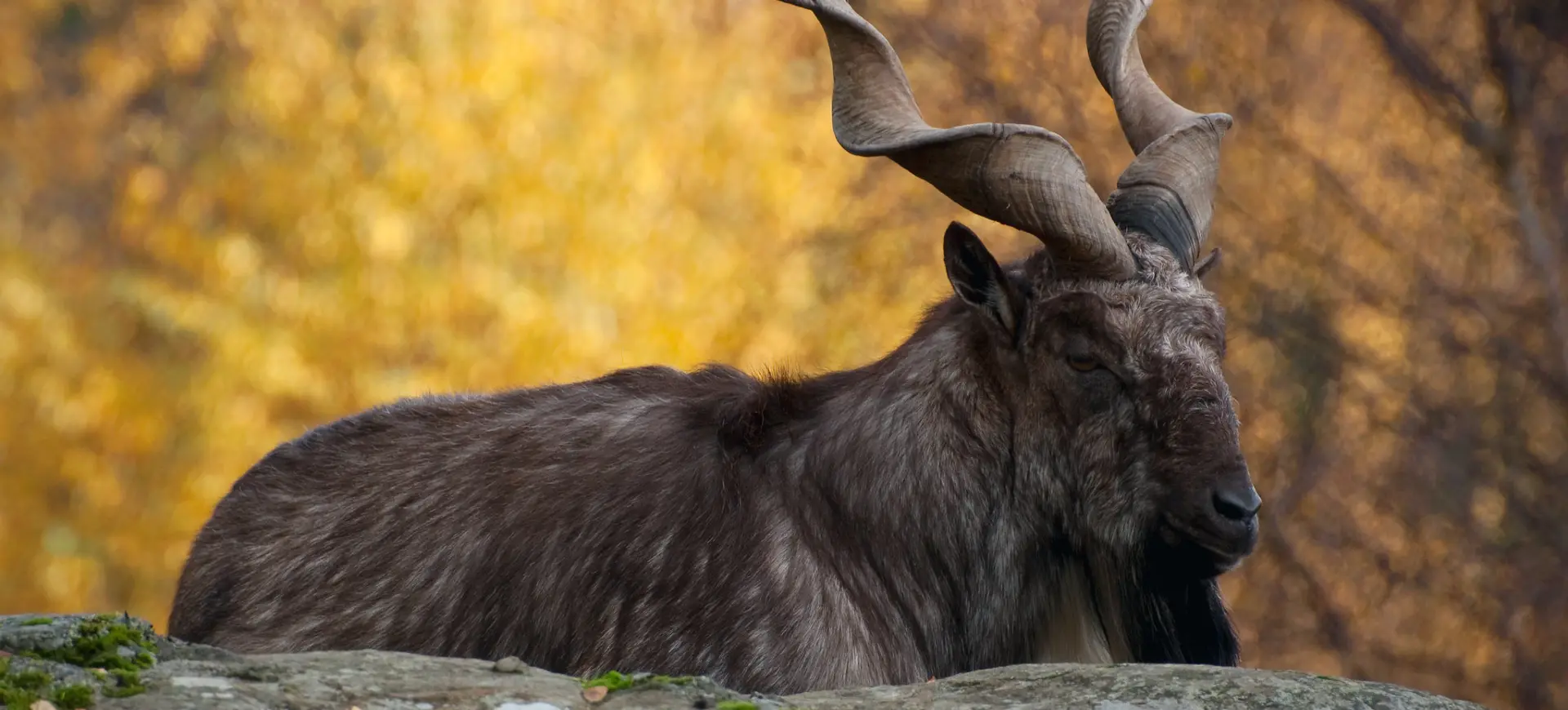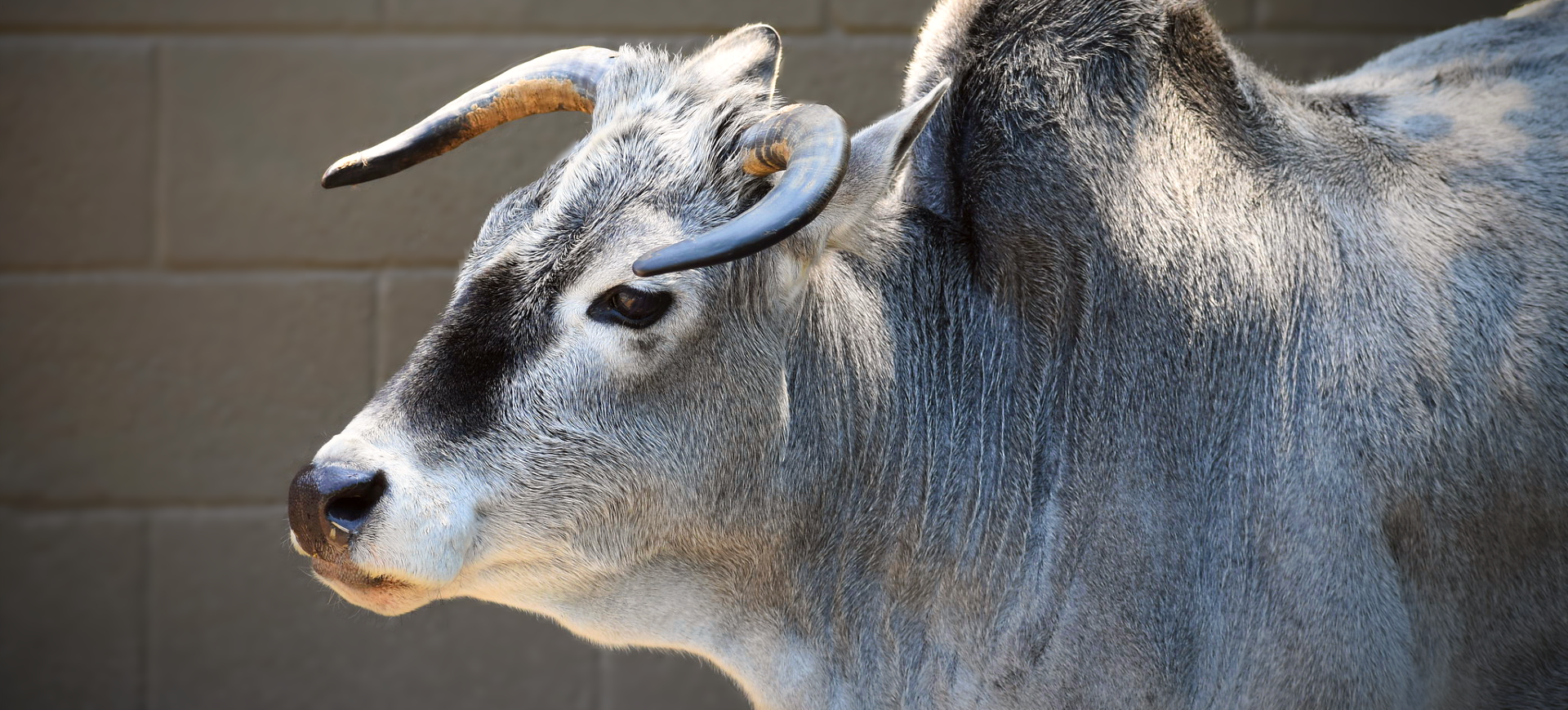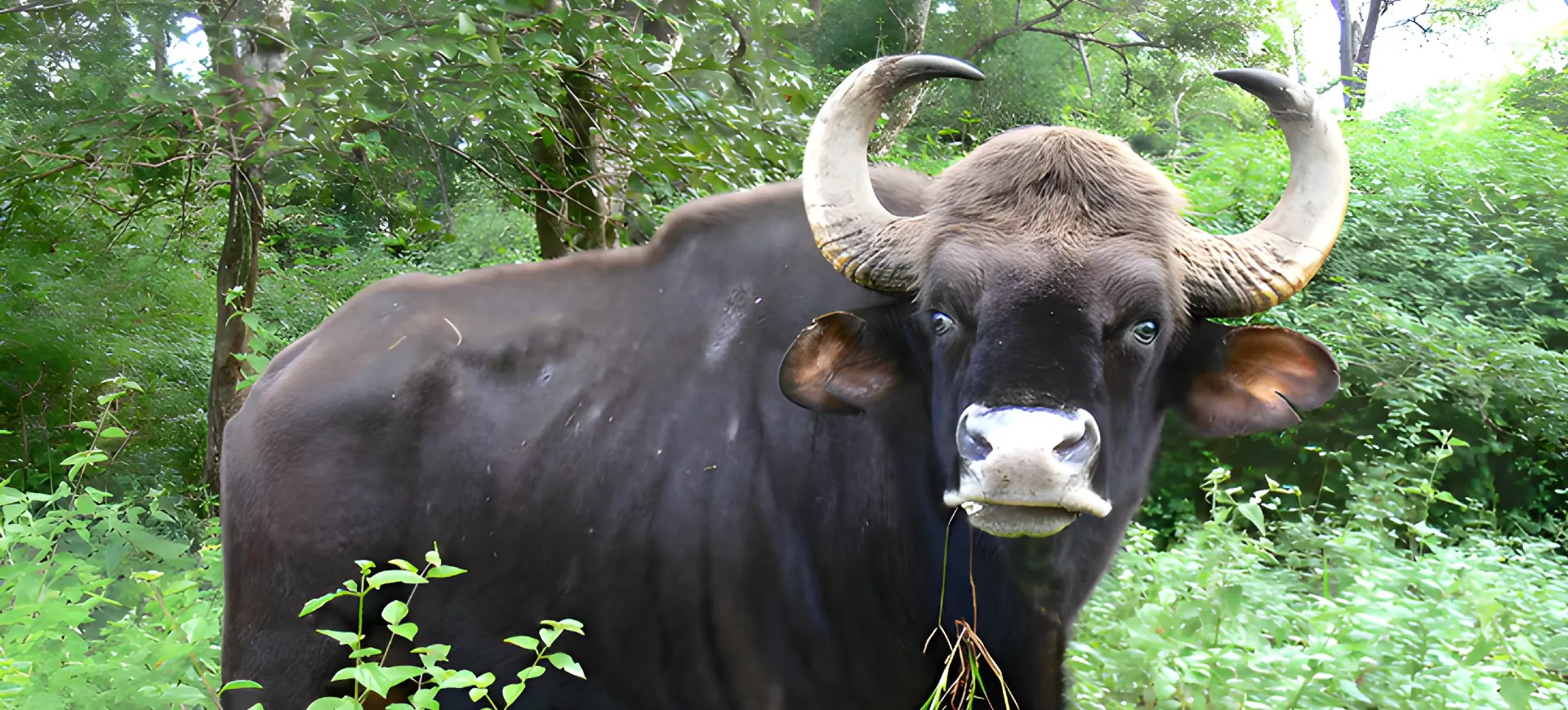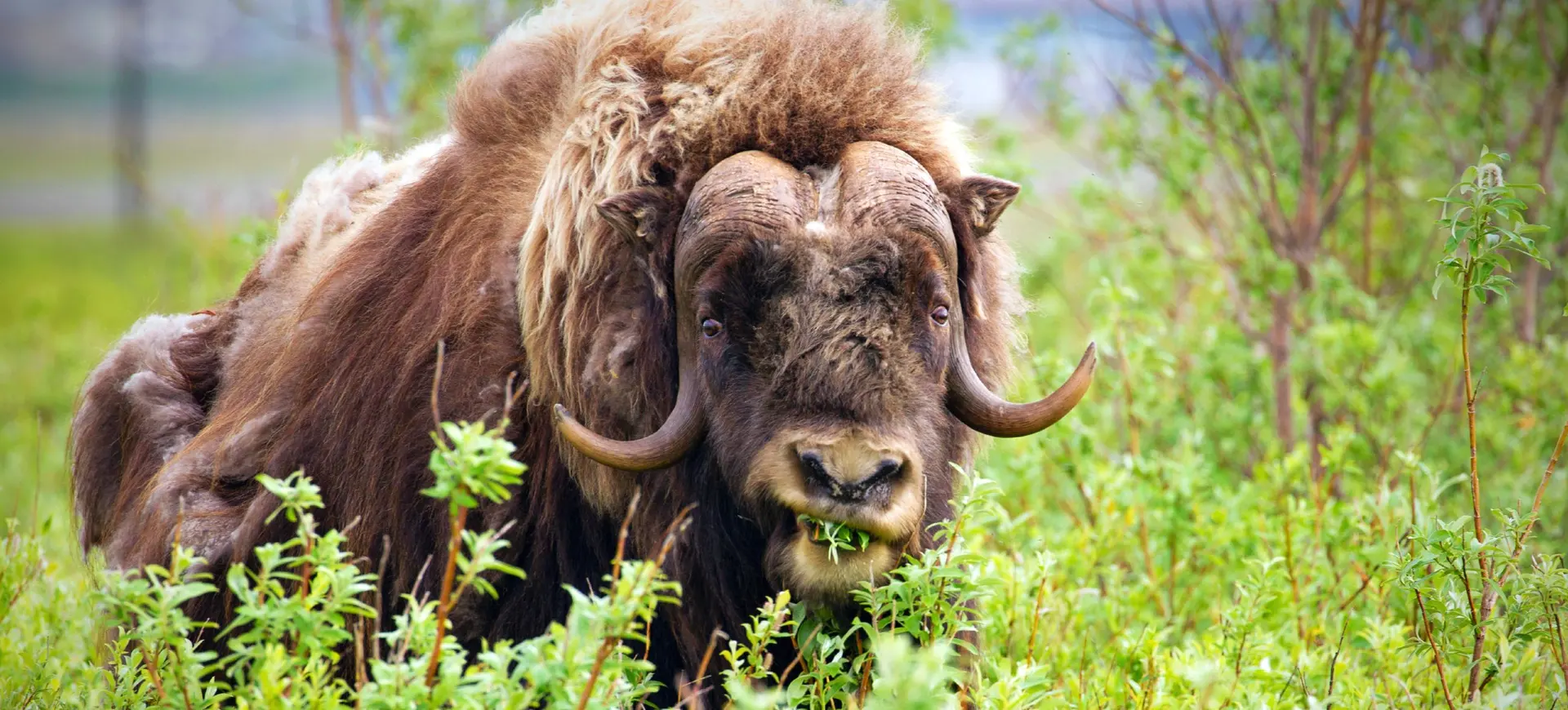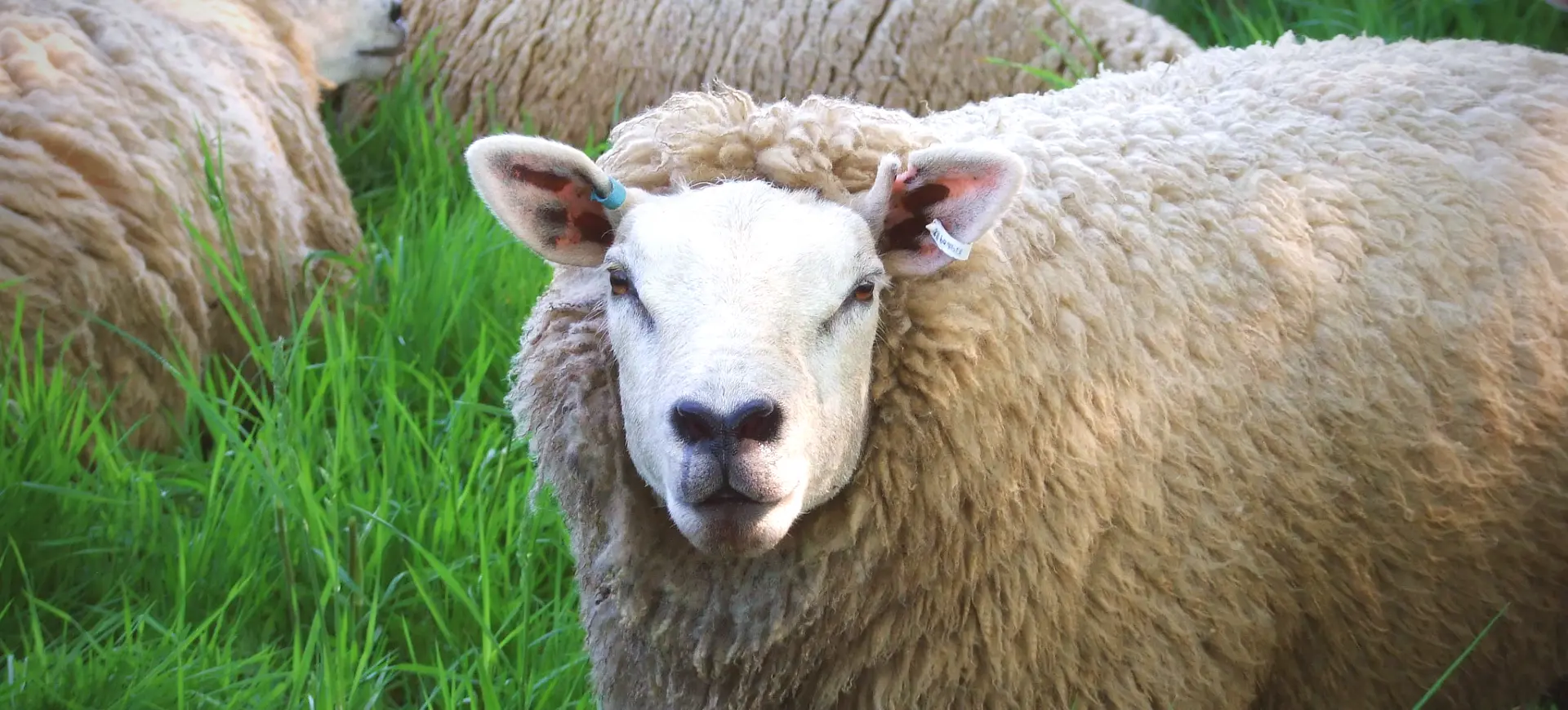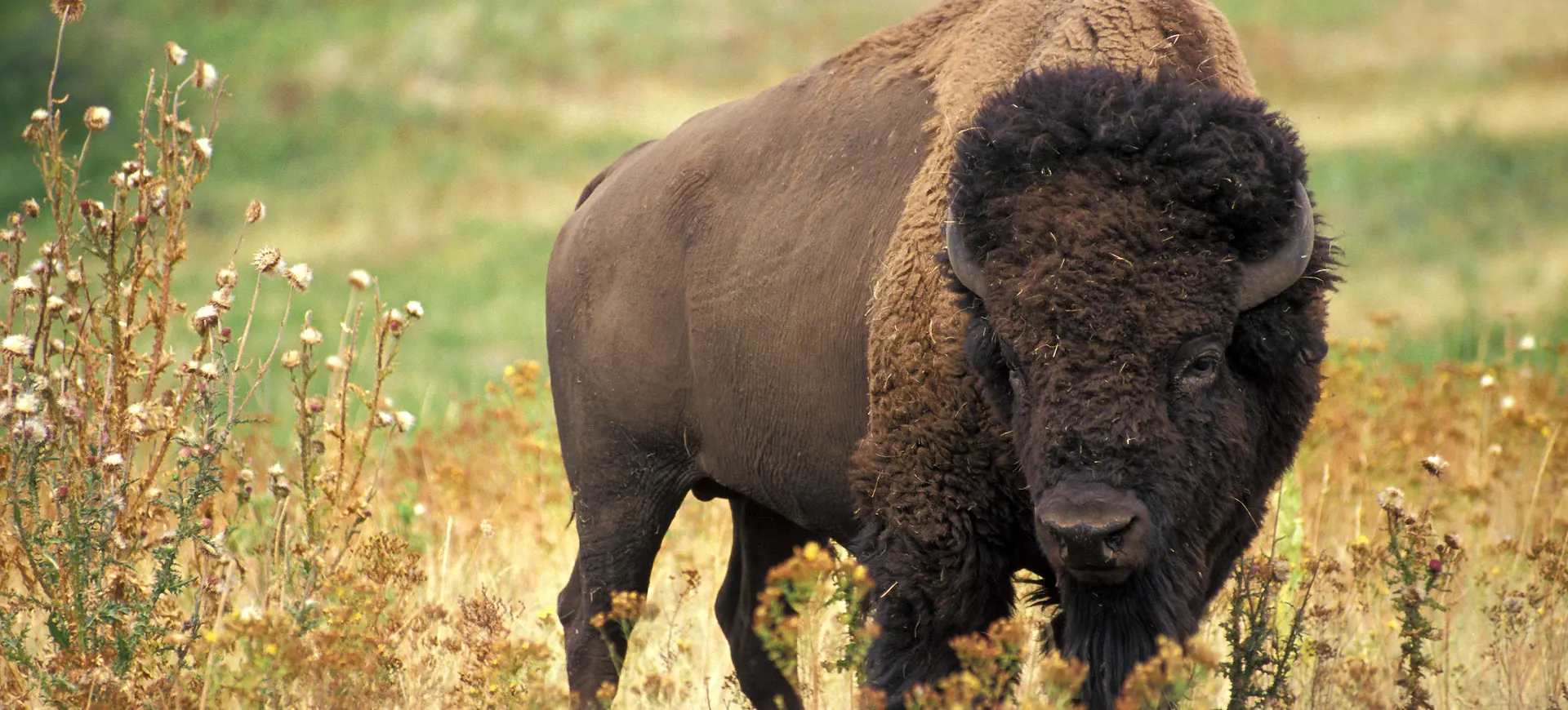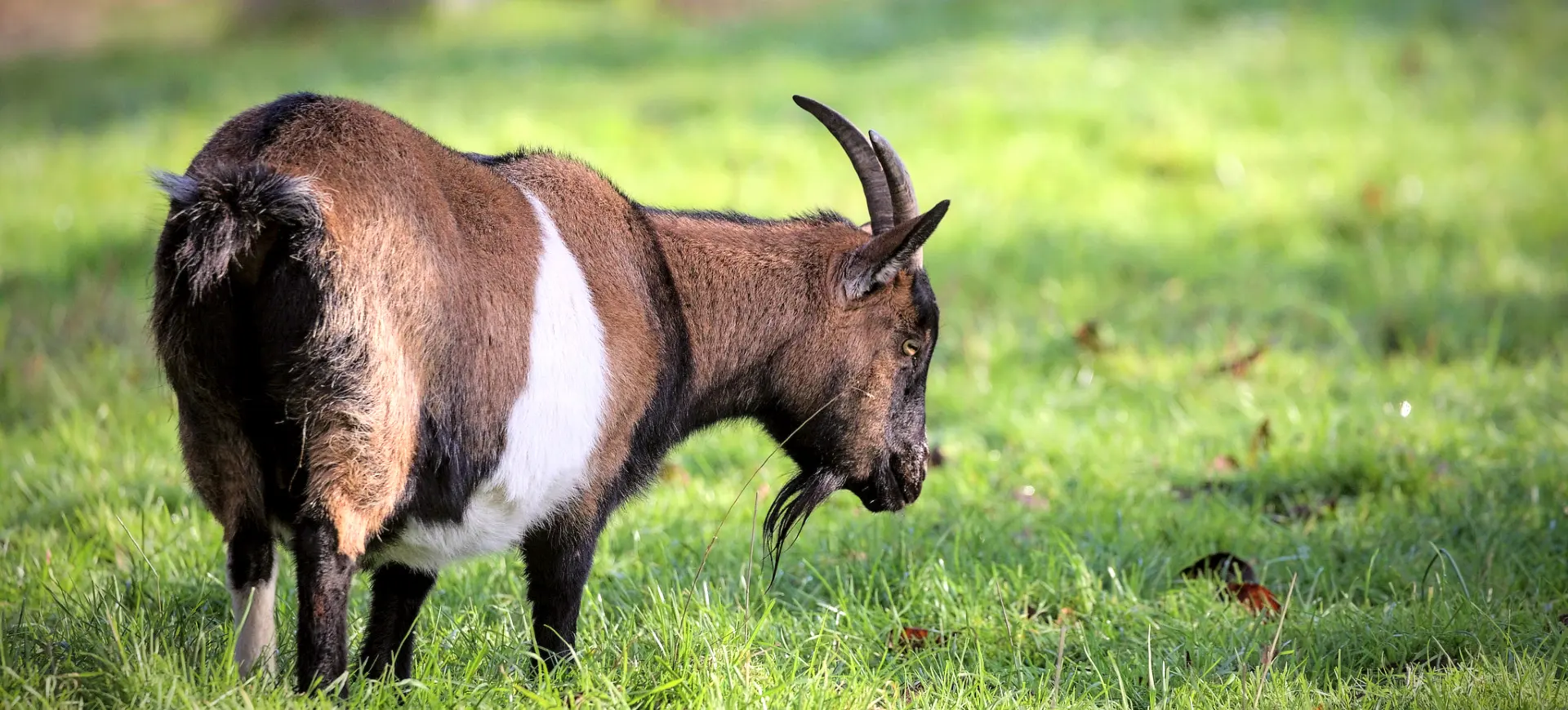Overview
The Scimitar-horned Oryx is a species of oryx that was once widespread across North Africa. This graceful antelope is named for its impressive, forward-arching horns resembling scimitars. Unfortunately, it has been declared Extinct in the Wild, but efforts to reintroduce the species are ongoing.
The species is well-adapted to arid environments, possessing special physiological mechanisms to raise its body temperature and reduce perspiration. Its white coat reflects sunlight, and its broad and flat hooves allow it to walk easily on sand.
Historically, the Scimitar-horned Oryx played an essential role in its ecosystem, contributing to seed dispersal and providing prey for predators. The overhunting and habitat destruction have led to its extinction in its natural habitat, making it an essential focus for conservationists.
Taxonomy
Kingdom
Phylum
Class
Order
Family
Genus
Species
Type
Physical Description:
The Scimitar-horned Oryx is notable for its striking appearance, with long, thin horns reaching up to 4 feet. The body is white with reddish-brown markings on the neck and face and a tufted tail. Both males and females have horns, though males are generally longer and more robust.
The body of the Scimitar-horned Oryx is well-adapted to its desert habitat. Its white coat helps to reflect the sun’s rays, while specialized blood vessels around its nose can cool down the blood going to the brain. These adaptations help the Oryx survive in some of the hottest conditions on Earth.

Lifespan: Wild: ~15 Years || Captivity: ~20 Years

Weight: Male: 310–460 lbs (140–210 kg) || Female: 200–260 lbs (90–120 kg)

Length: Male: 70–78 inches (180–200 cm) || Female: 65–70 inches (165–180 cm)

Height: Male: 45–50 inches (115–125 cm) || Female: 40–45 inches (100–115 cm)

Top Speed: 35 mph (56 km/h)
Characteristic:
Native Habitat:
The Scimitar-horned Oryx historically roamed the arid and semi-arid regions of North Africa. Its range encompassed parts of Egypt, Senegal, Chad, and other countries where it favored grasslands, savannas, and deserts. The animal’s physiological adaptations to heat and drought enabled it to inhabit these harsh environments.
Today, the Scimitar-horned Oryx is considered Extinct in the Wild. However, reintroduction programs in Tunisia and other areas attempt to return this majestic species to its native range. Protection of remaining suitable habitats and management of reintroduced populations are crucial for the Oryx’s future survival.
Climate Zones:
Biomes:
WWF Biomes:
Biogeographical Realms:
Continents:
Countries:
Diet:
Diet & Feeding Habits:
The Scimitar-horned Oryx is a herbivore and primarily grazes on grasses, leaves, fruits, and buds. It can go for extended periods without water, drawing the necessary moisture from the plants it consumes. This ability to withstand dehydration makes it uniquely suited for life in arid regions.
The Oryx’s broad and flat hooves aid in its foraging, as it can traverse sandy and rocky terrains to find food. It typically feeds during the early morning and late afternoon when temperatures are cooler, resting in shaded areas during the day’s heat.
Mating Behavior:
Mating Description:
The Scimitar-horned Oryx mates throughout the year, but peak breeding occurs during the rainy season. Males compete for access to females through displays of dominance and physical combat, using their long horns.
Females give birth to a single calf after a gestation period of about nine months. The young are typically weaned by six months and reach sexual maturity by two years of age. Both males and females care for the young, and there is often cooperative care within the herd.
Reproduction Season:
Birth Type:
Pregnancy Duration:
Female Name:
Male Name:
Baby Name:
Social Structure Description:
The Scimitar-horned Oryx is a social animal, typically forming herds of 20 to 40 individuals. Within the herd, there is a hierarchy with dominant males and females. Males often engage in displays and combat to establish their status.
The herd’s social structure aids in survival, protecting from predators and helping individuals locate food and water. Herd members communicate through visual signals, body postures, and vocalizations. Understanding and preserving the social dynamics of the Oryx is essential for successful reintroduction.
Groups:
Conservation Status:
Population Trend:
The Scimitar-horned Oryx’s wild population is currently extinct, with the remaining individuals found in zoos, private collections, and managed breeding programs. These captive populations form the basis for ongoing reintroduction efforts to restore the species to its native range.
Reintroduction is complex and requires careful planning, monitoring, and management. The selected release sites must offer suitable habitats, protection from poaching, and support from local communities. Successful reintroduction of the Scimitar-horned Oryx would mark a significant achievement in conservation and provide hope for other species facing extinction.
Population Threats:
The extinction of the Scimitar-horned Oryx in the wild was driven primarily by overhunting and habitat destruction. Unregulated hunting for trophies, meat, and traditional medicine led to a rapid decline in numbers. Additionally, land conversion for agriculture and other human activities fragmented and degraded the Oryx’s habitat.
Climate change further threatens the species, altering the arid ecosystems that the Oryx relies upon. Addressing these threats requires international cooperation, enforcement of hunting regulations, and integrated land management to preserve the remaining suitable habitat.
Conservation Efforts:
Conservation efforts for the Scimitar-horned Oryx are focused on captive breeding and reintroduction. Zoos and private collections worldwide are cooperating to maintain genetically diverse populations that can be used for future releases.
Reintroduction programs in Tunisia, Morocco, and other countries are at various planning and implementation stages. These programs involve close collaboration between governments, NGOs, scientists, and local communities. Ongoing support and commitment are needed to overcome the challenges of reintroducing a species that has been extinct in the wild for several decades.
Additional Resources:
Fun Facts
- The Scimitar-horned Oryx can raise its body temperature to avoid perspiration, conserving water.
- Its horns can grow up to 4 feet (1.2 meters) long.
- The Oryx can survive without water for several weeks by utilizing moisture from food.
- It was considered a symbol of purity and grace by the ancient Egyptians.
- Successful reintroduction would mark one of the first times an Extinct Wild species has been returned to its native habitat.
- The species plays a critical role in its ecosystem, including seed dispersal.
- Oryx herds are led by a dominant female, the “lead cow.”
- The Scimitar-horned Oryx’s name derives from its horns, which resemble the Scimitar sword.
- Young Oryx are vulnerable to predators like lions and hyenas but are protected by the herd.
- The species was declared Extinct in the Wild in 2000, but conservationists have not given up on its recovery.







